The 2020 Aston Martin DBX is a midsize SUV that the British company unveiled in 2019. The first SUV to wear an Aston Martin badge, the DBX rides on an exclusive platform, but shares powertrain elements with the company's sports cars. Powered by the same 4.0-liter V-8 found in the DB11 and the Vantage, the DBX boasts 542 horsepower, which turns it into a competitor for the Bentley Bentayga and the Lamborghini Urus. Likewise, the DBX sports a luxurious interior and is available with a wide range of options. Priced just below the $200,000 mark, the DBX is one of the most affordable Aston Martins available on the market. Let's find out more about this SUV in the detailed review below.
2020 Aston Martin DBX
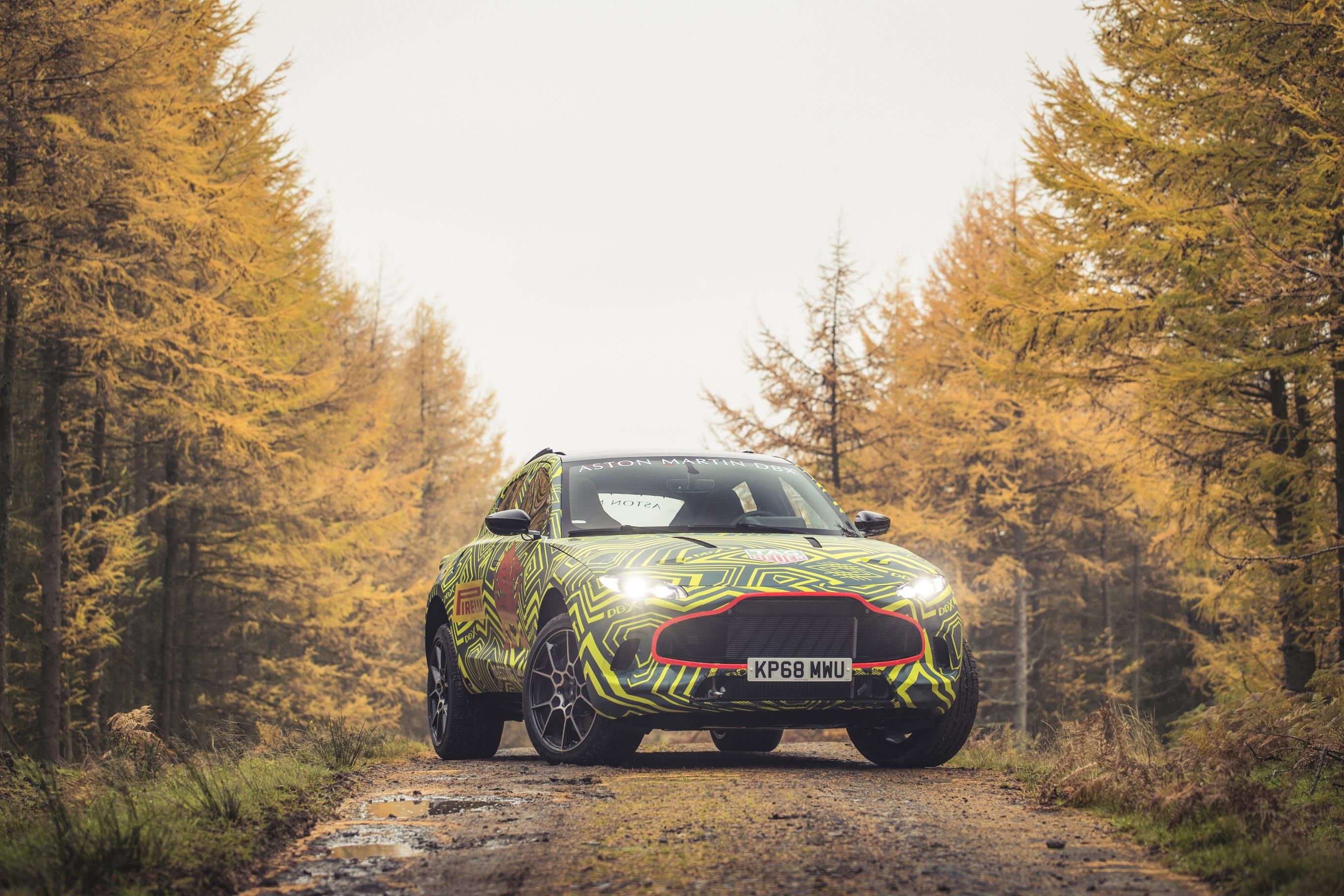

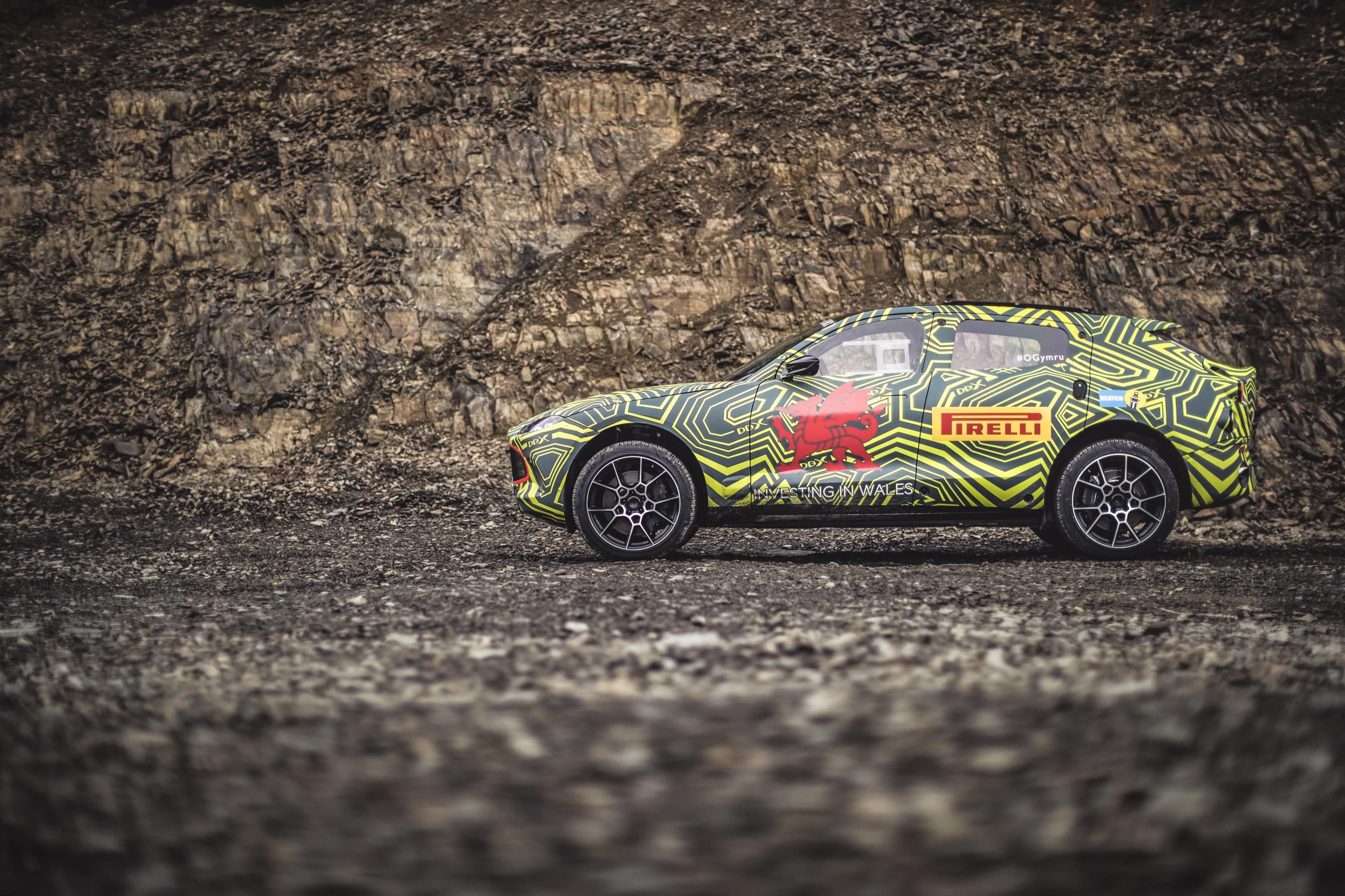
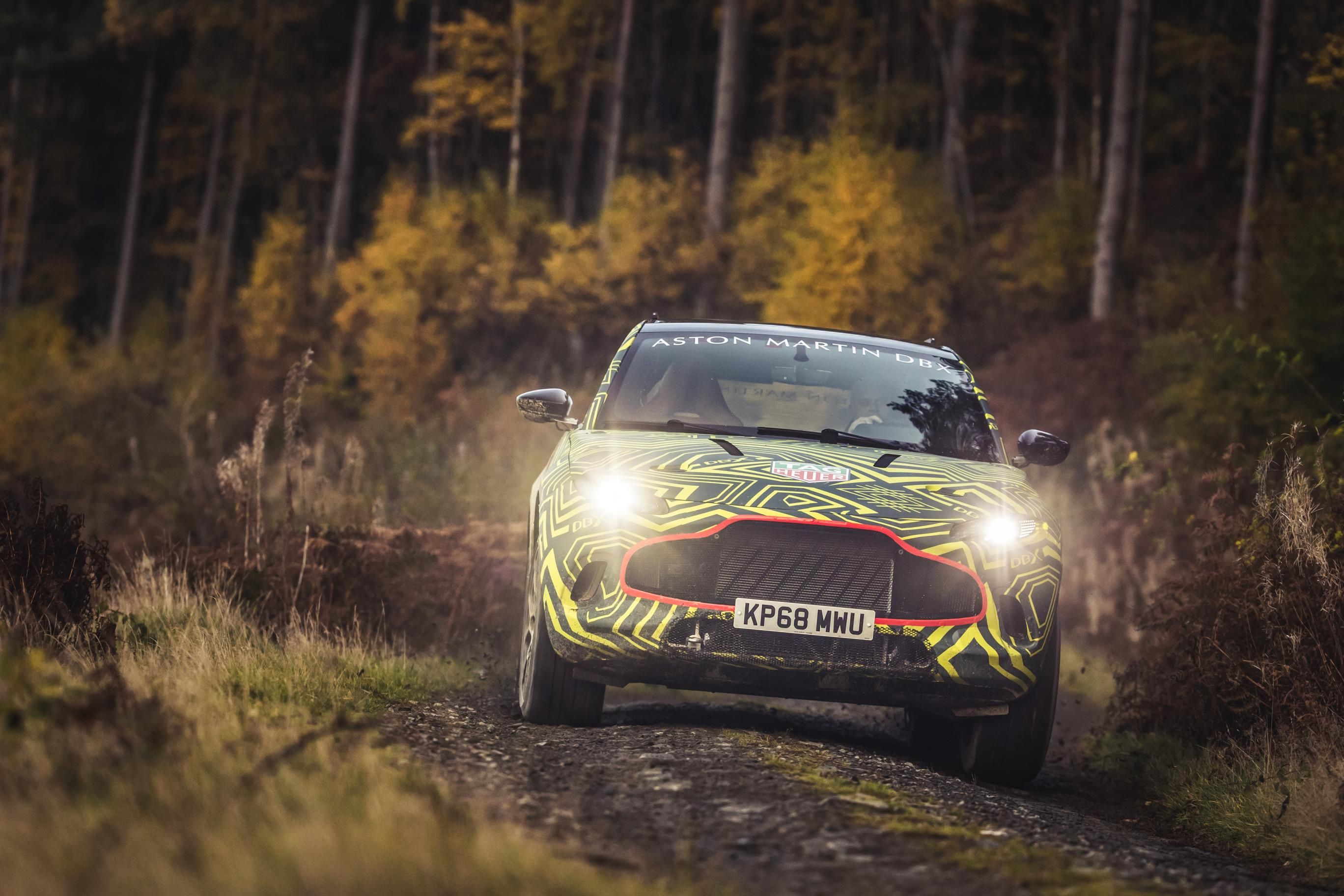
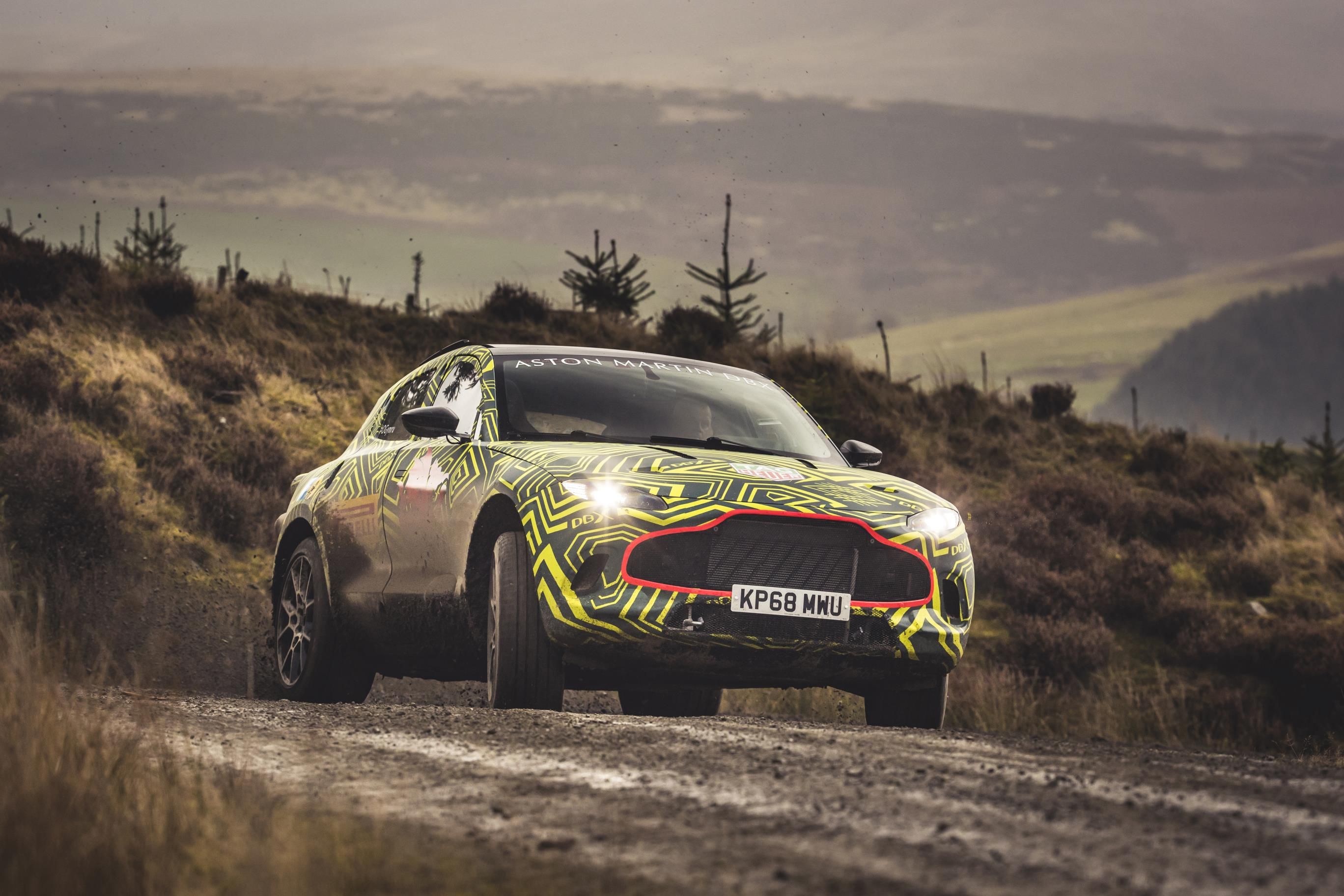
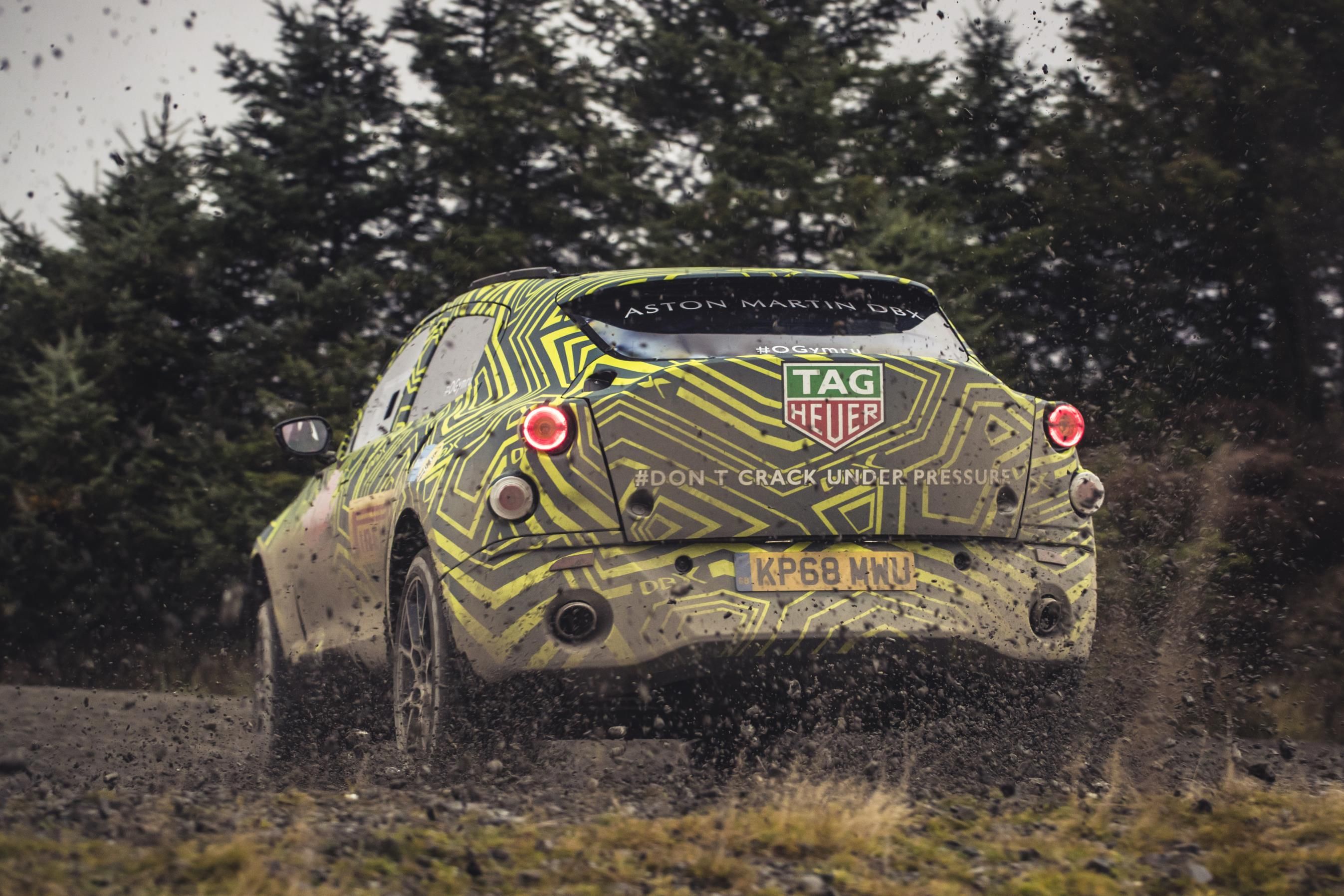
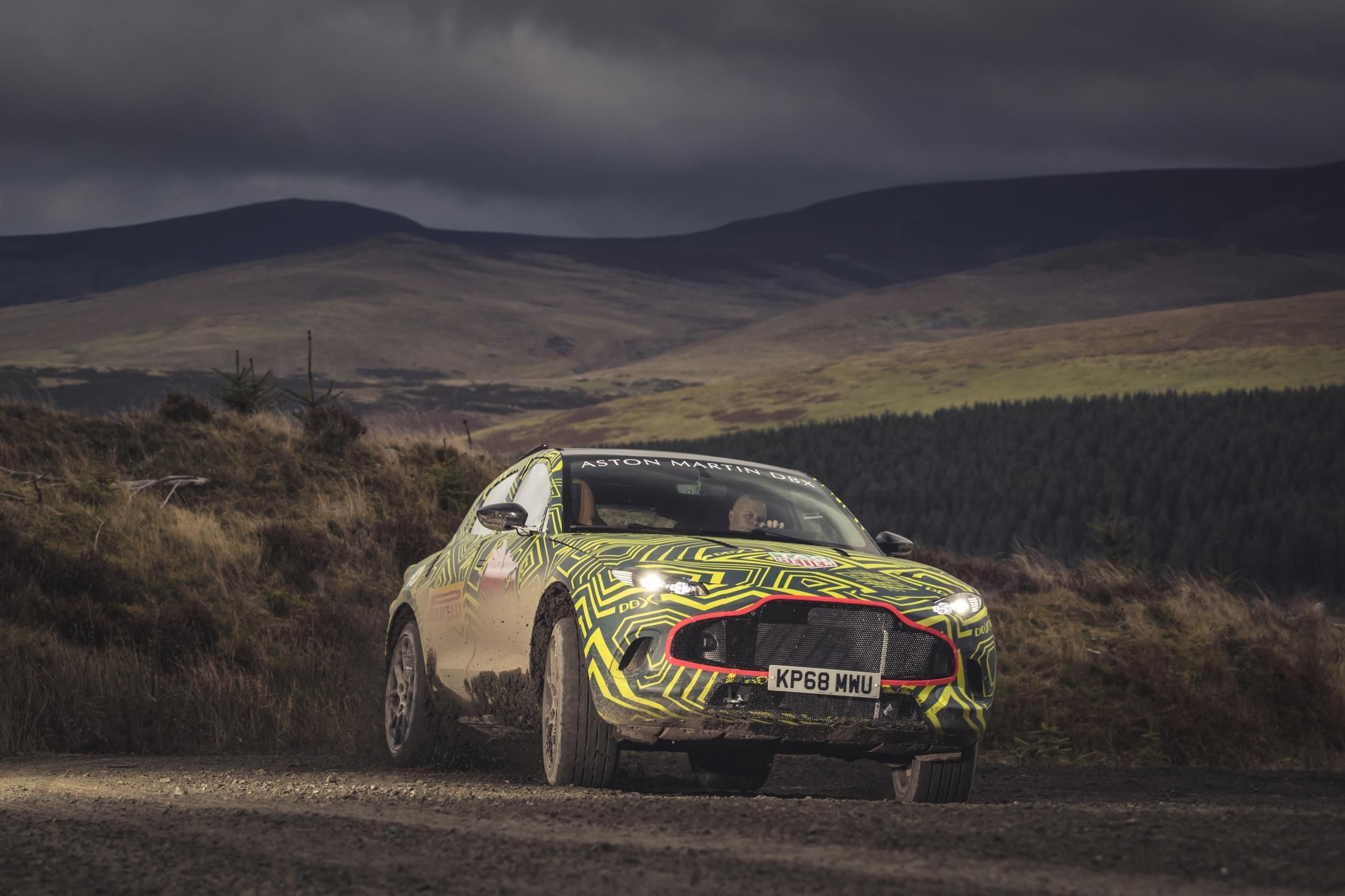
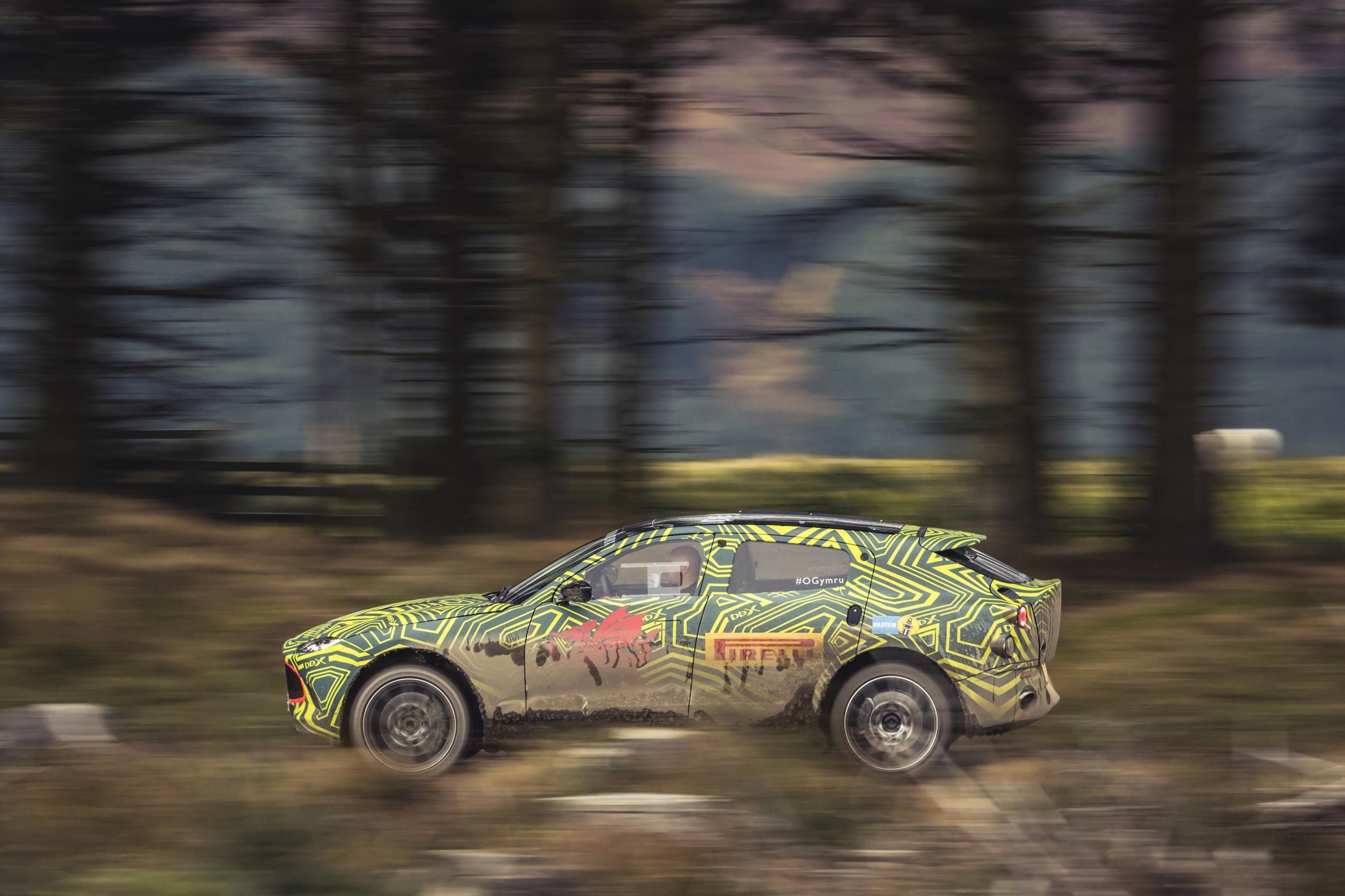
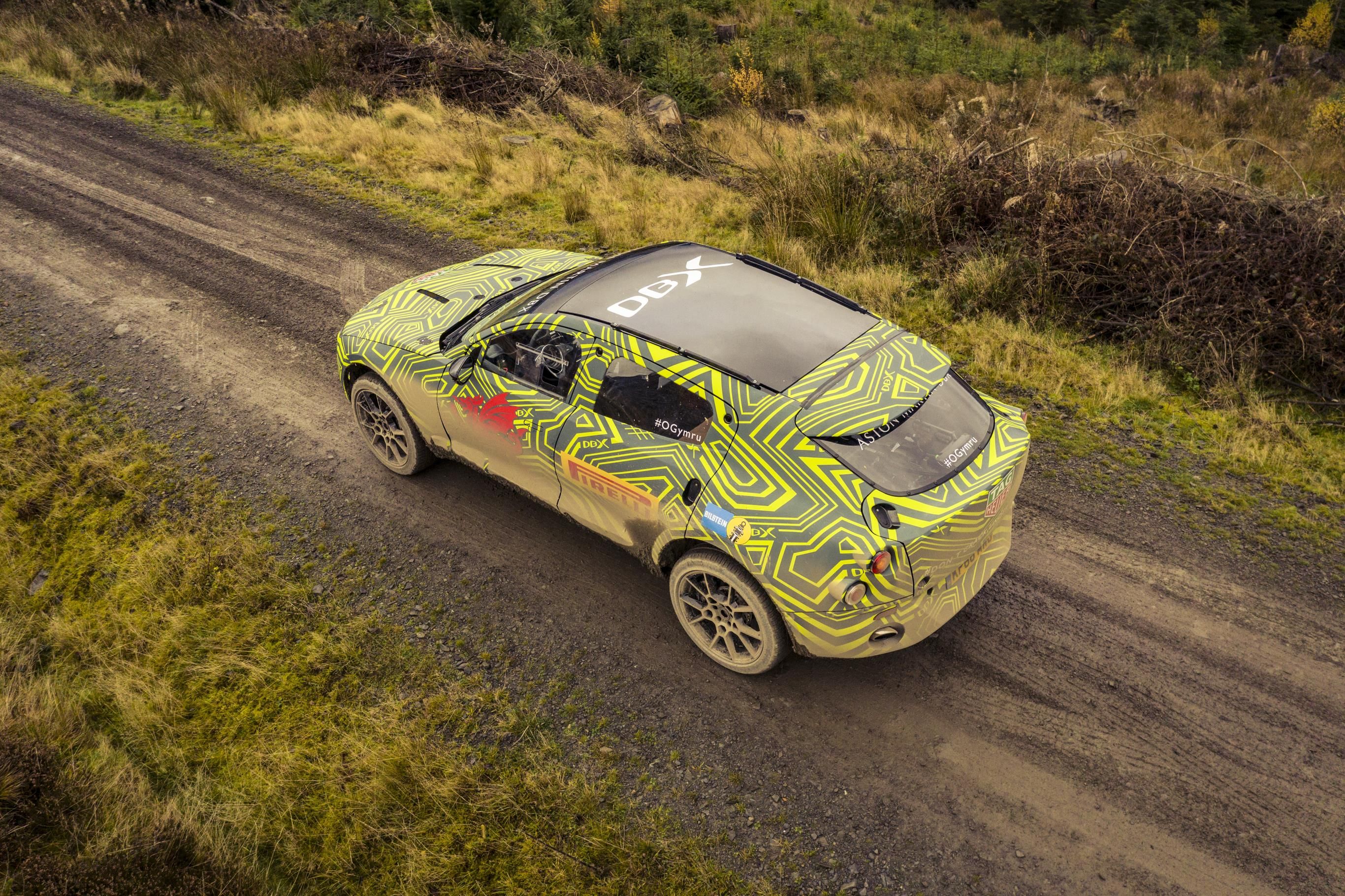
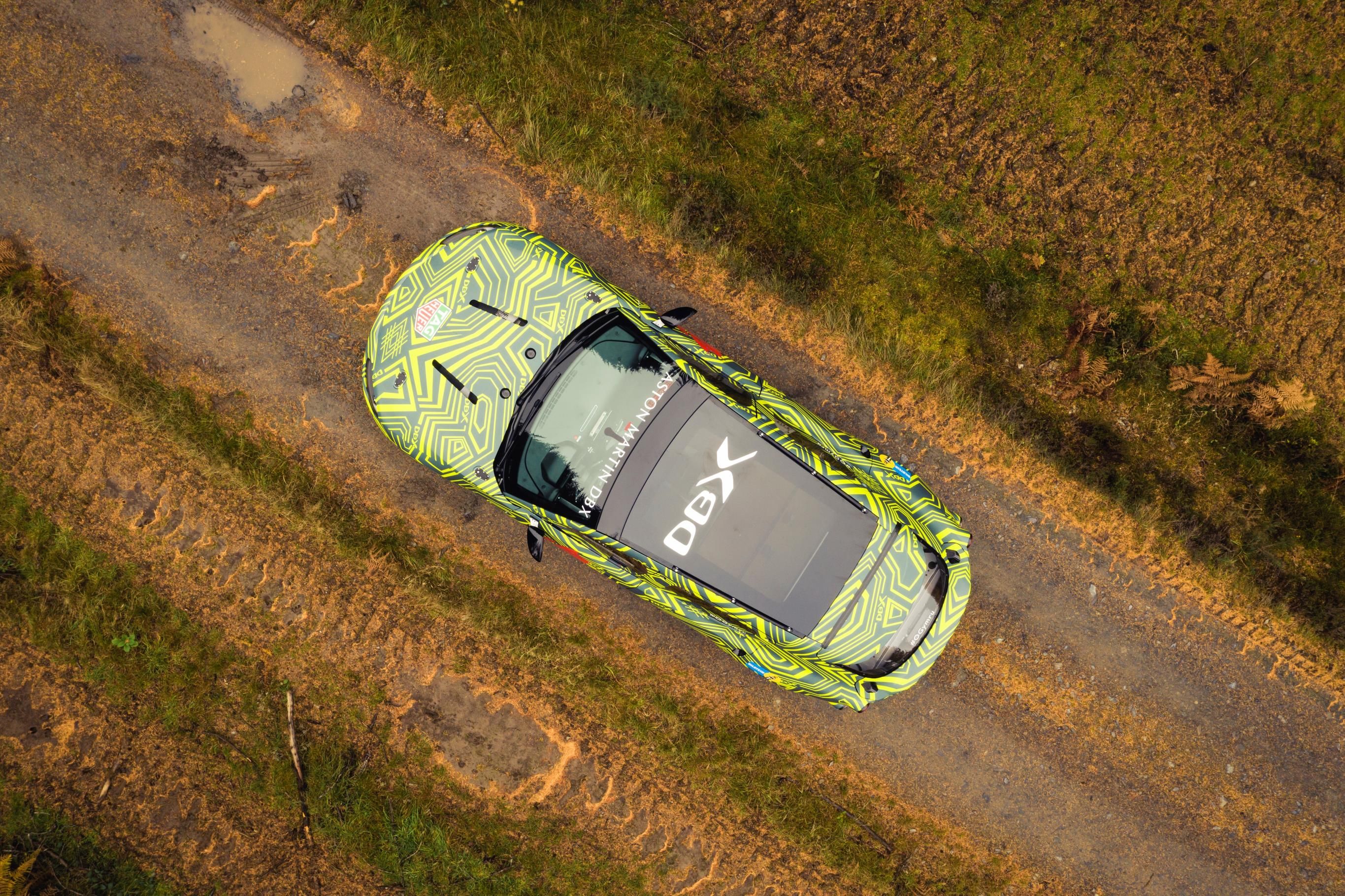


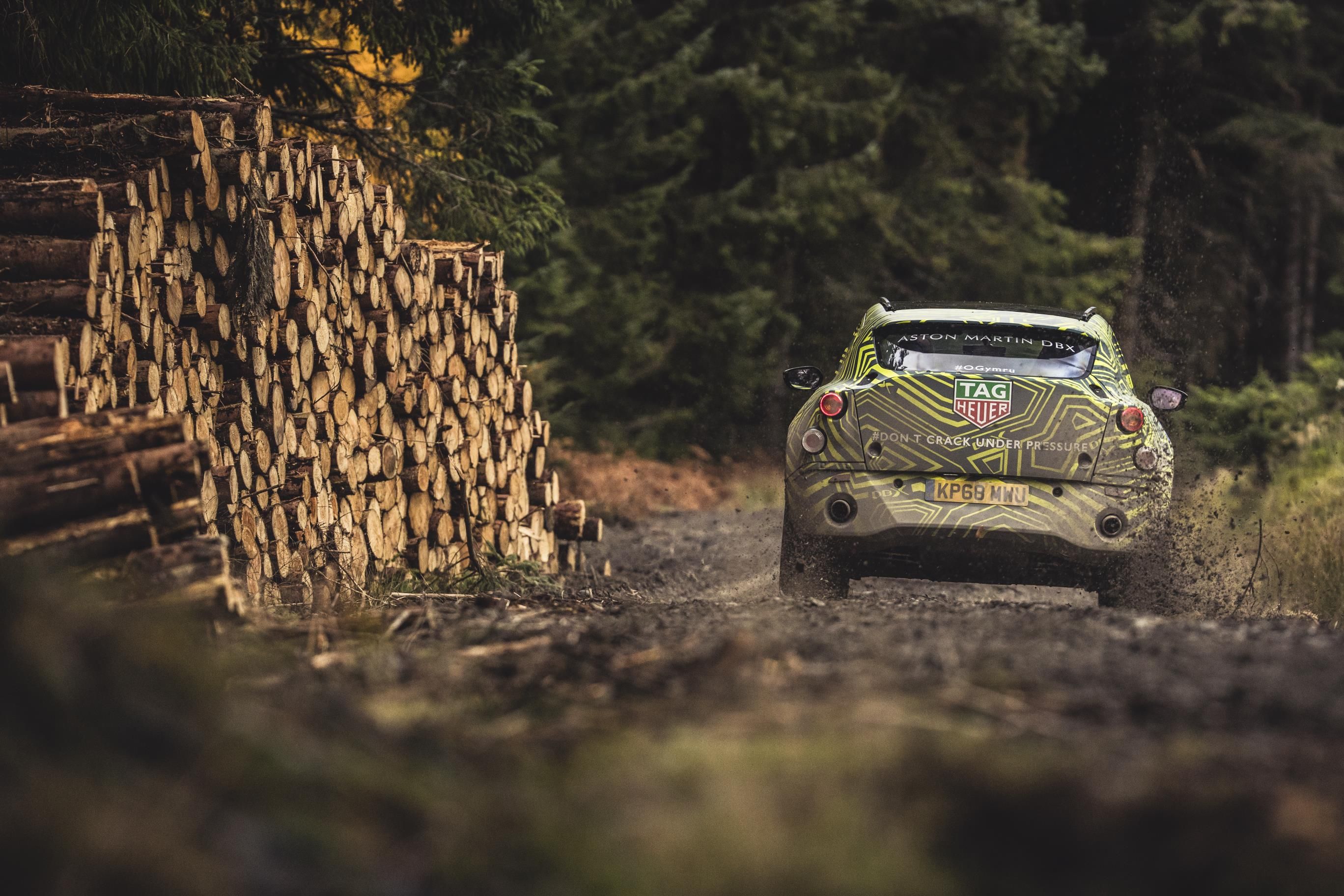
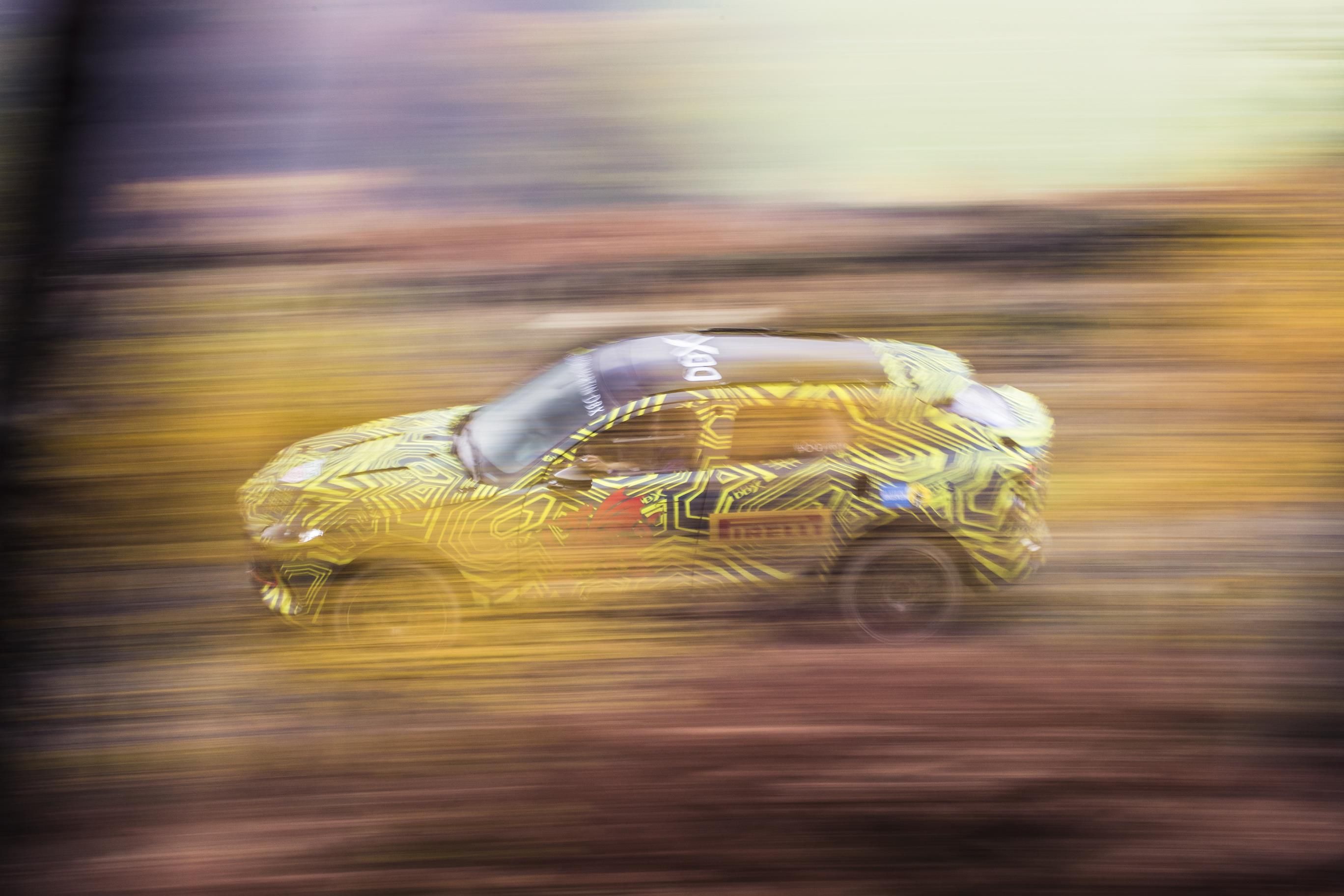
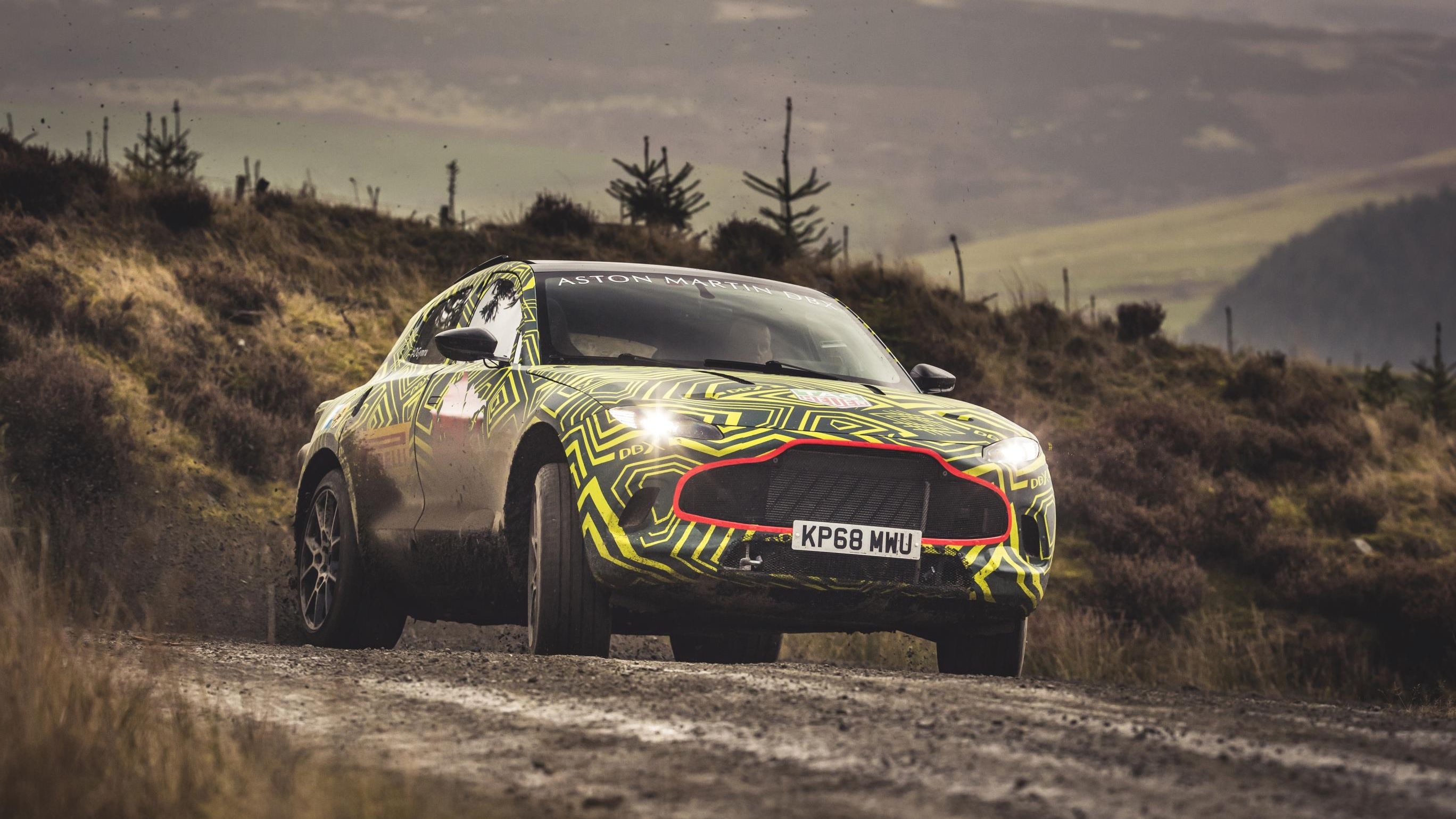
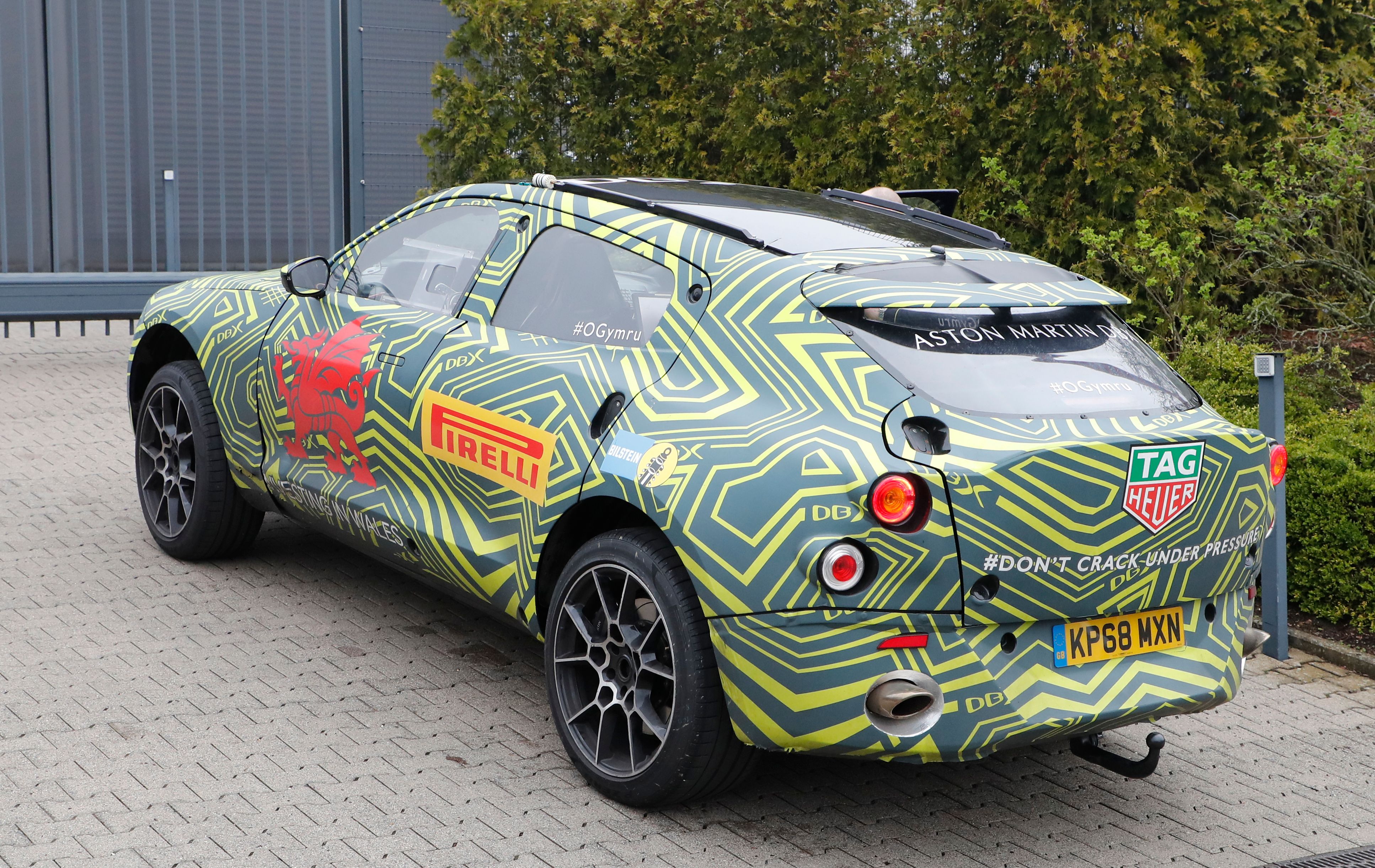

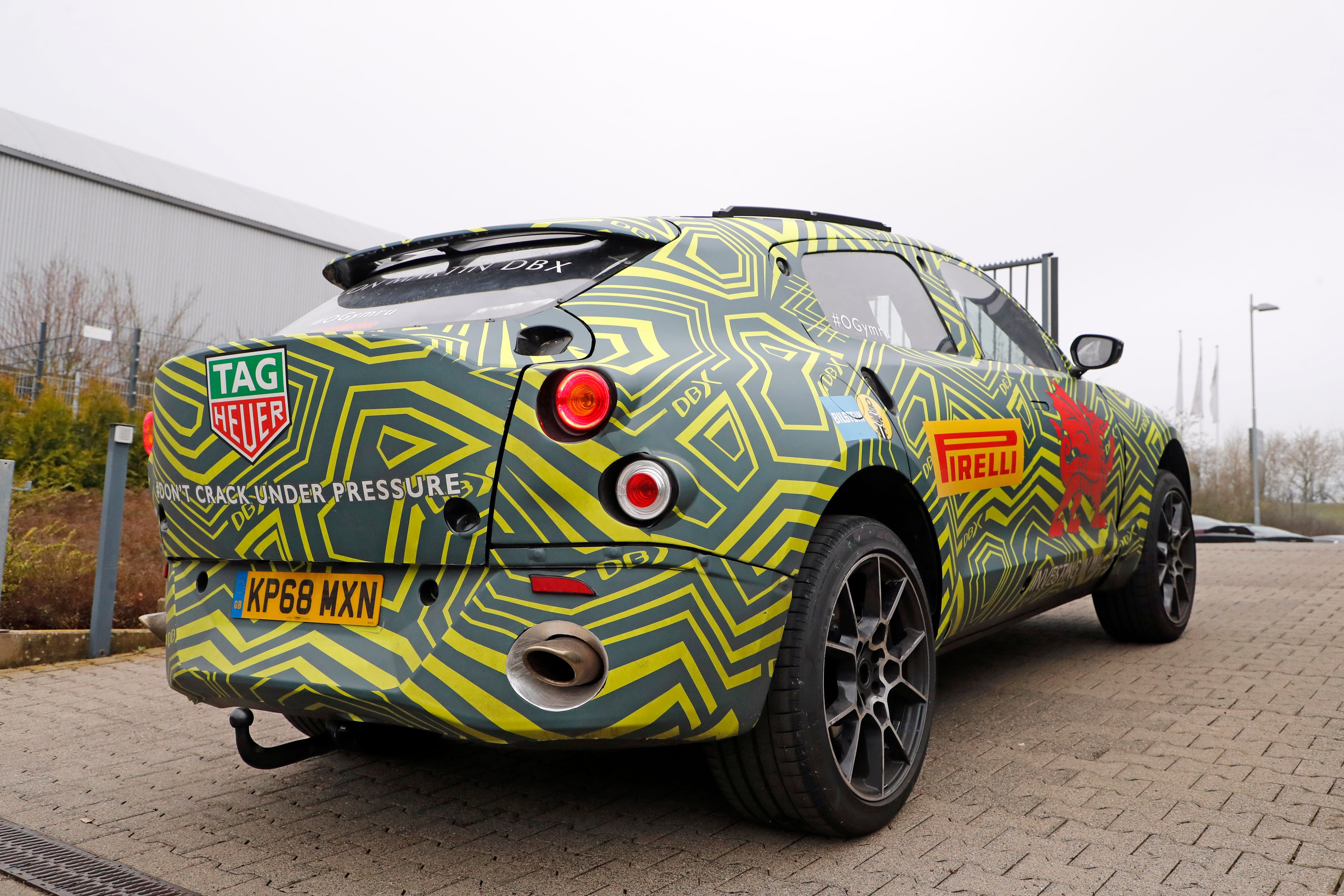
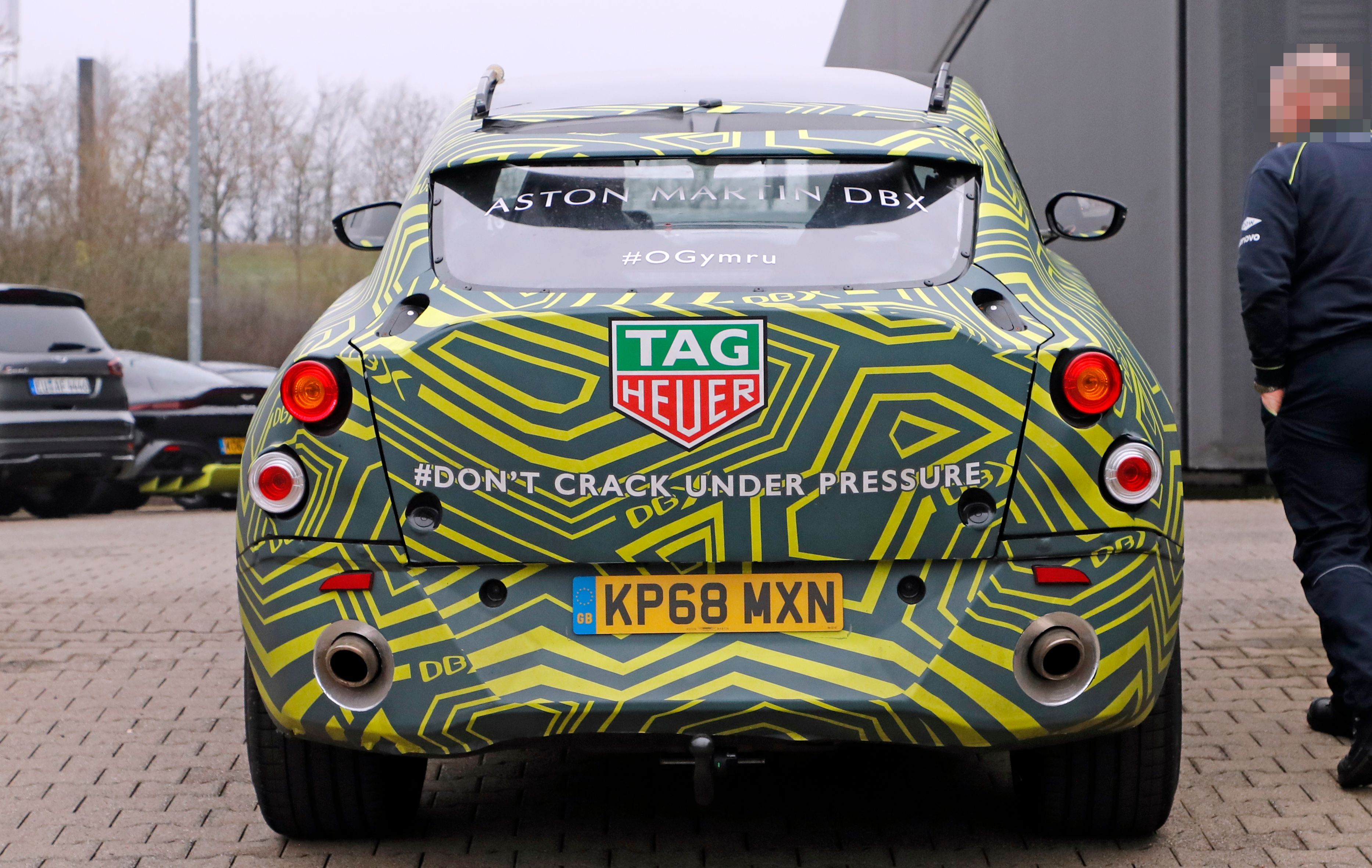
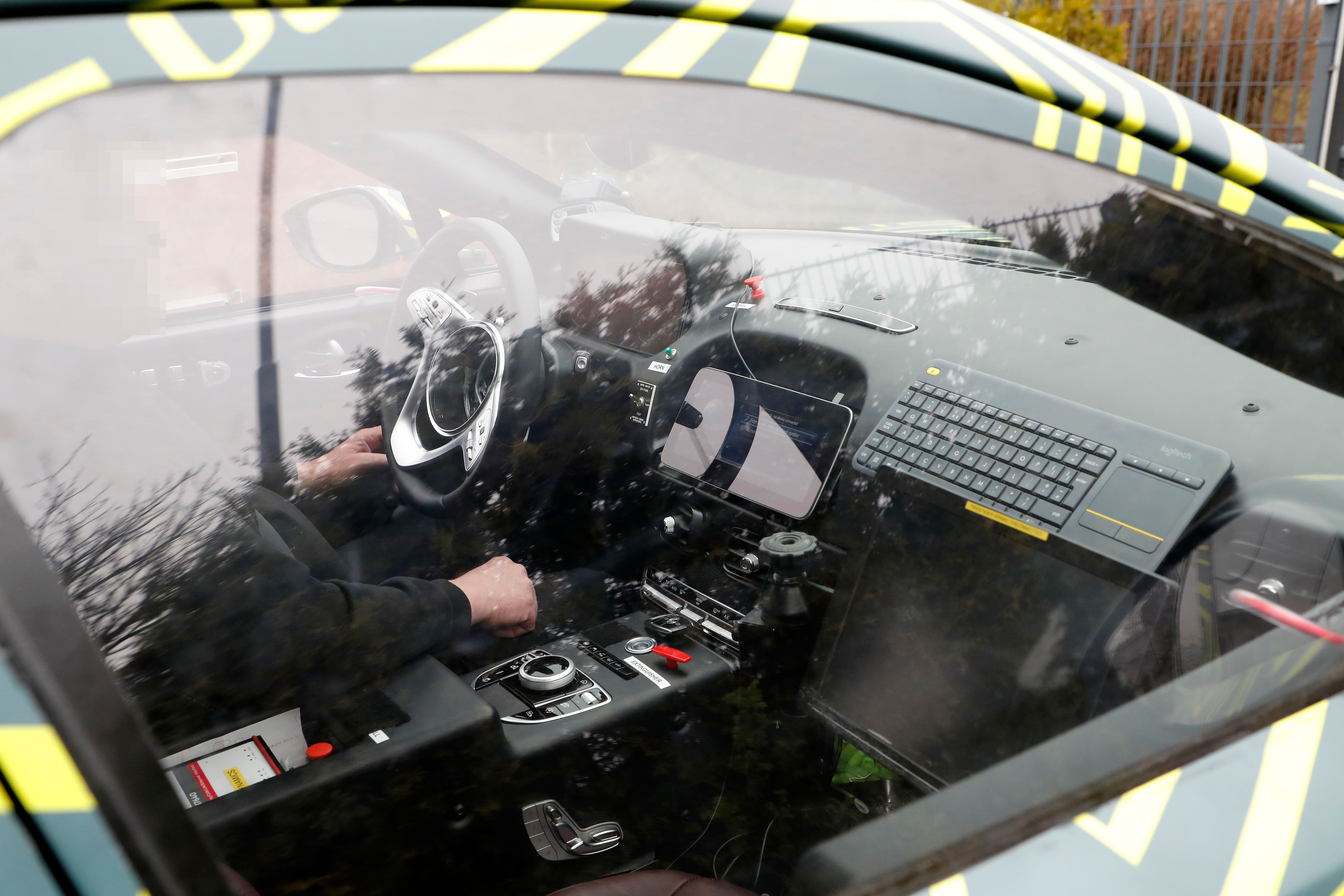
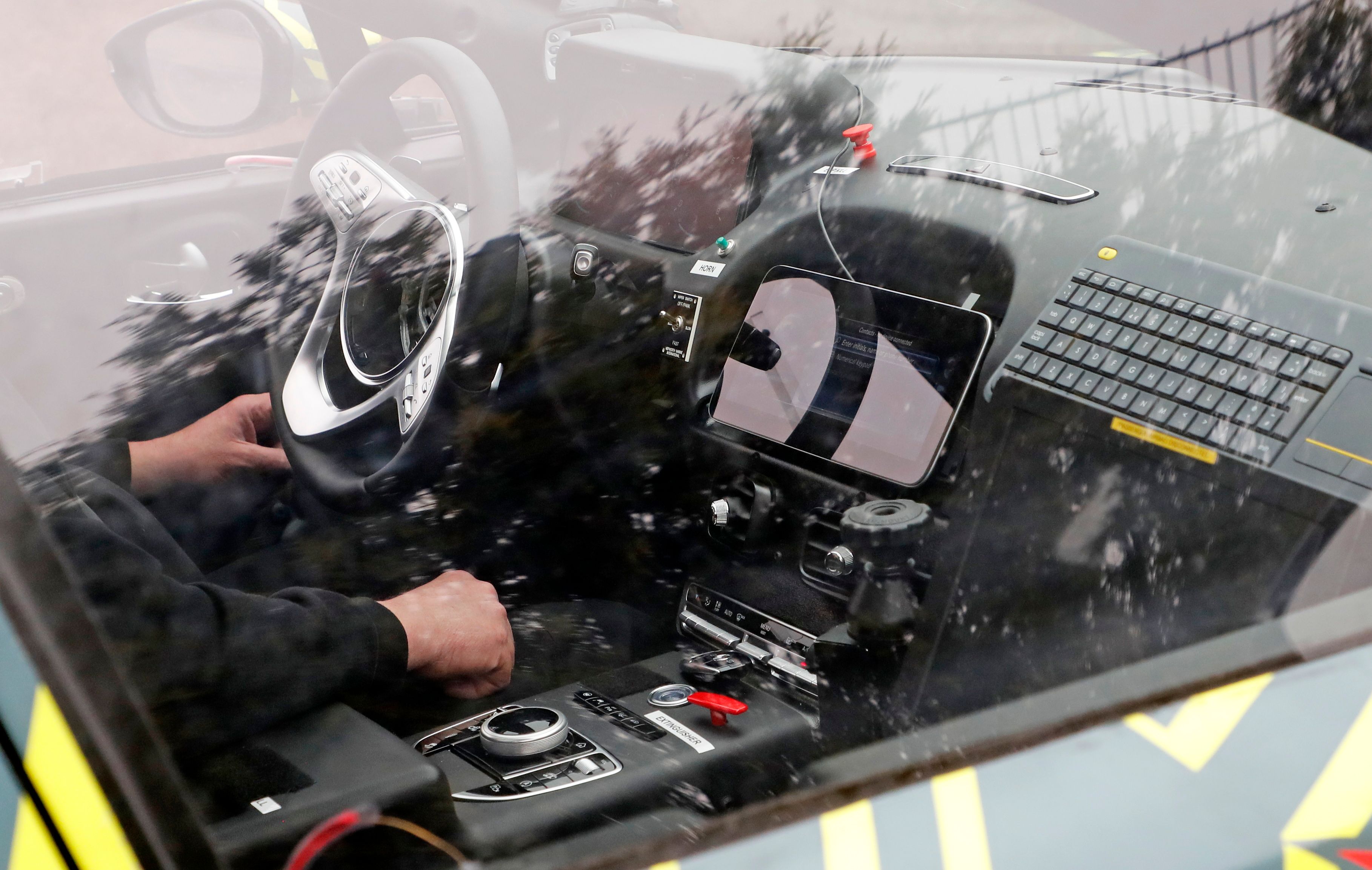
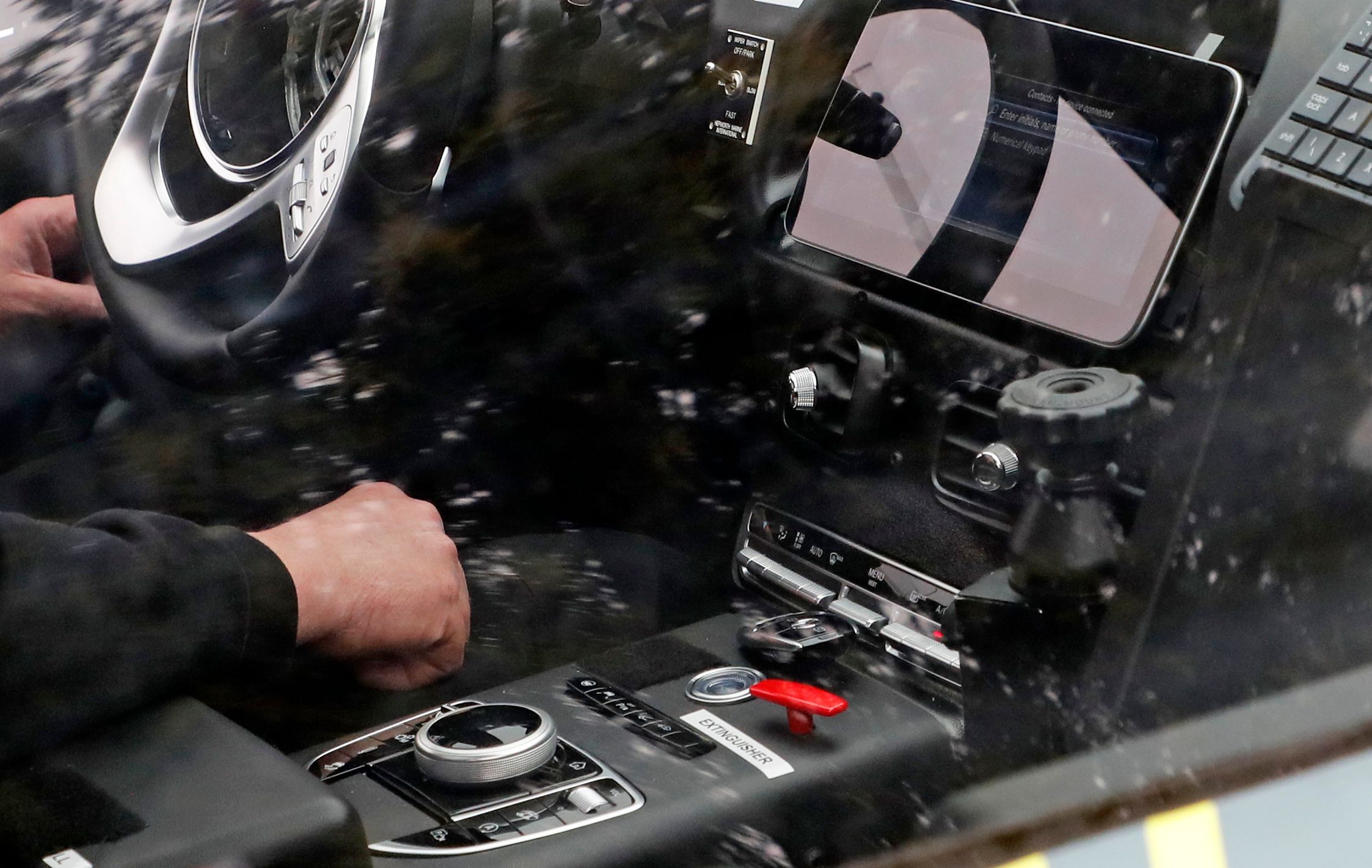
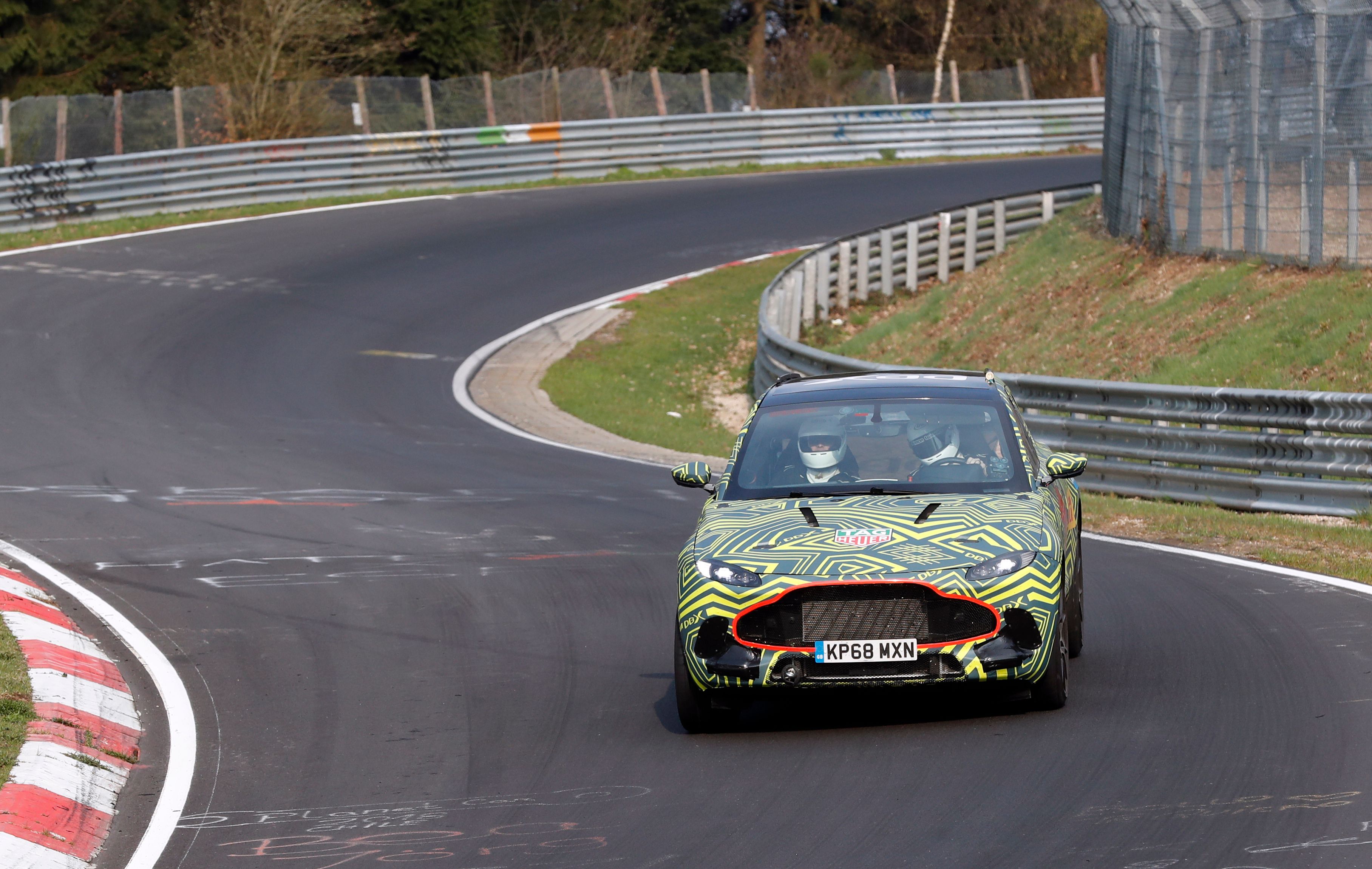
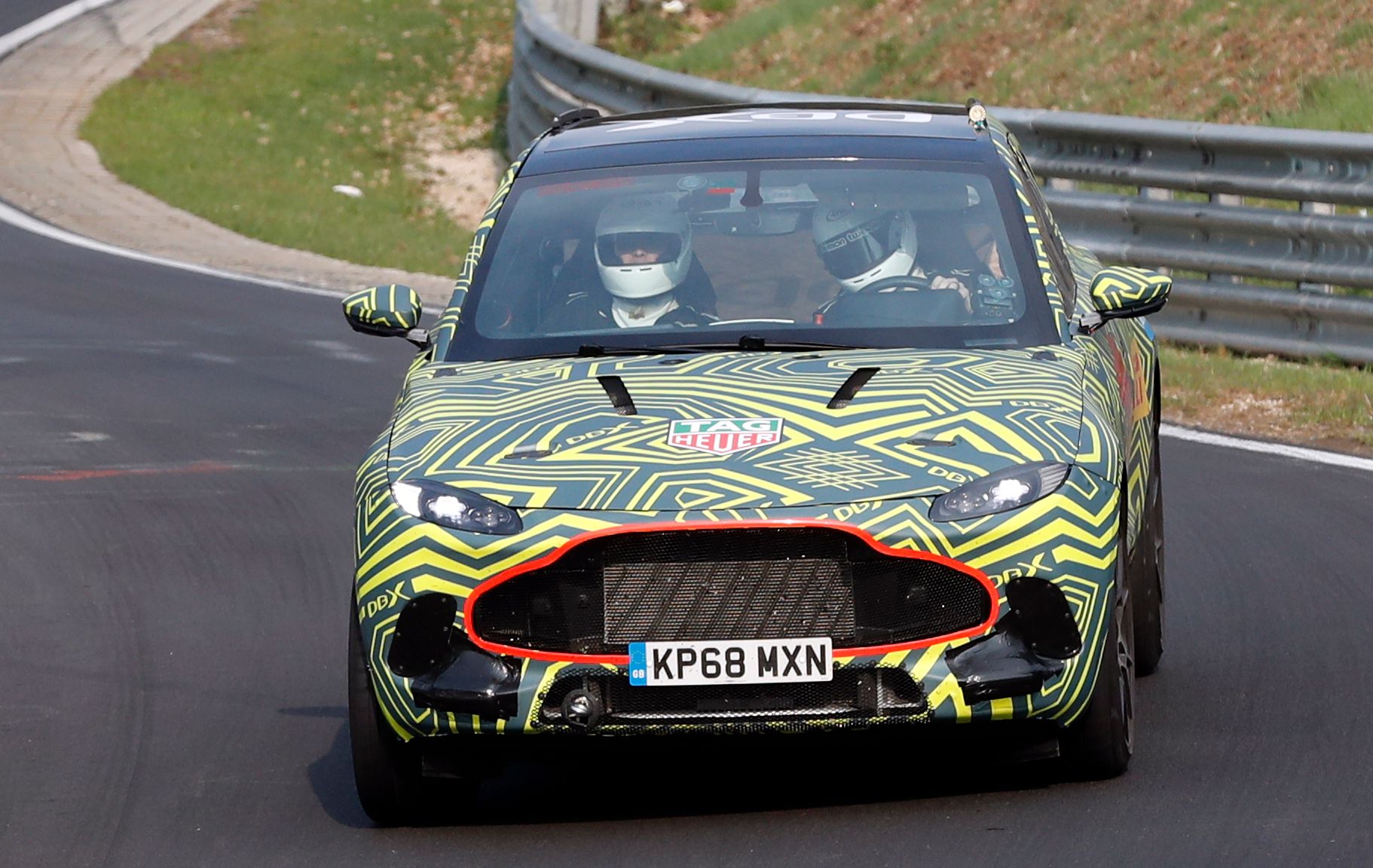
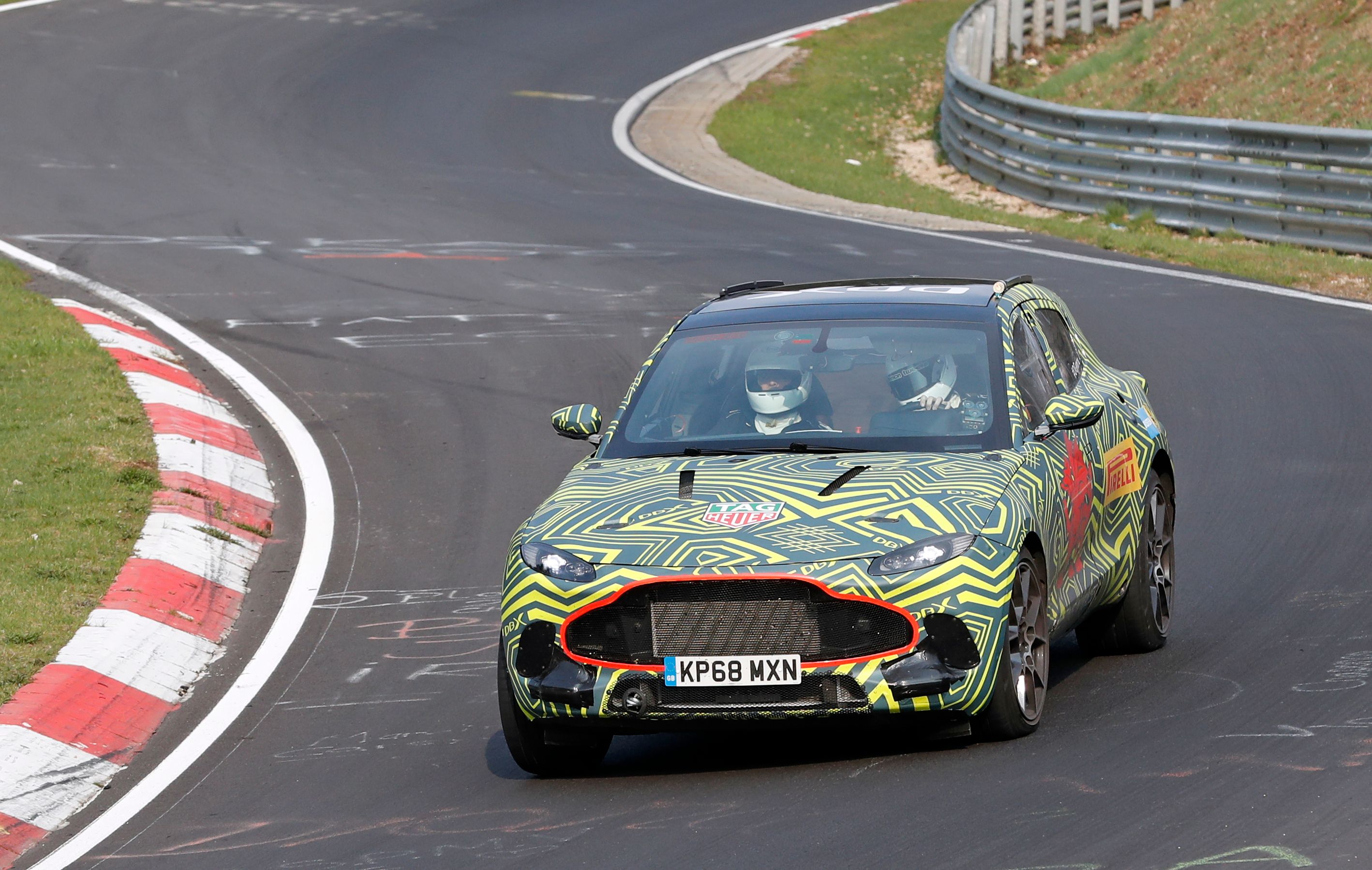
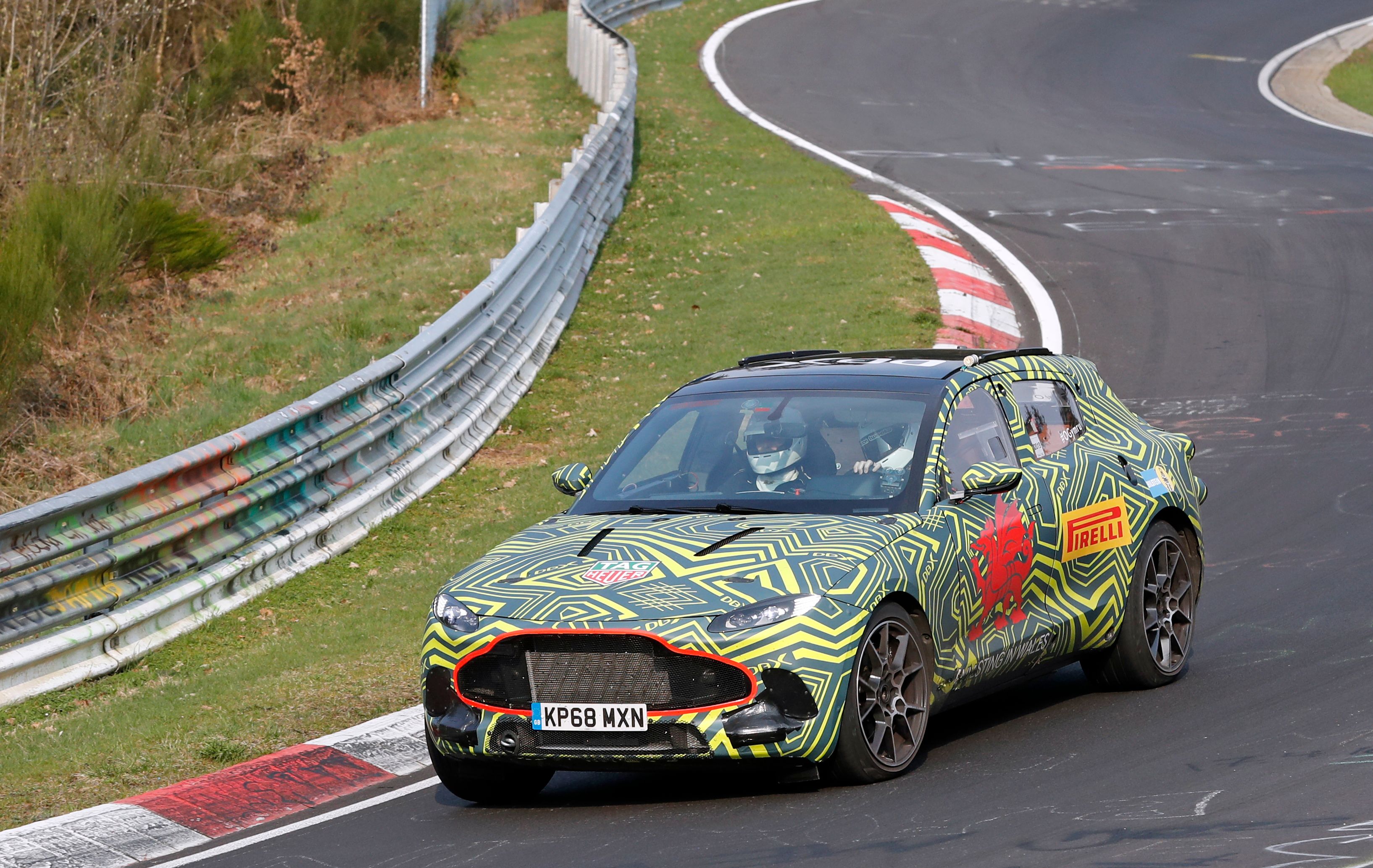
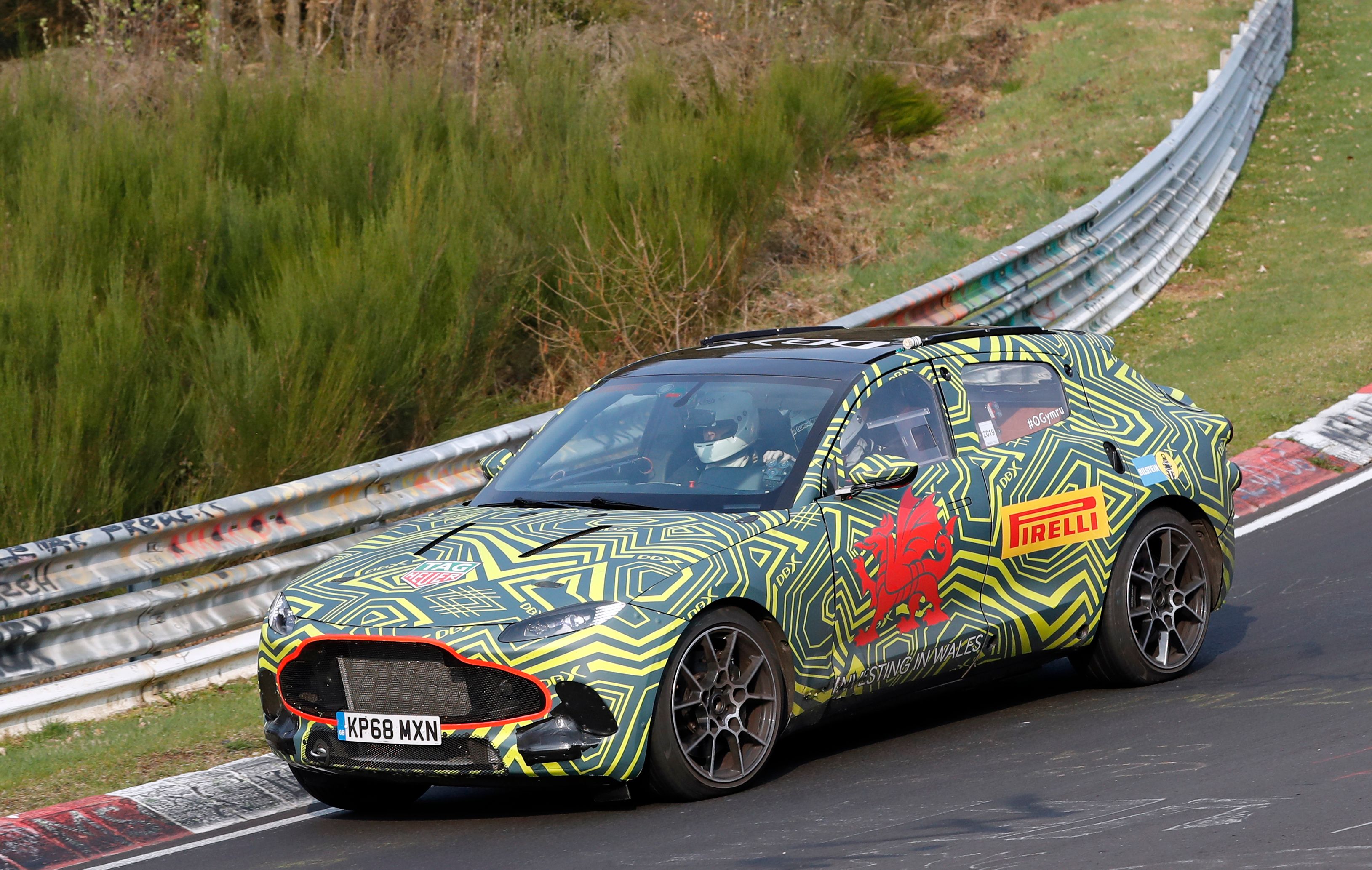
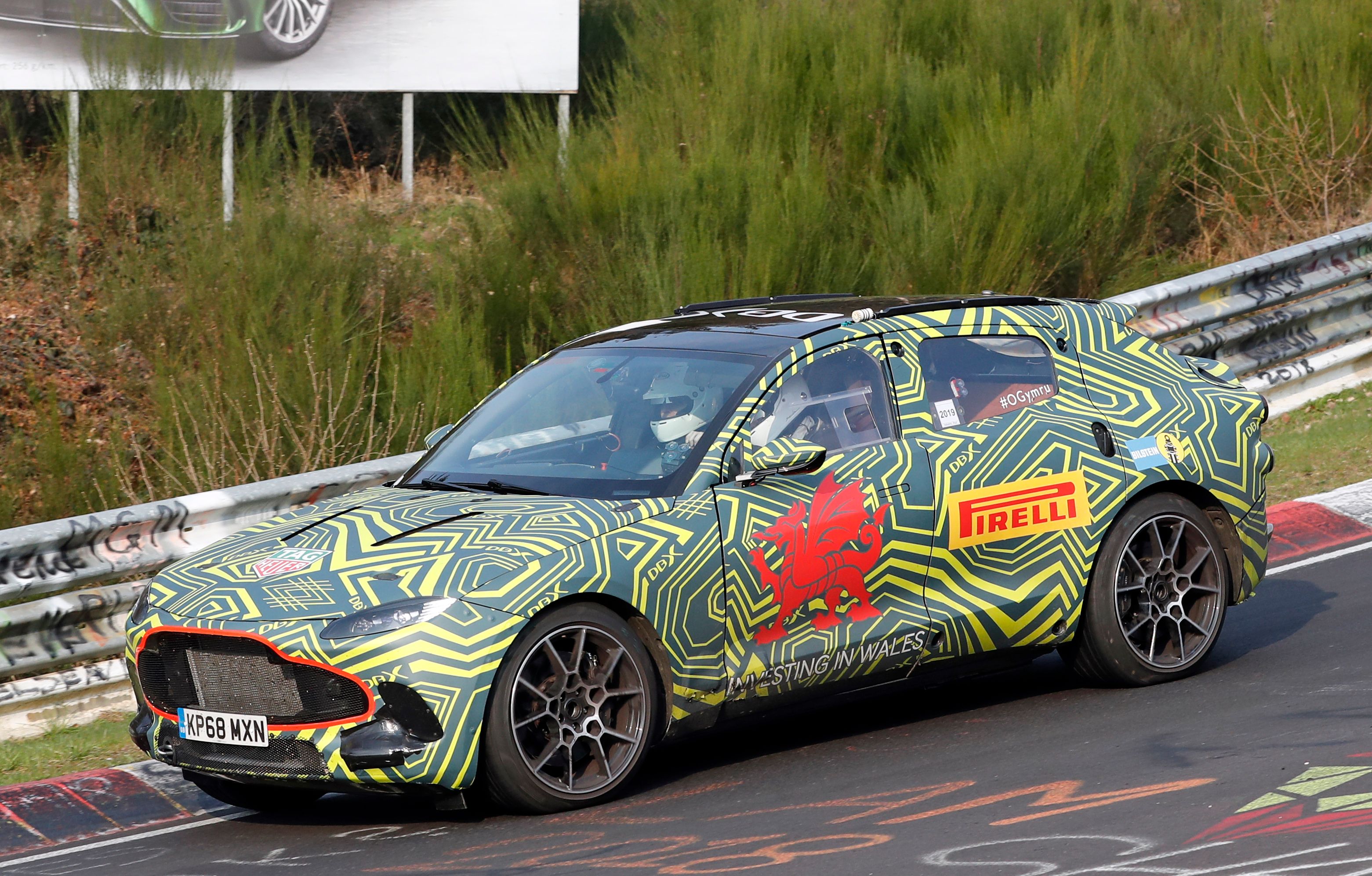
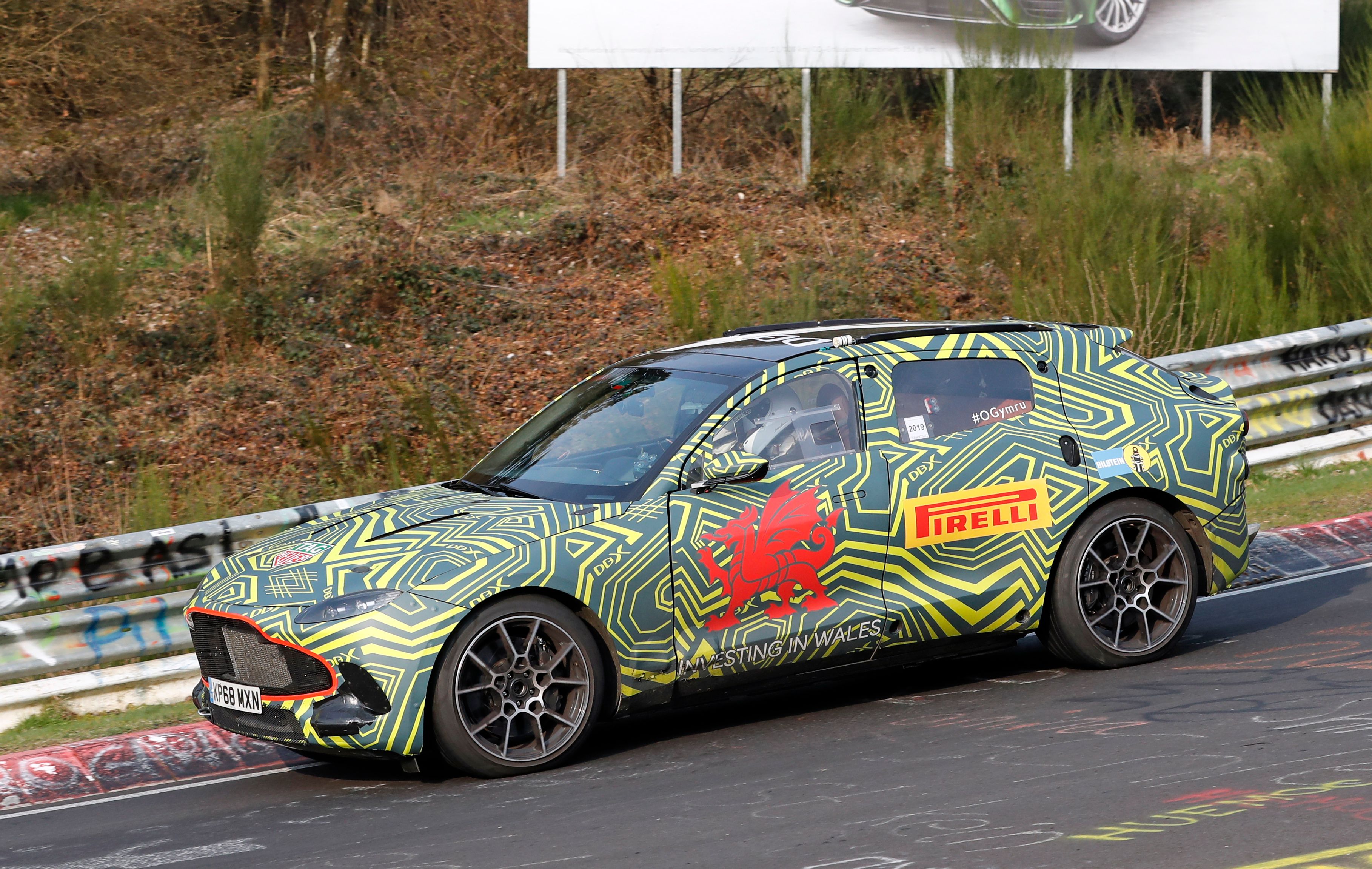
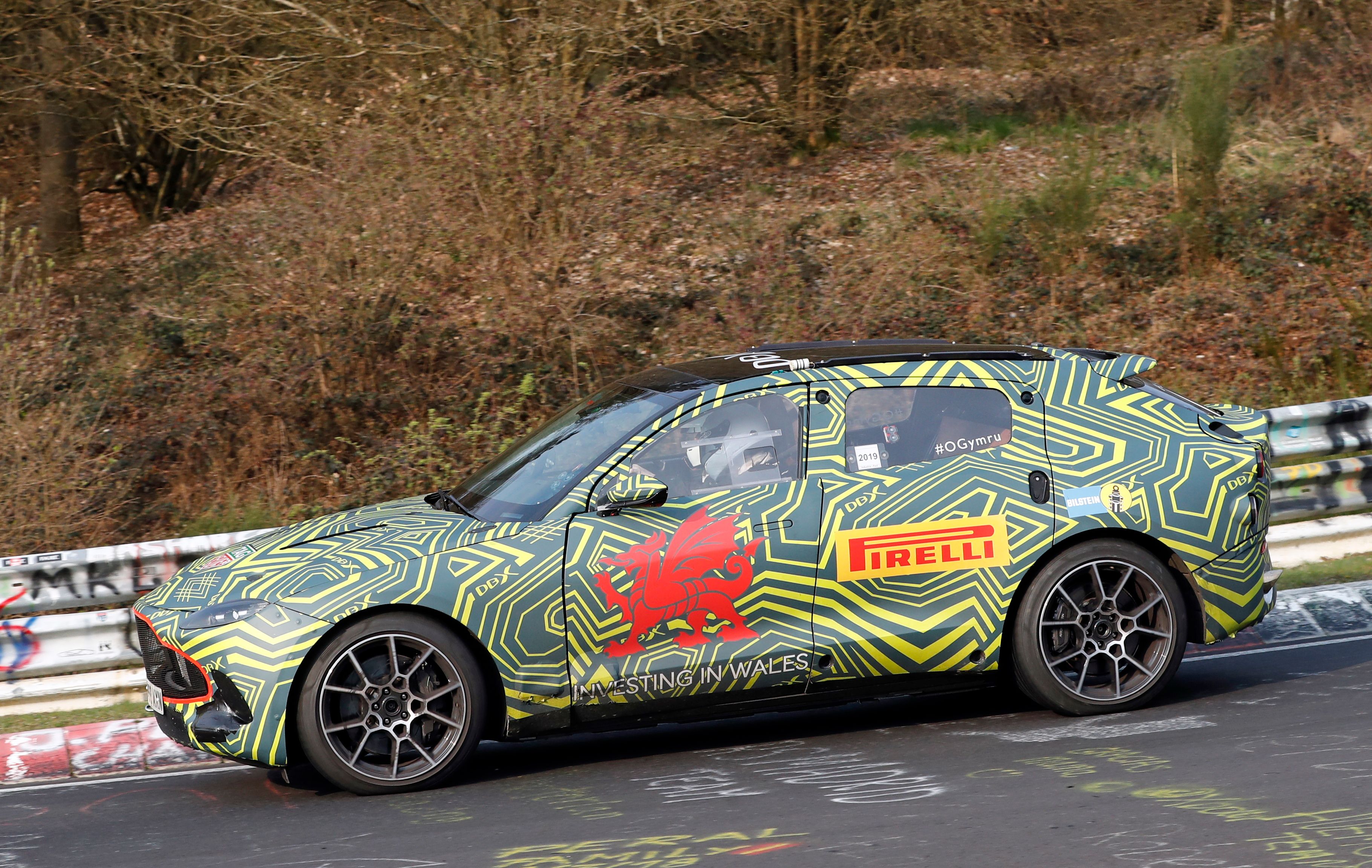
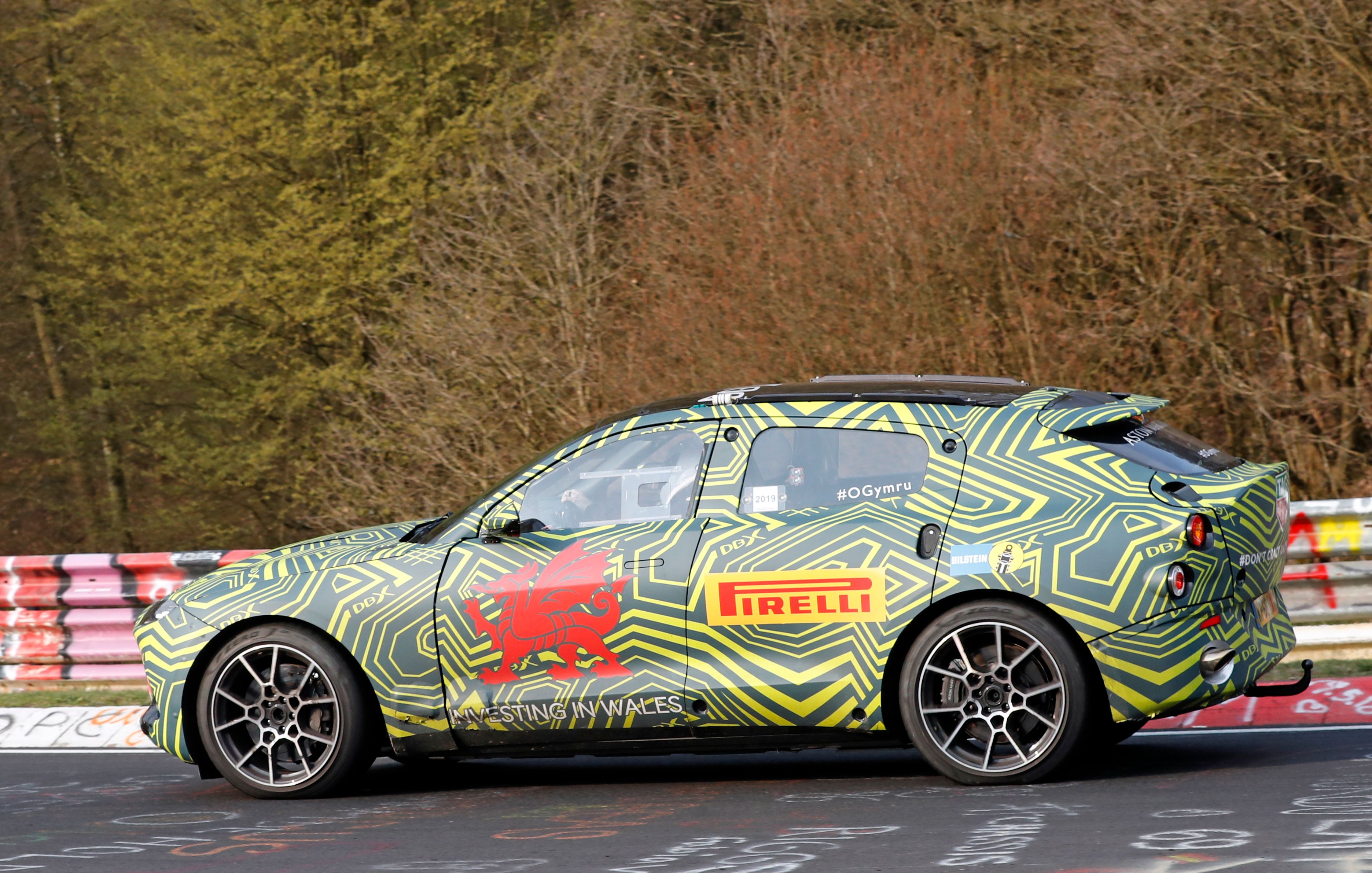
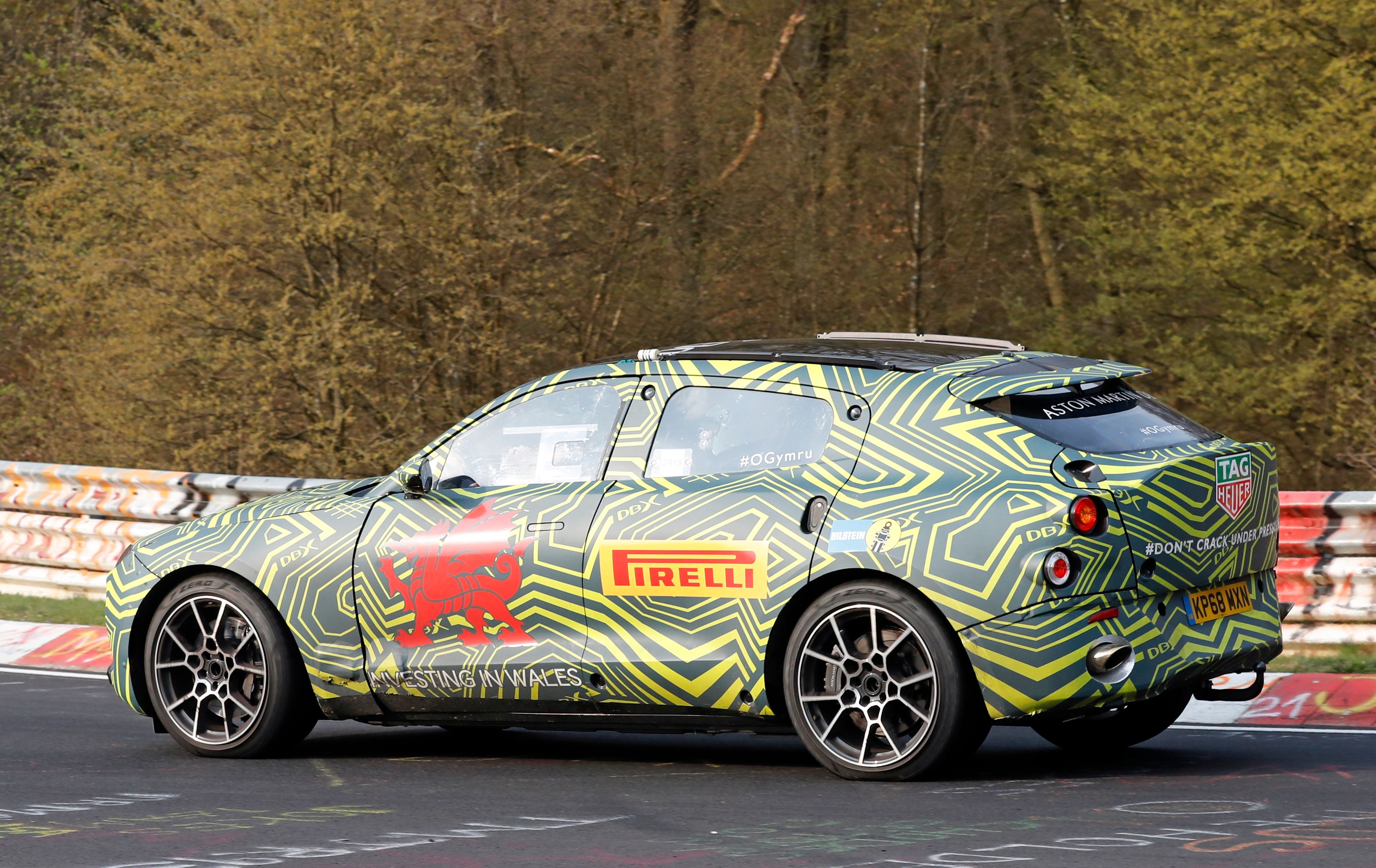
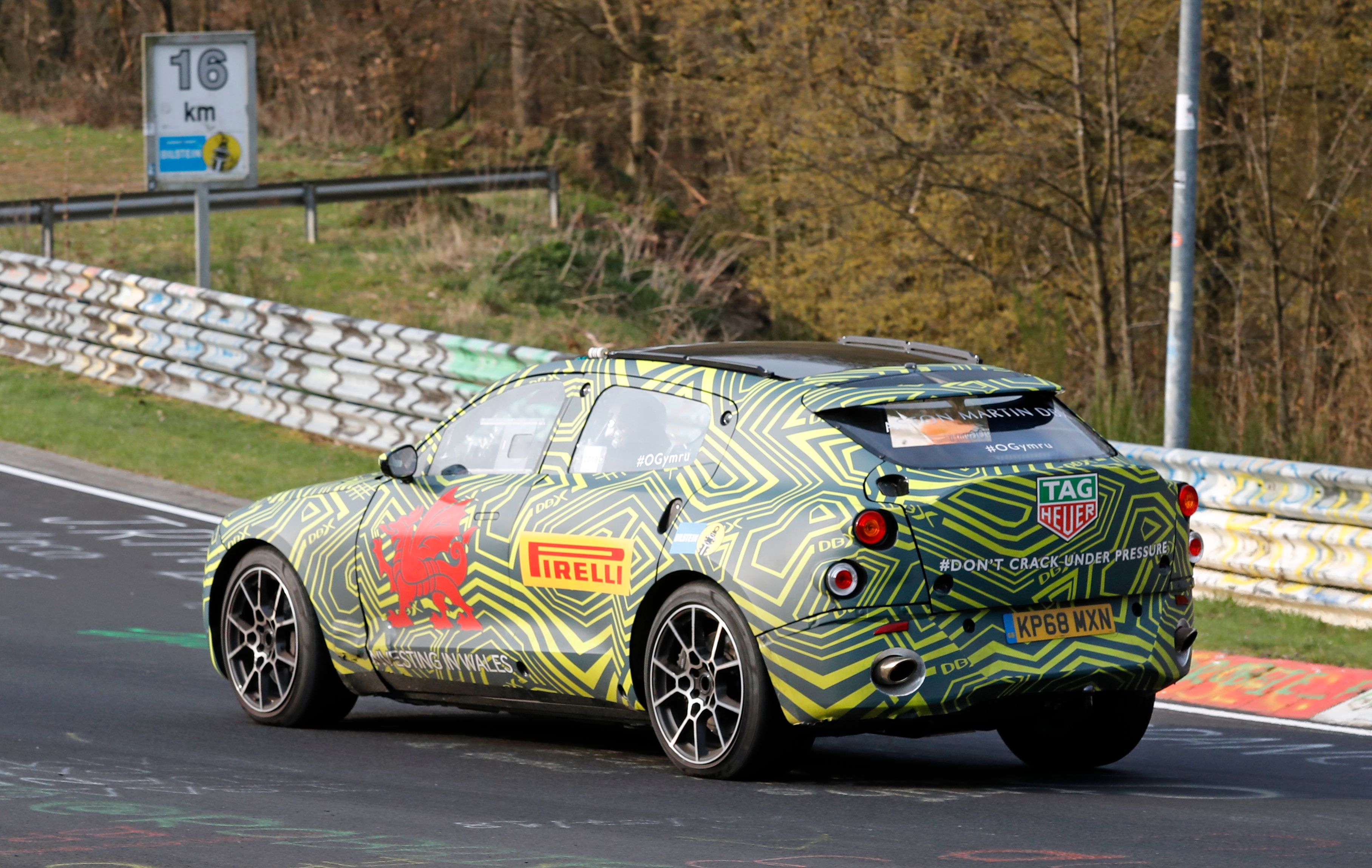
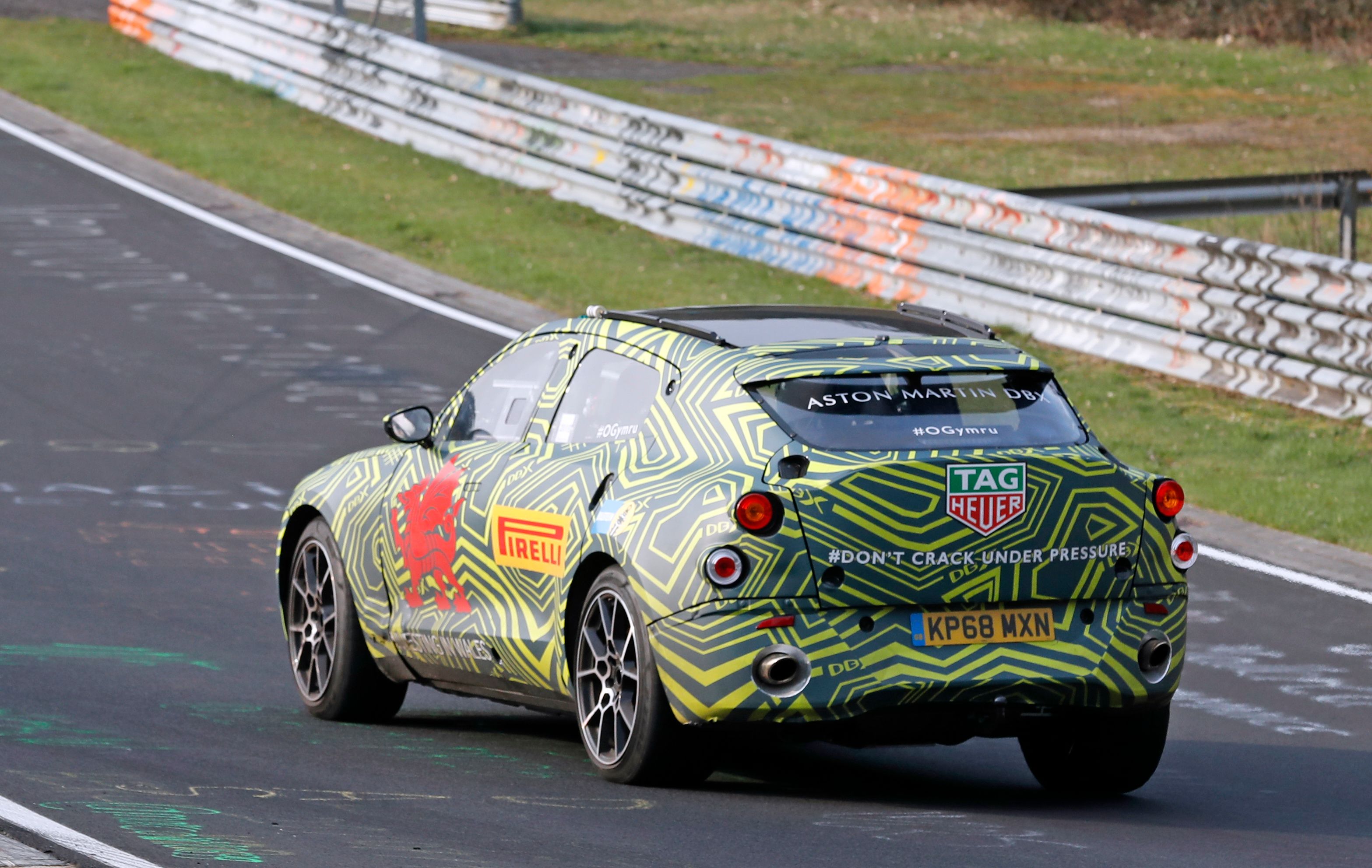
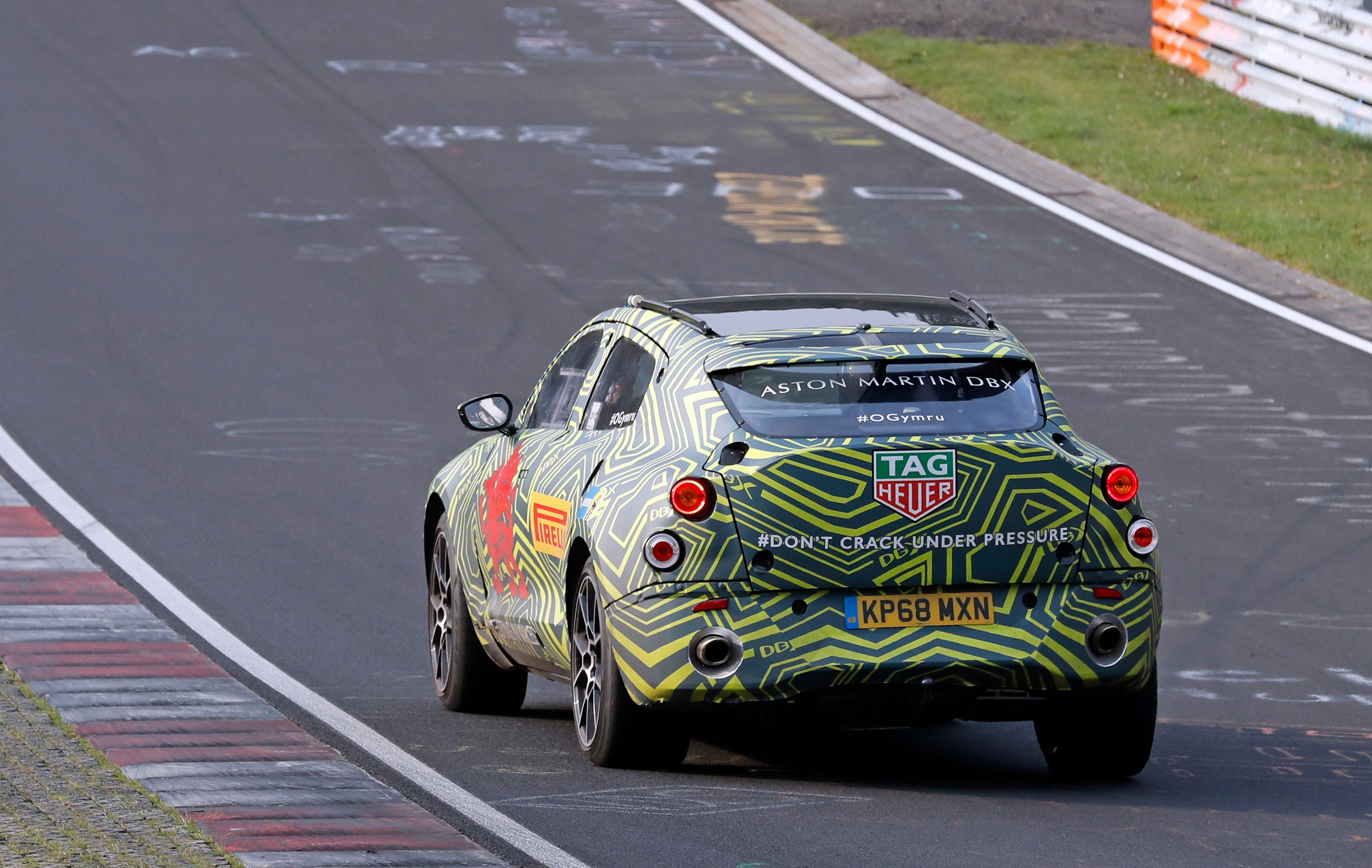
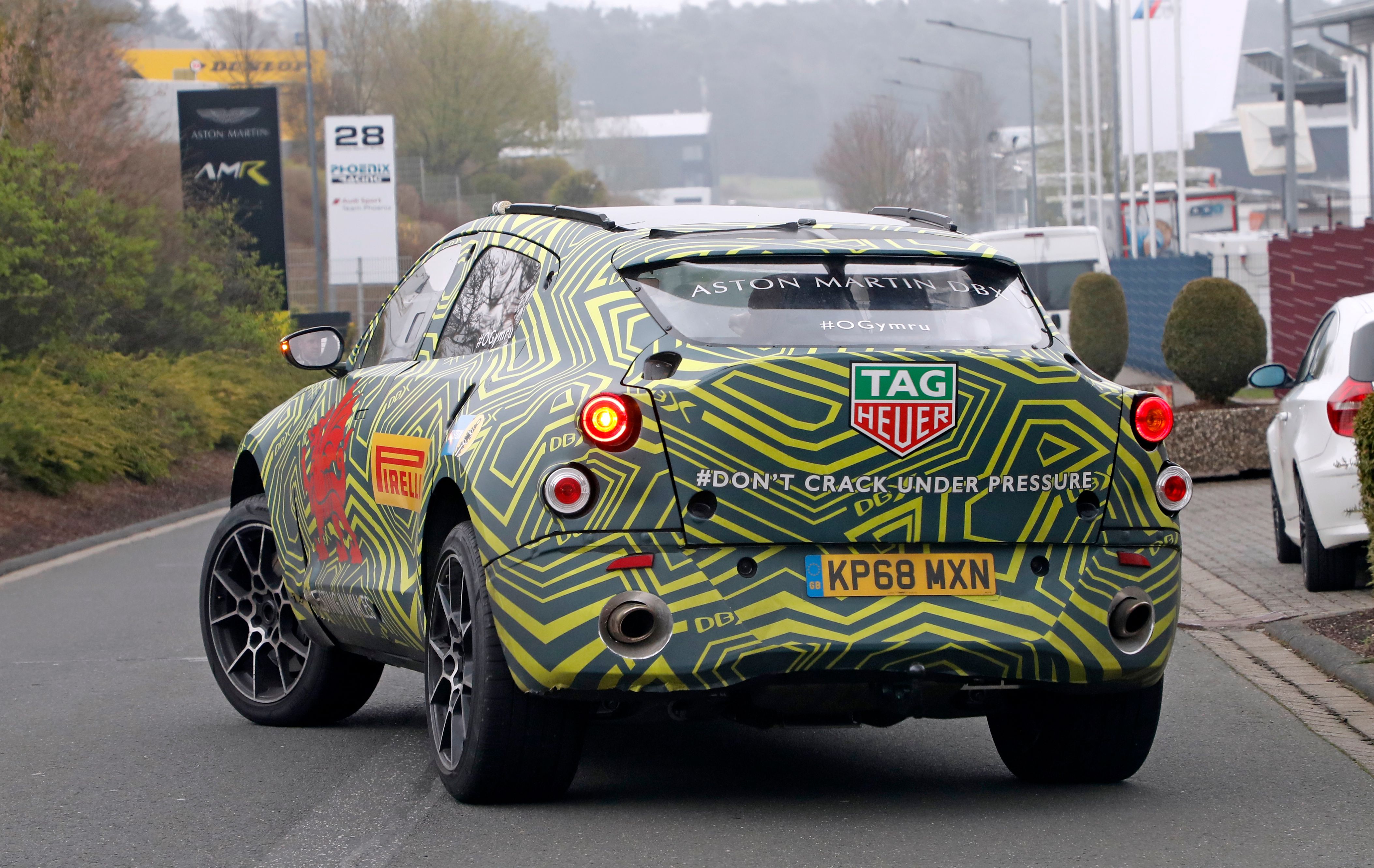
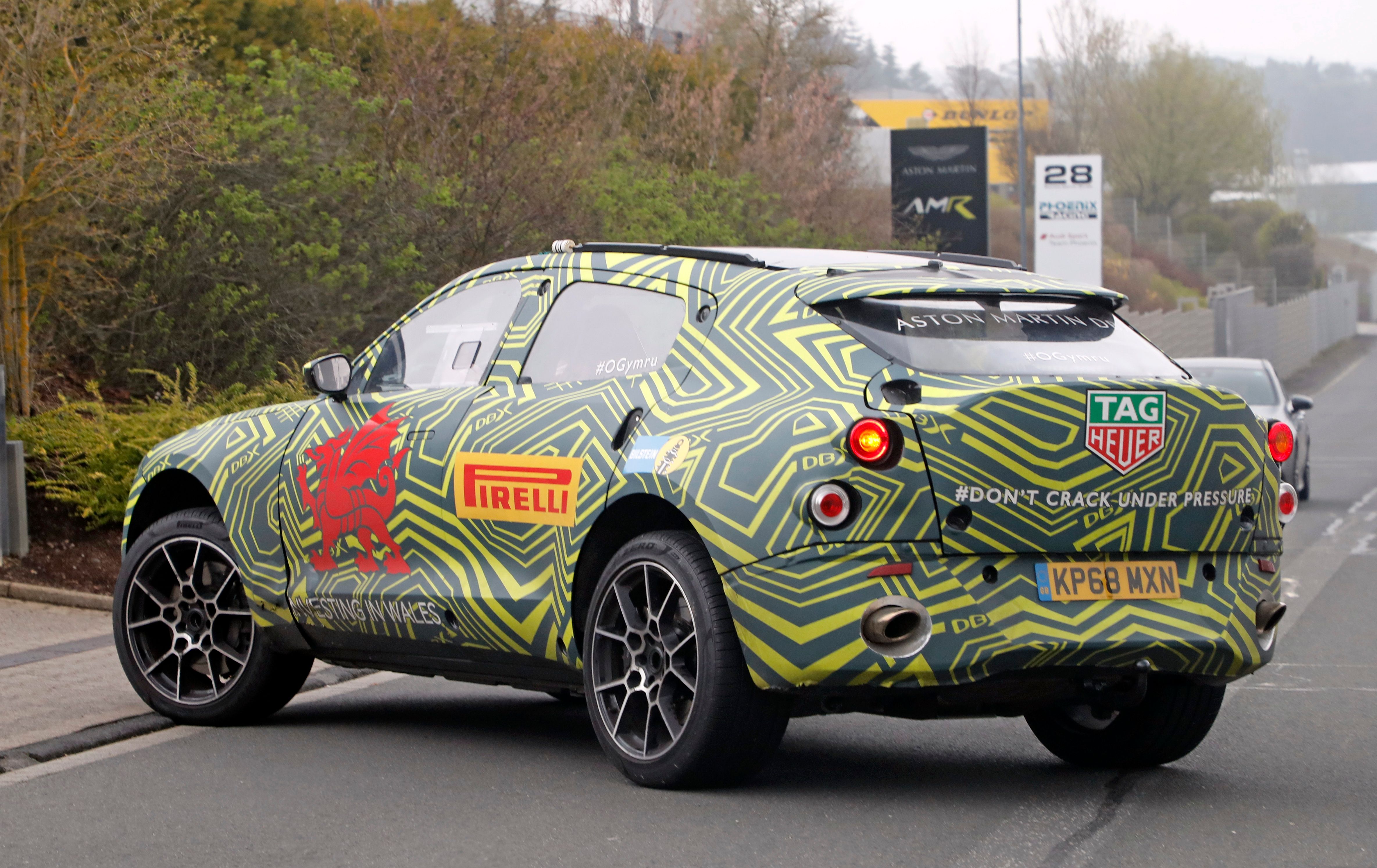


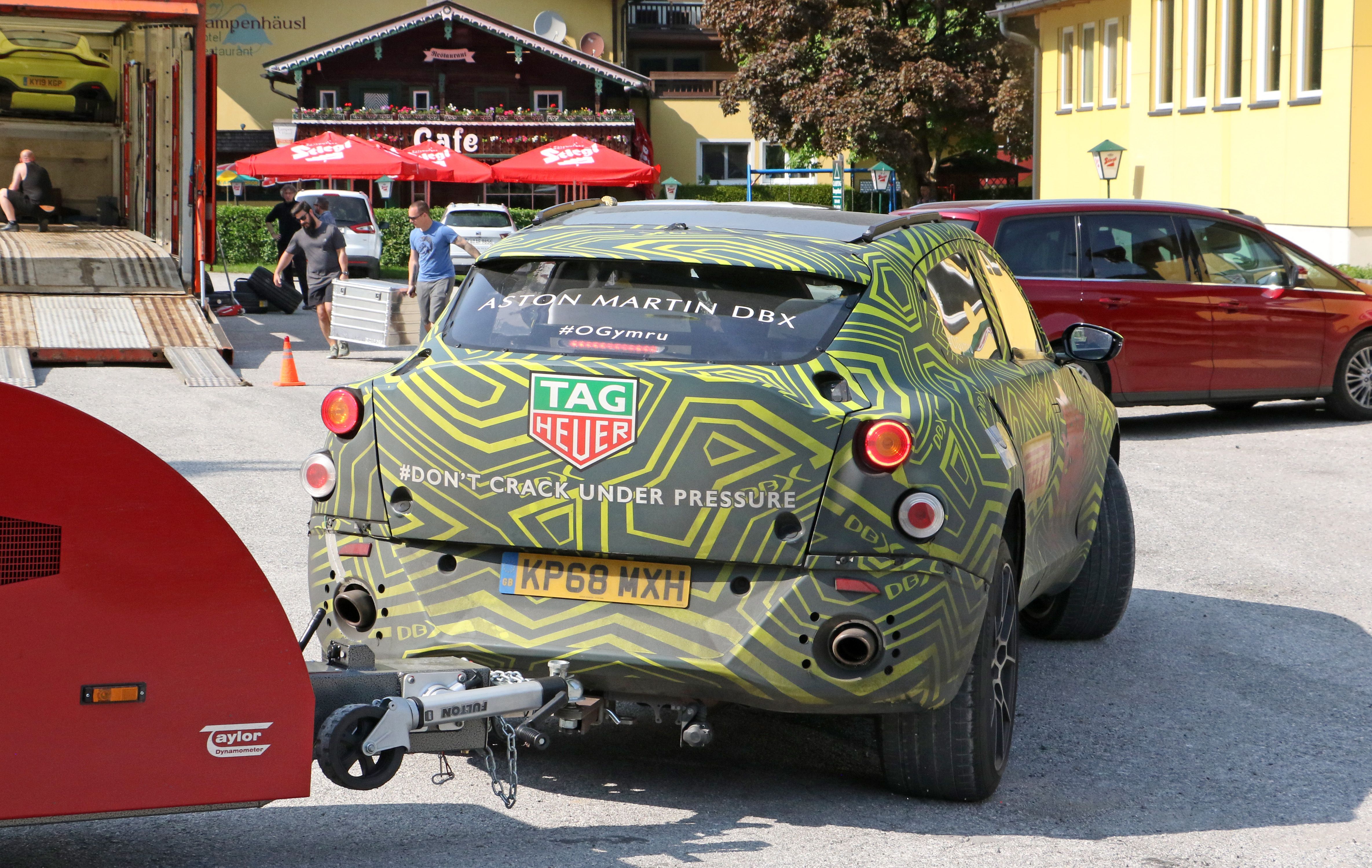
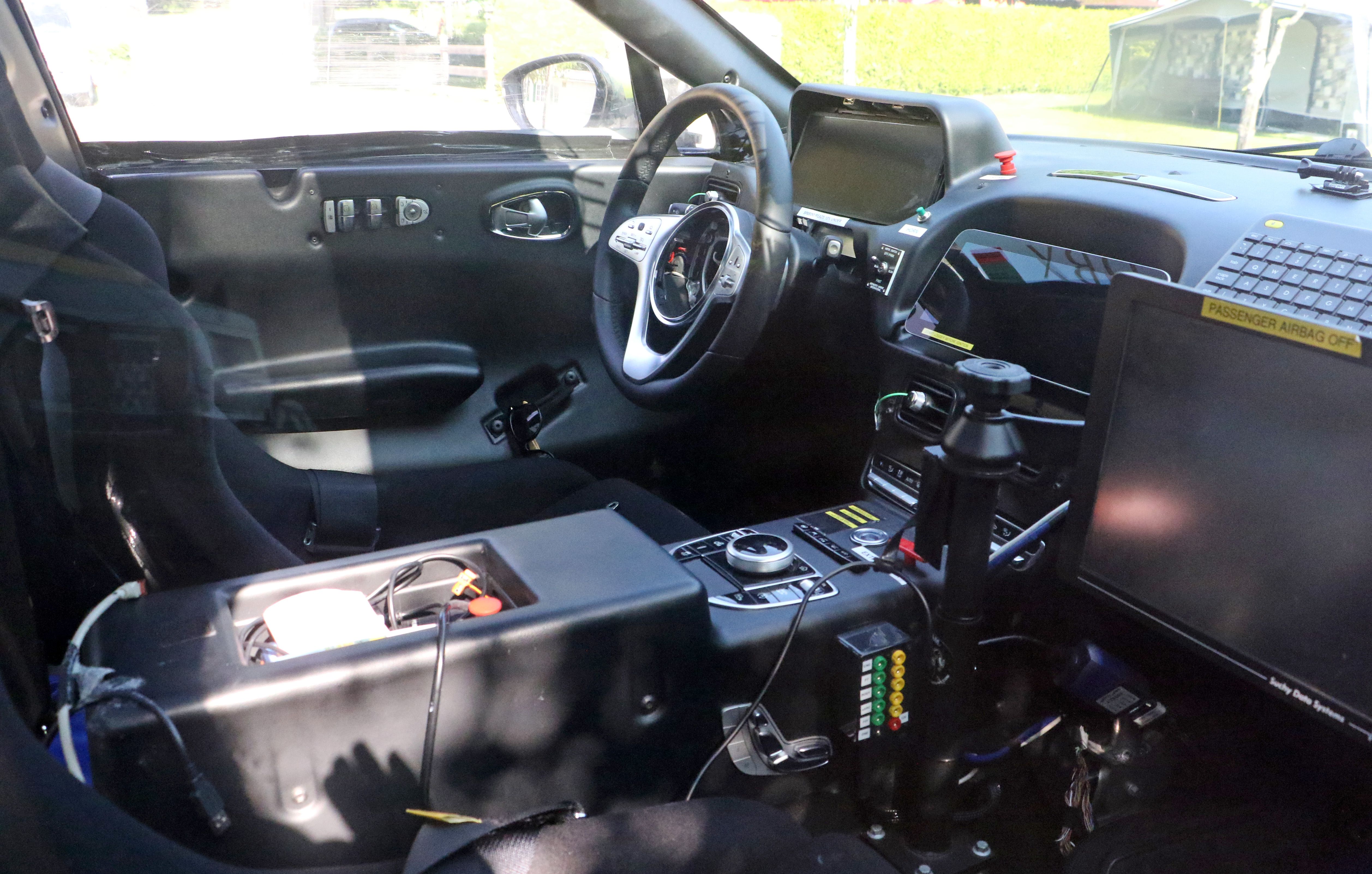
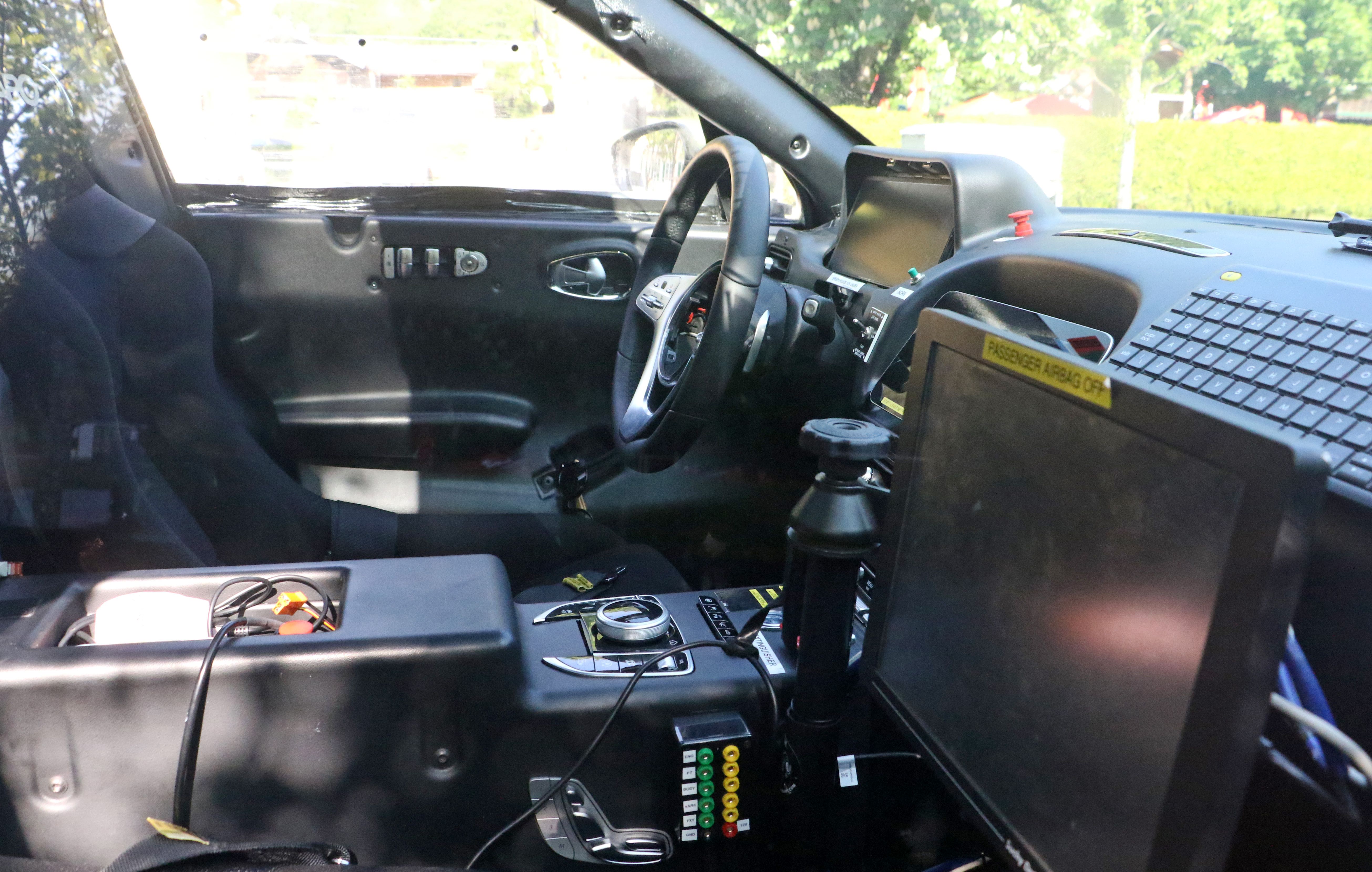
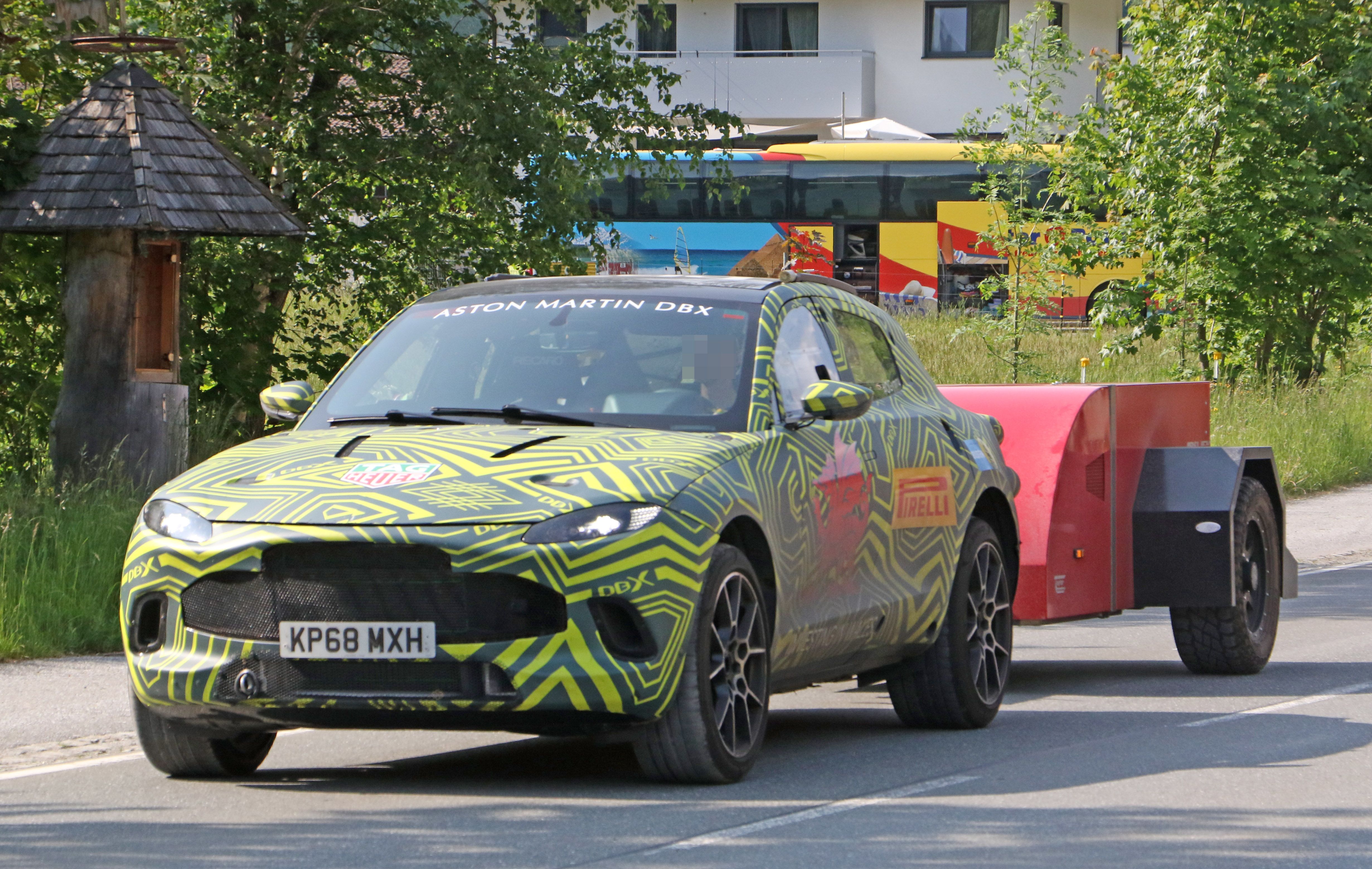
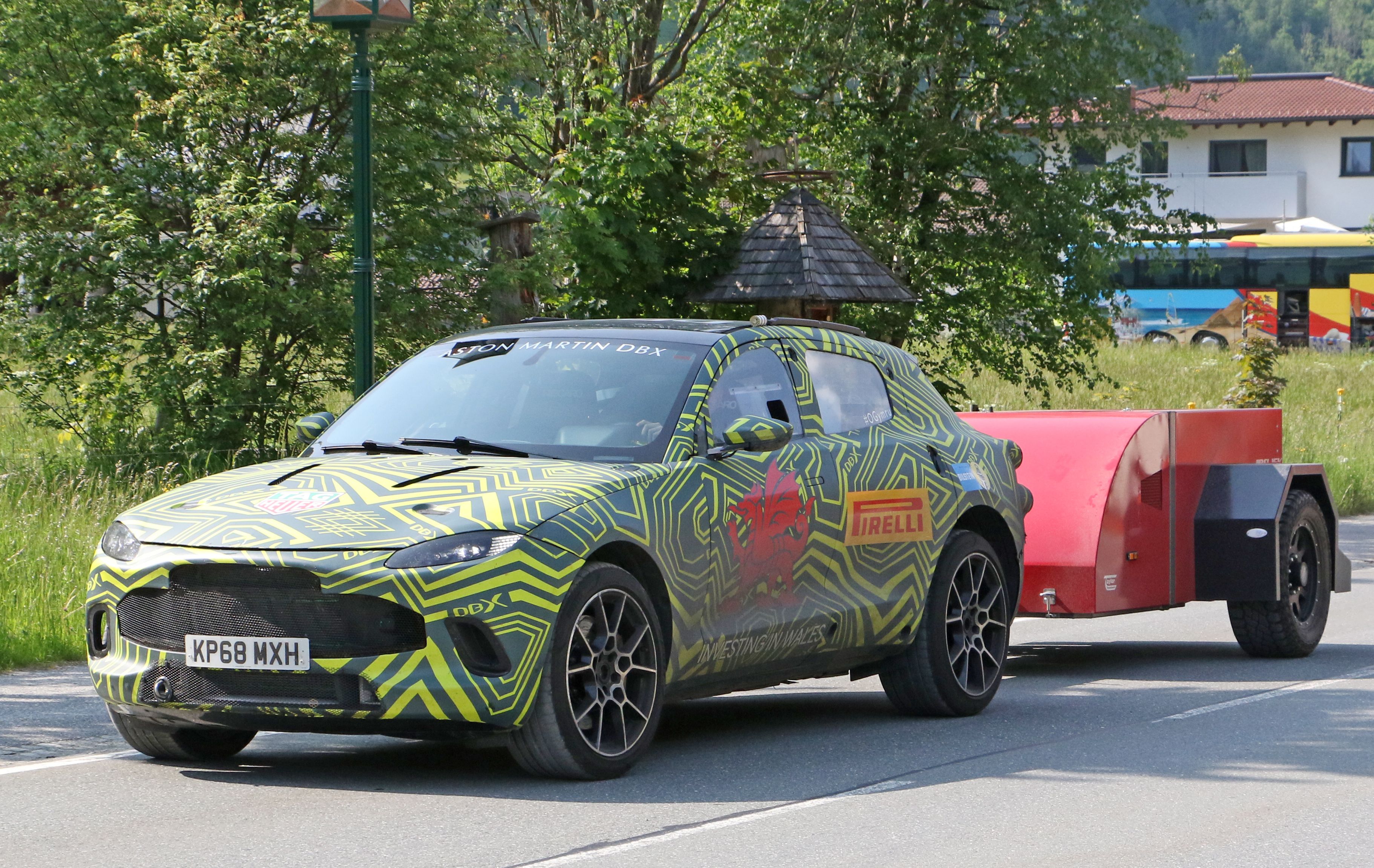
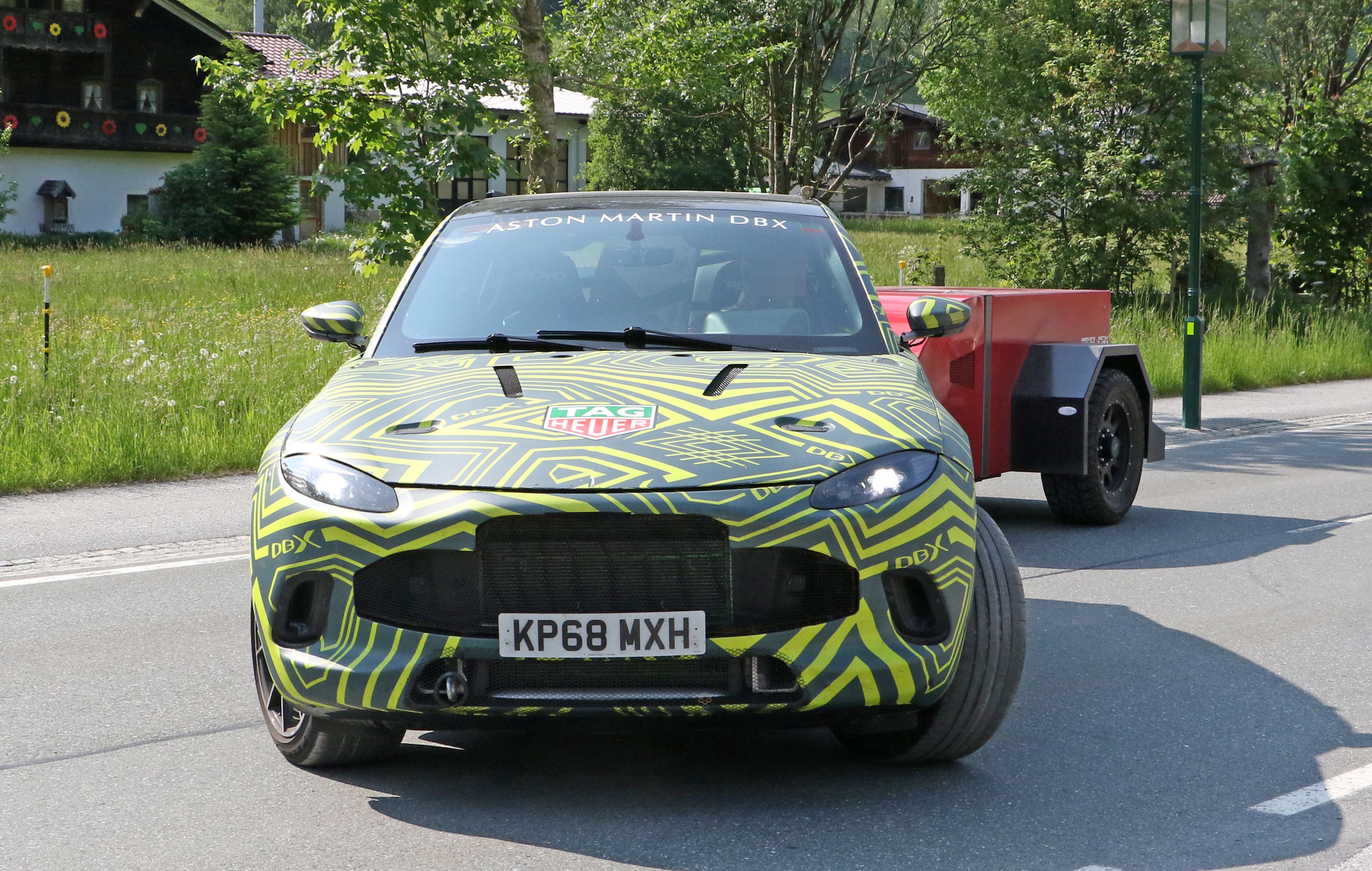


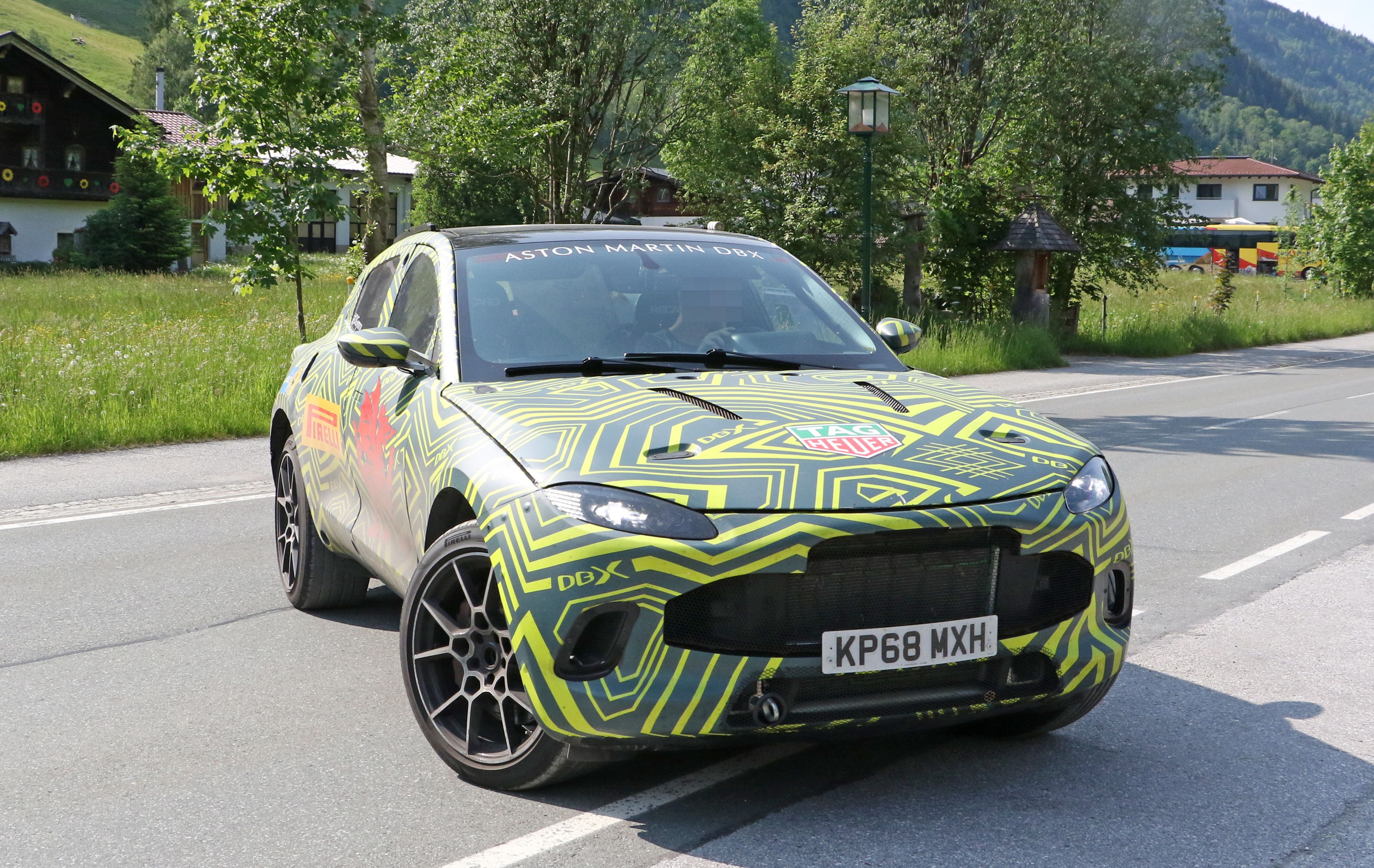

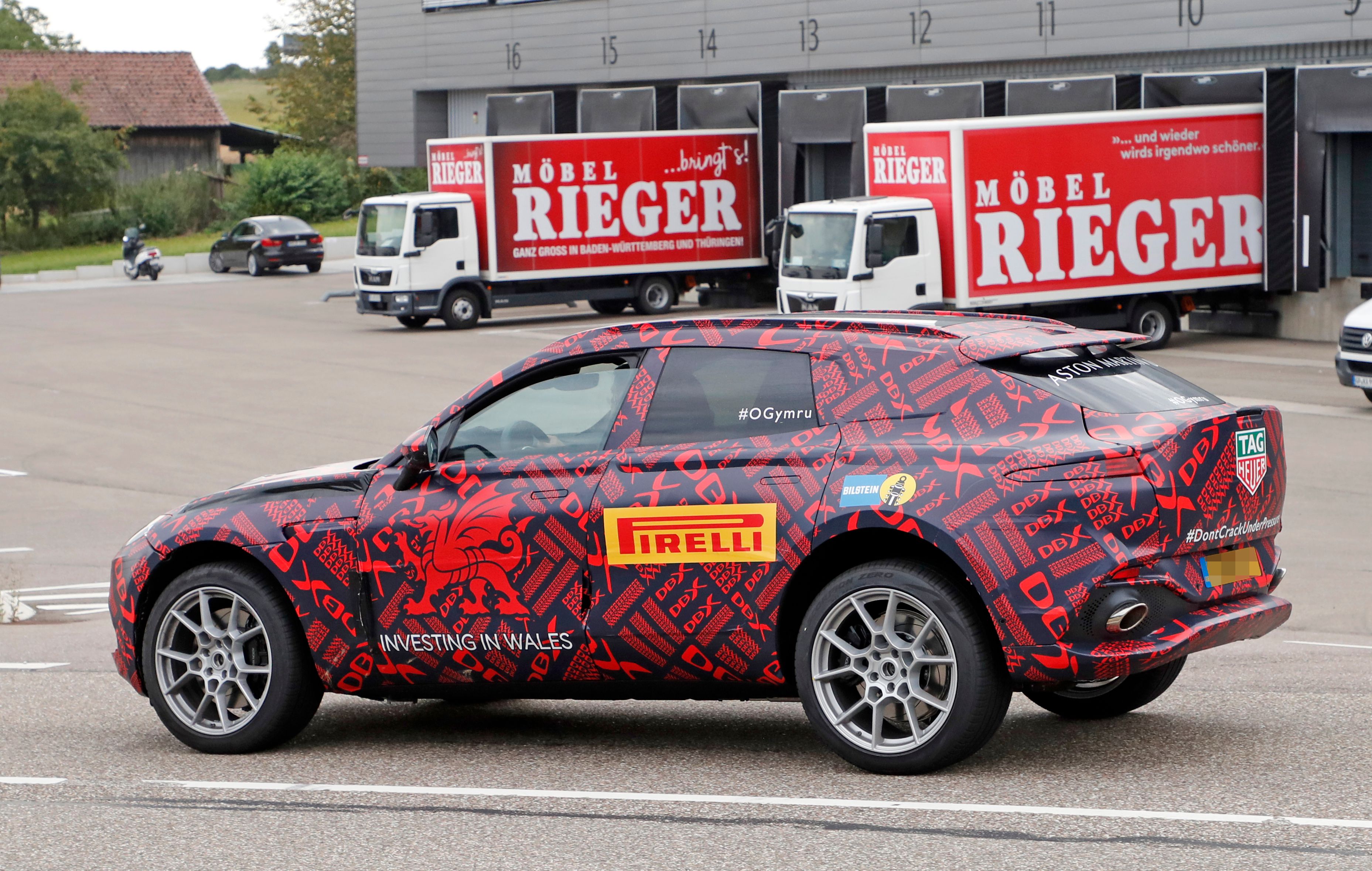
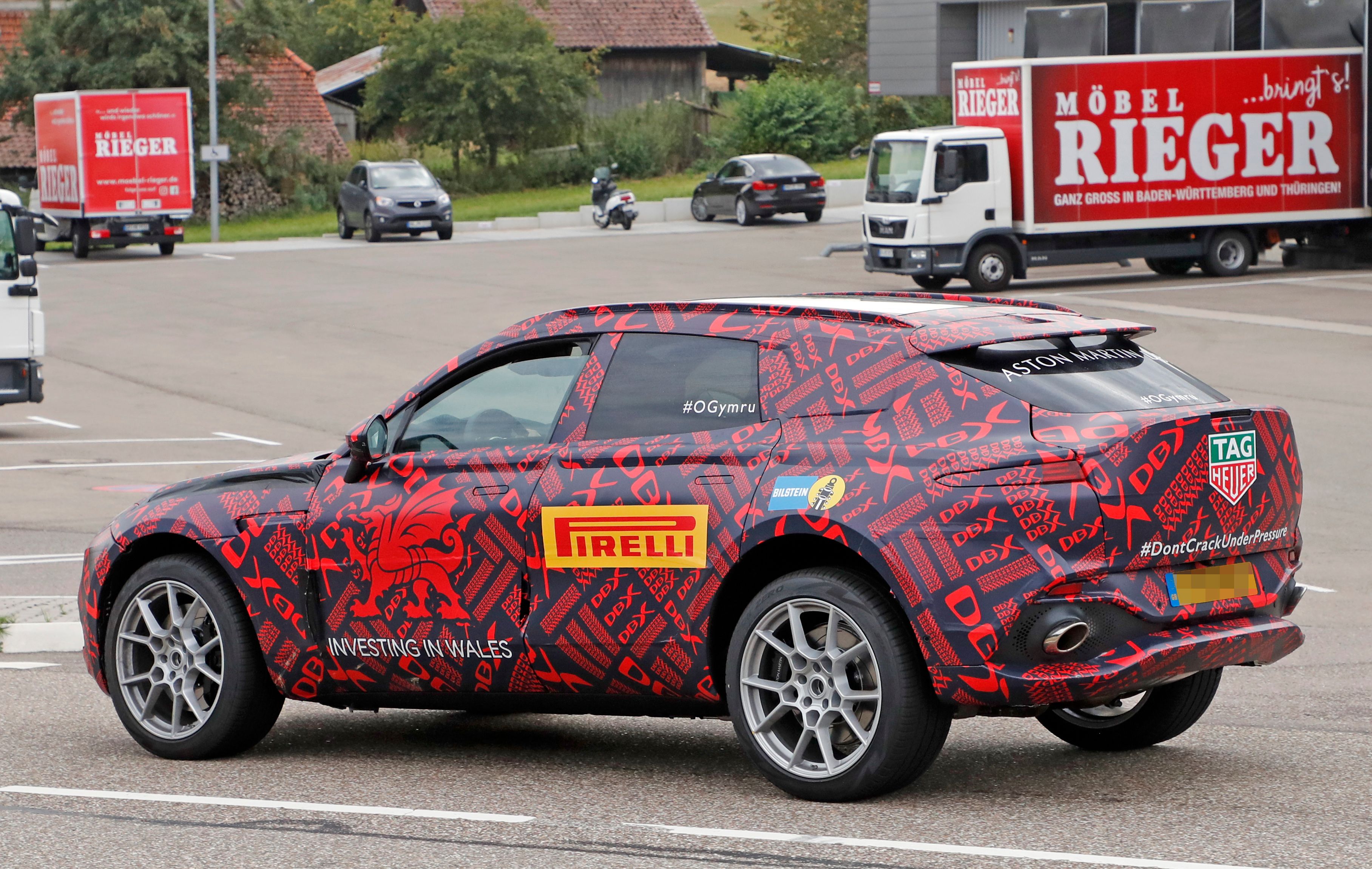
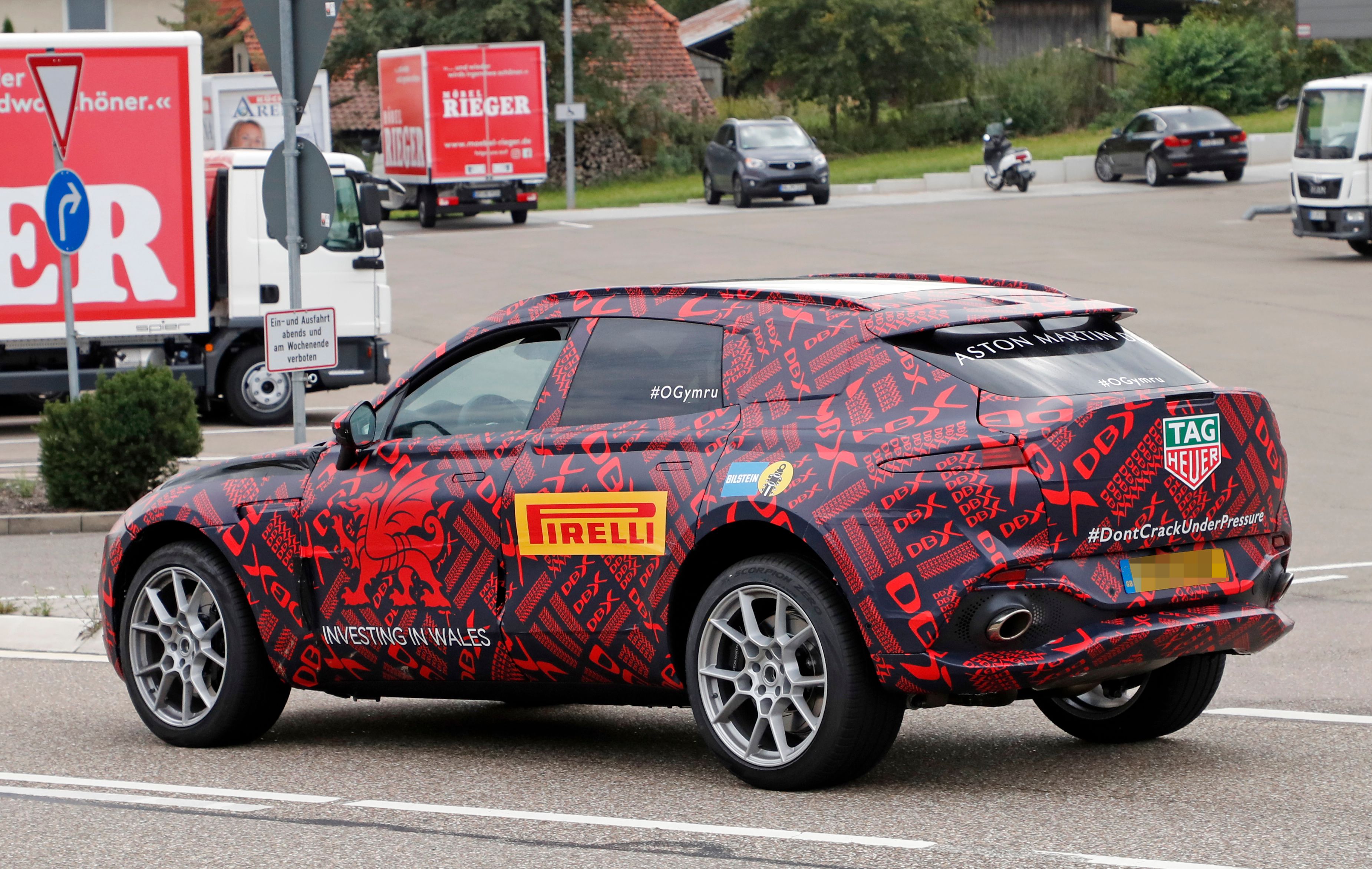
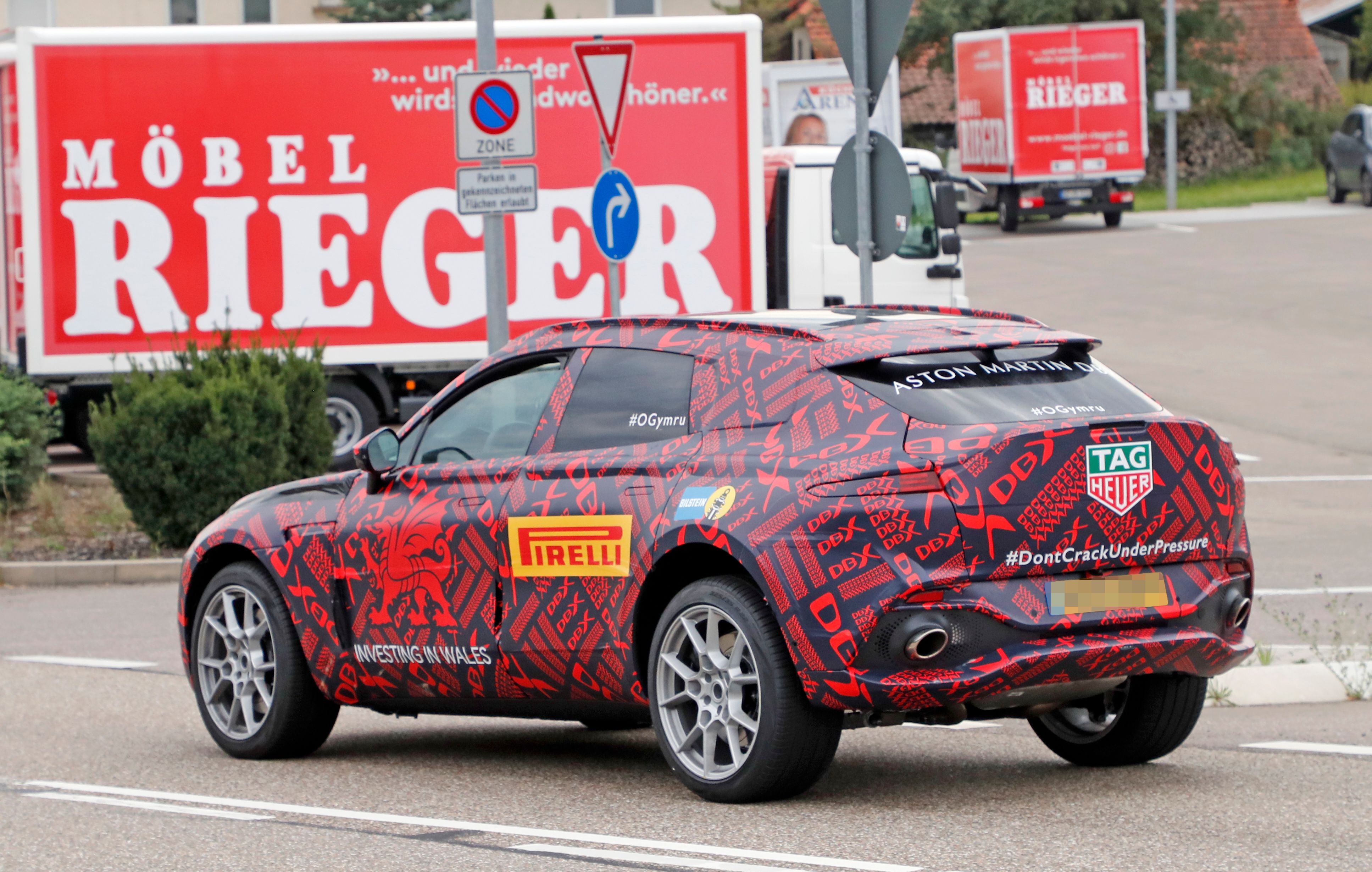
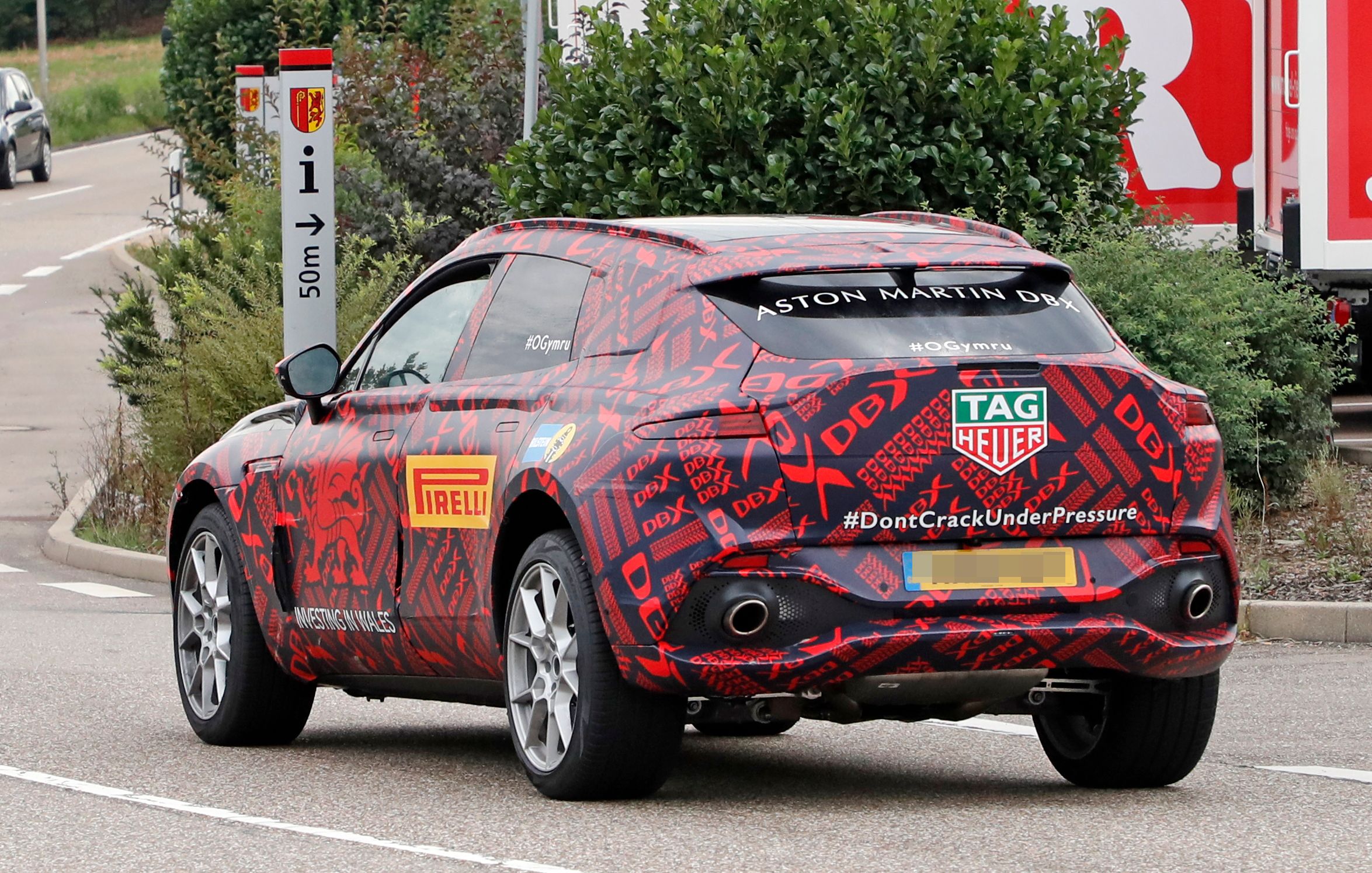
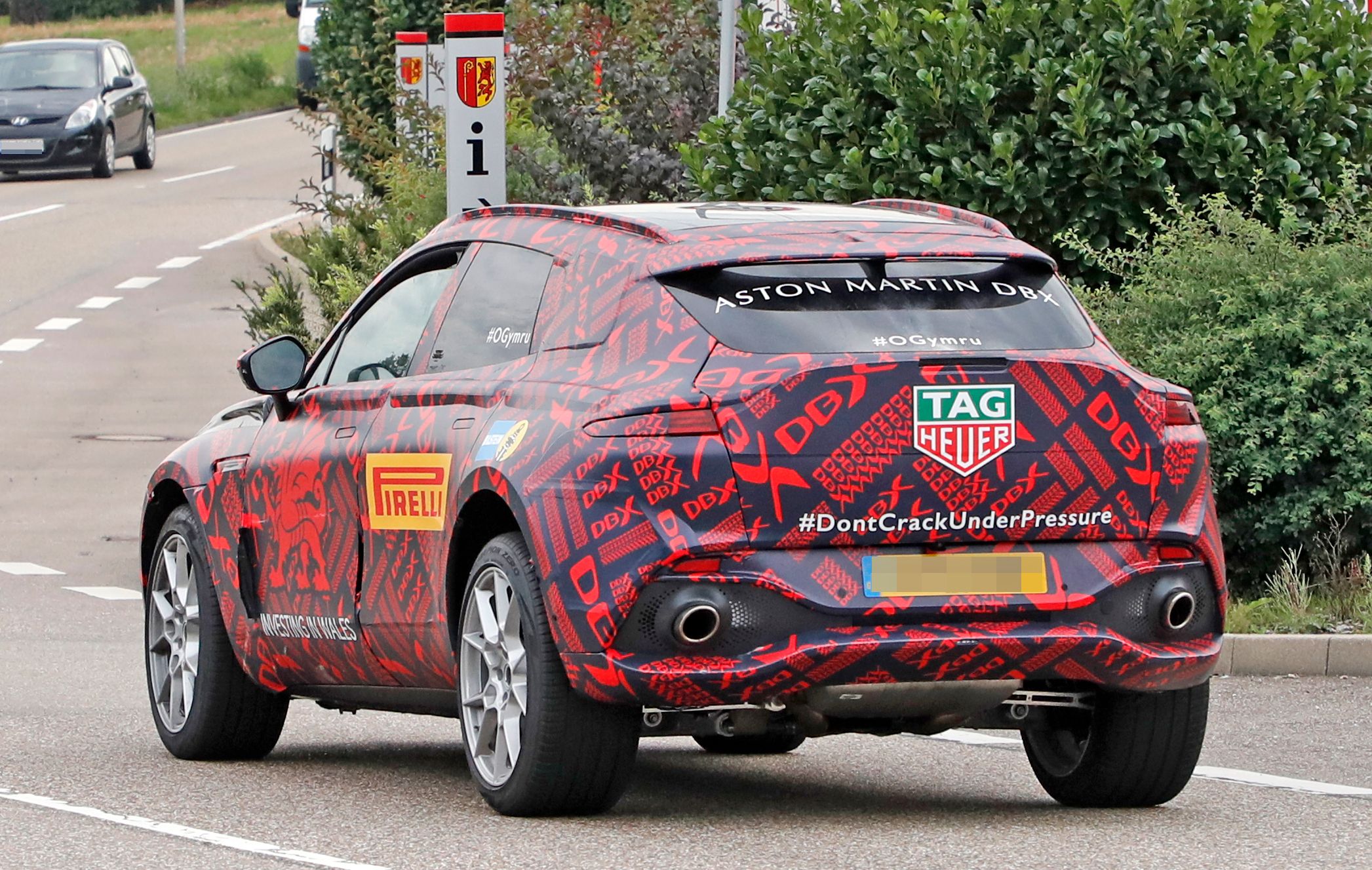
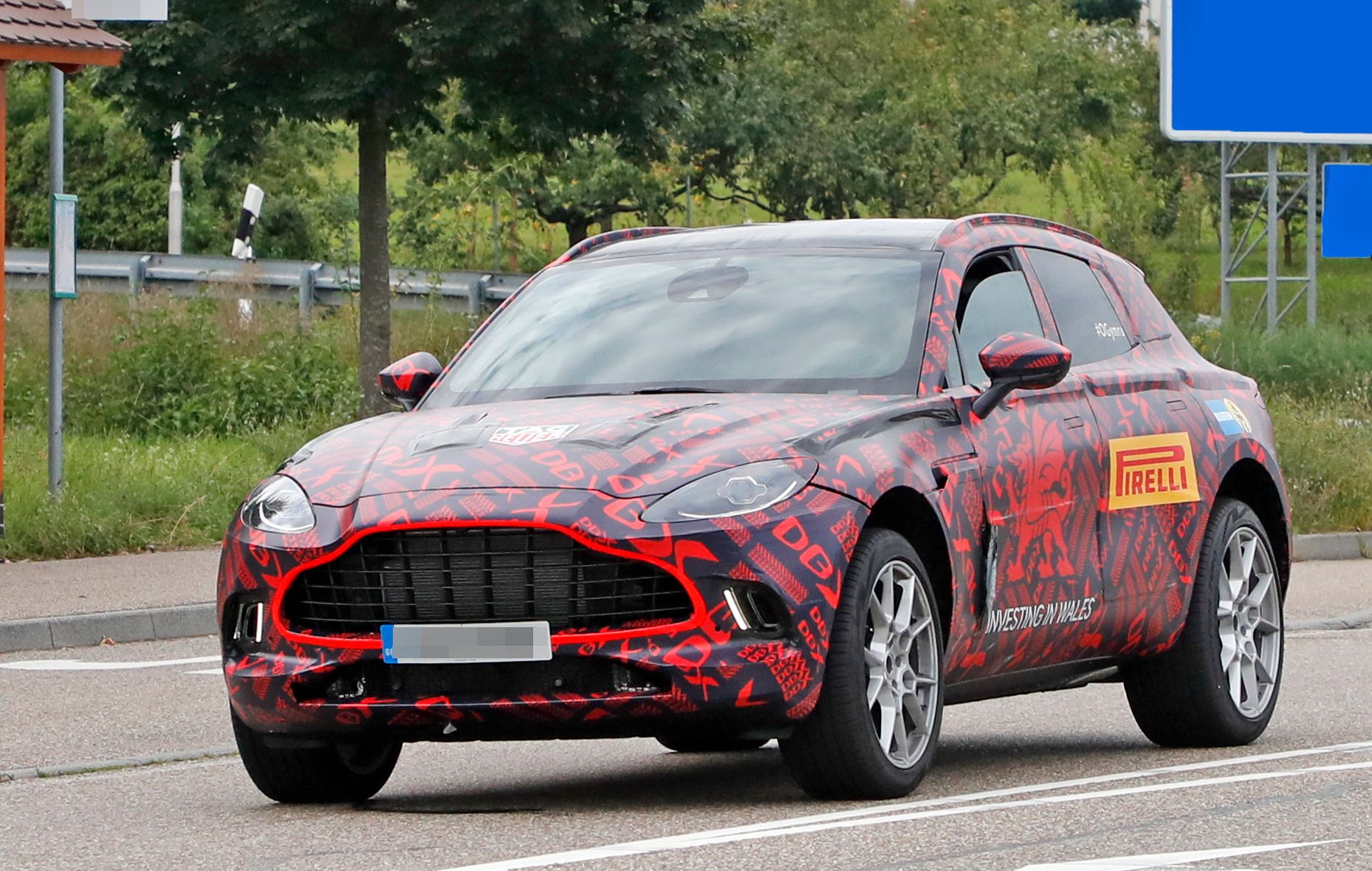
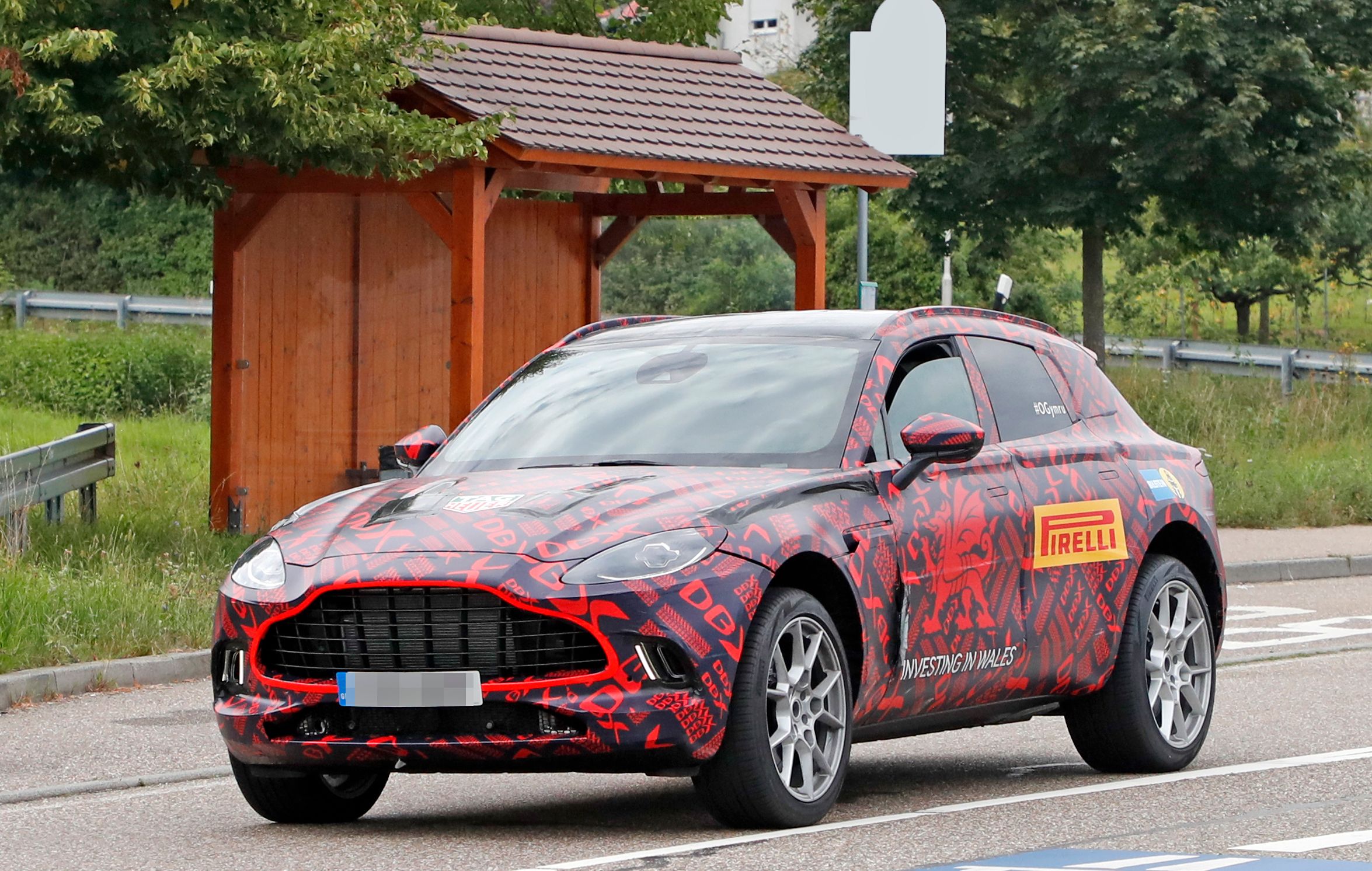
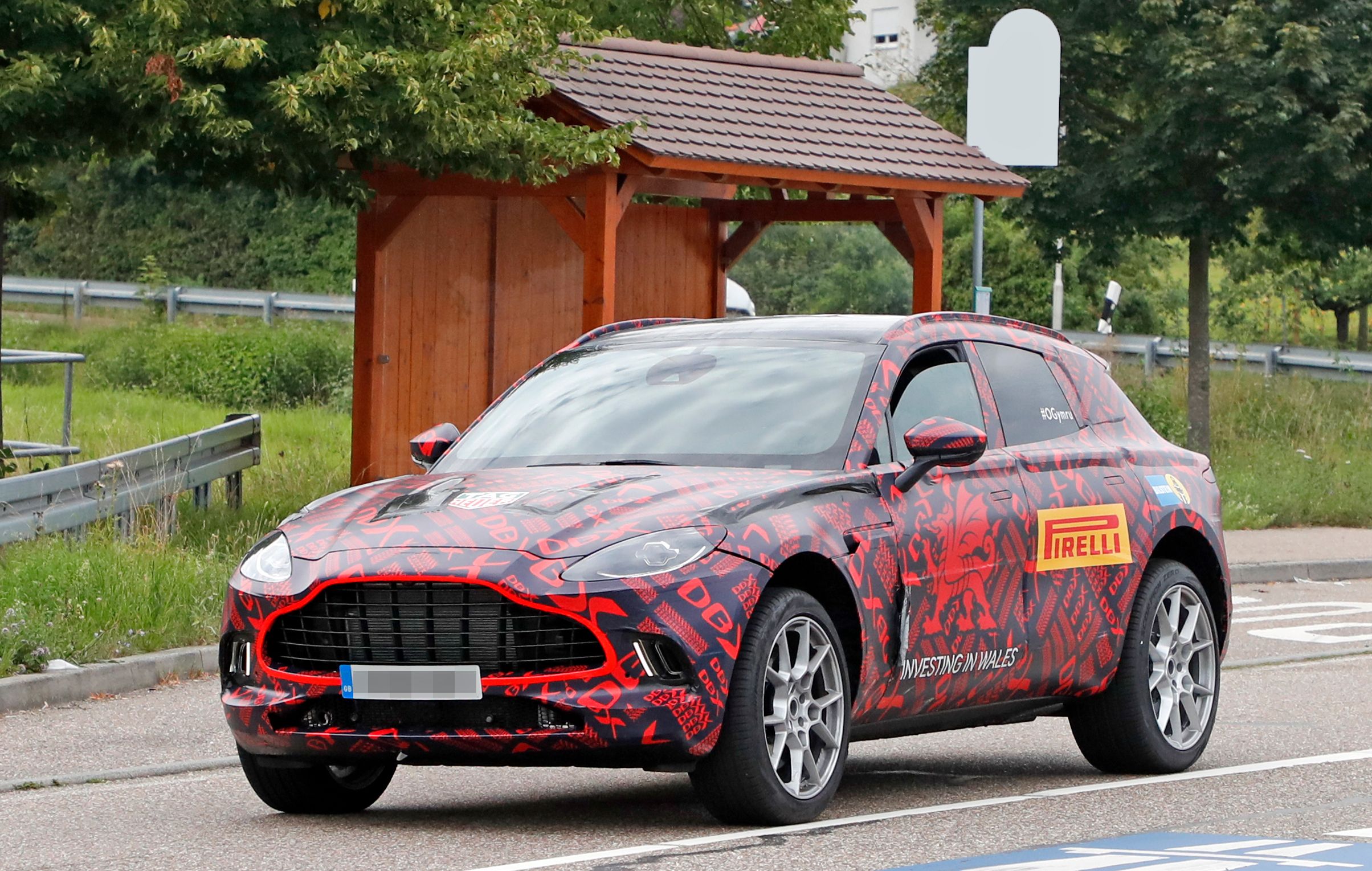
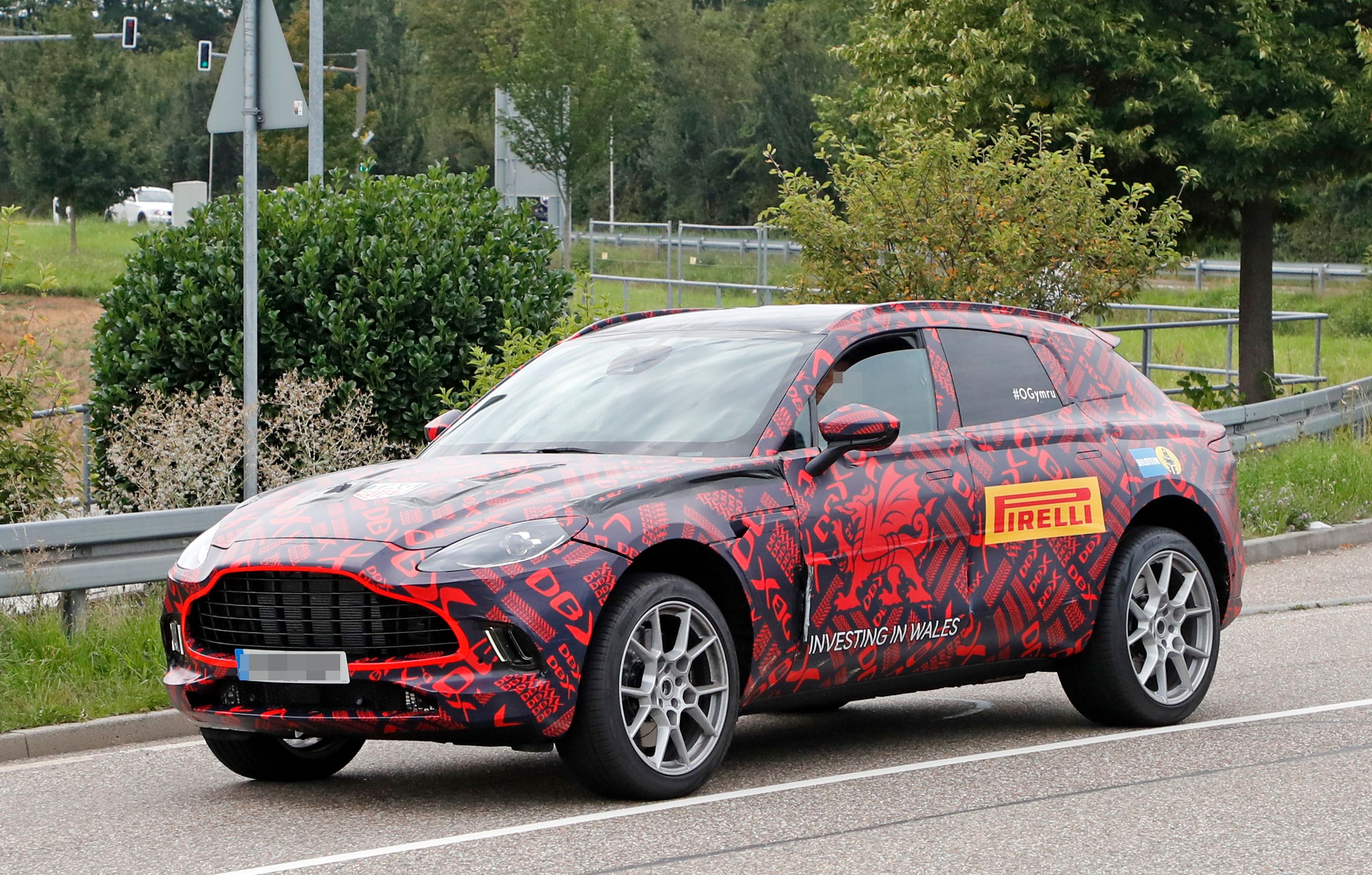
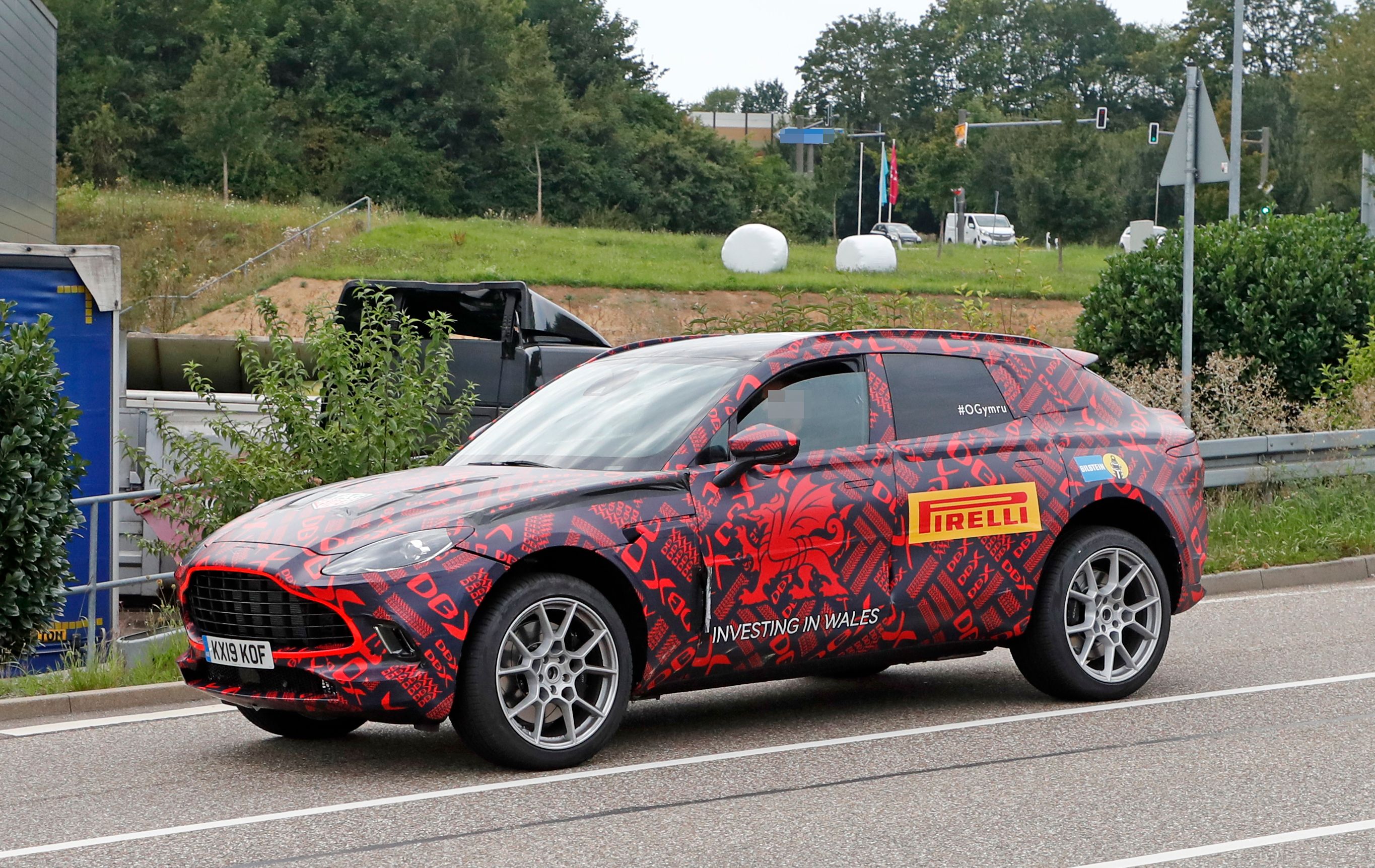
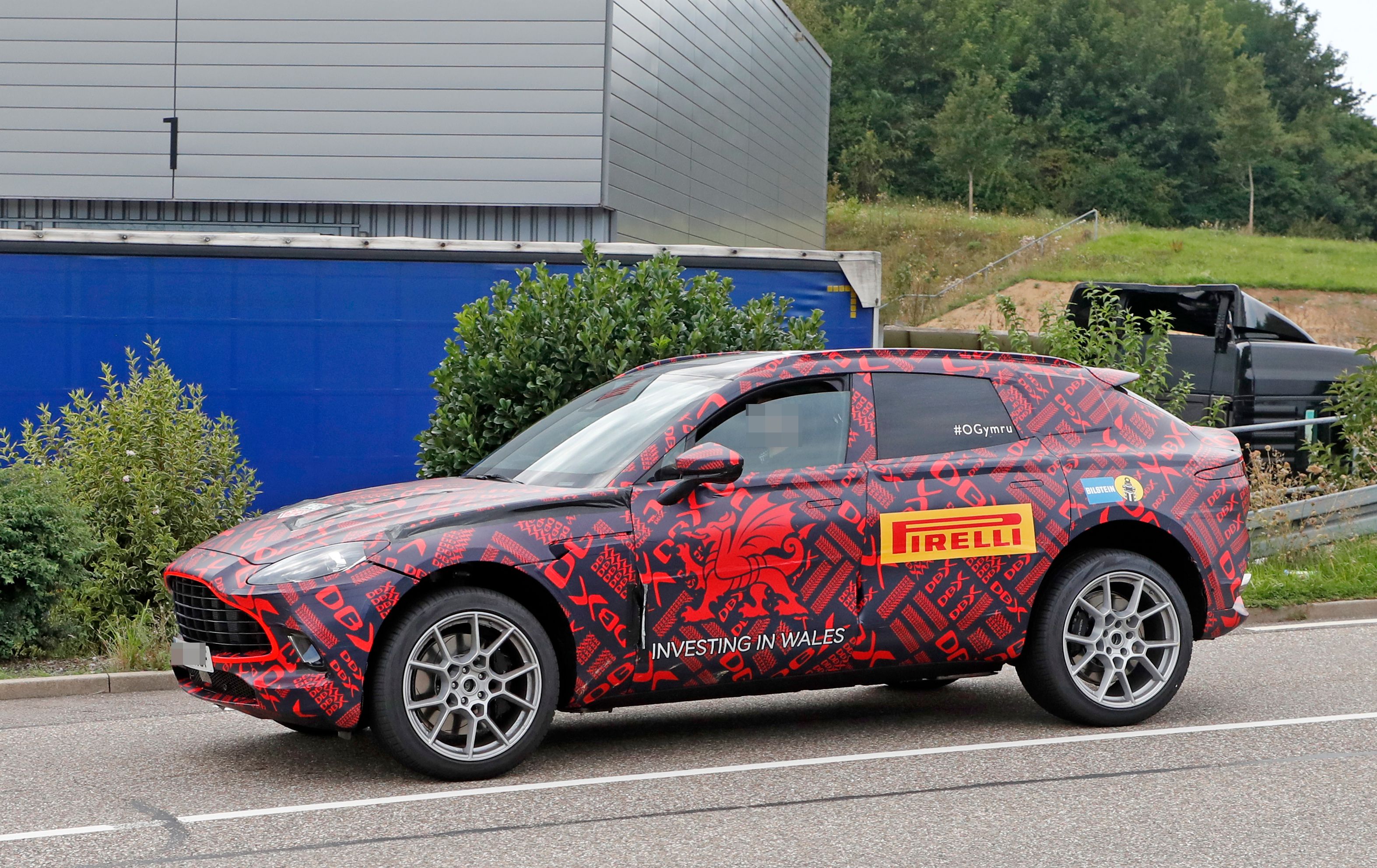
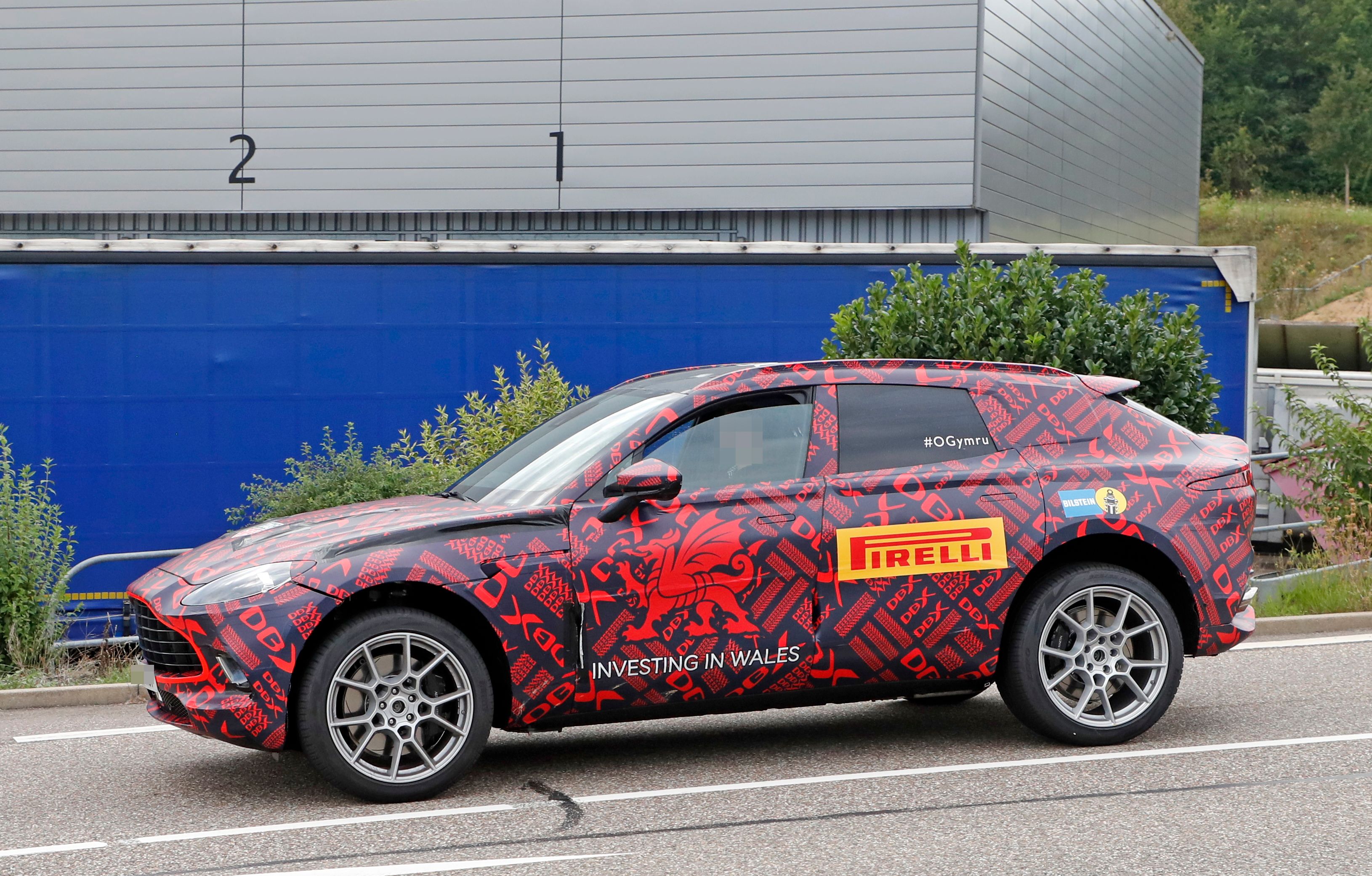
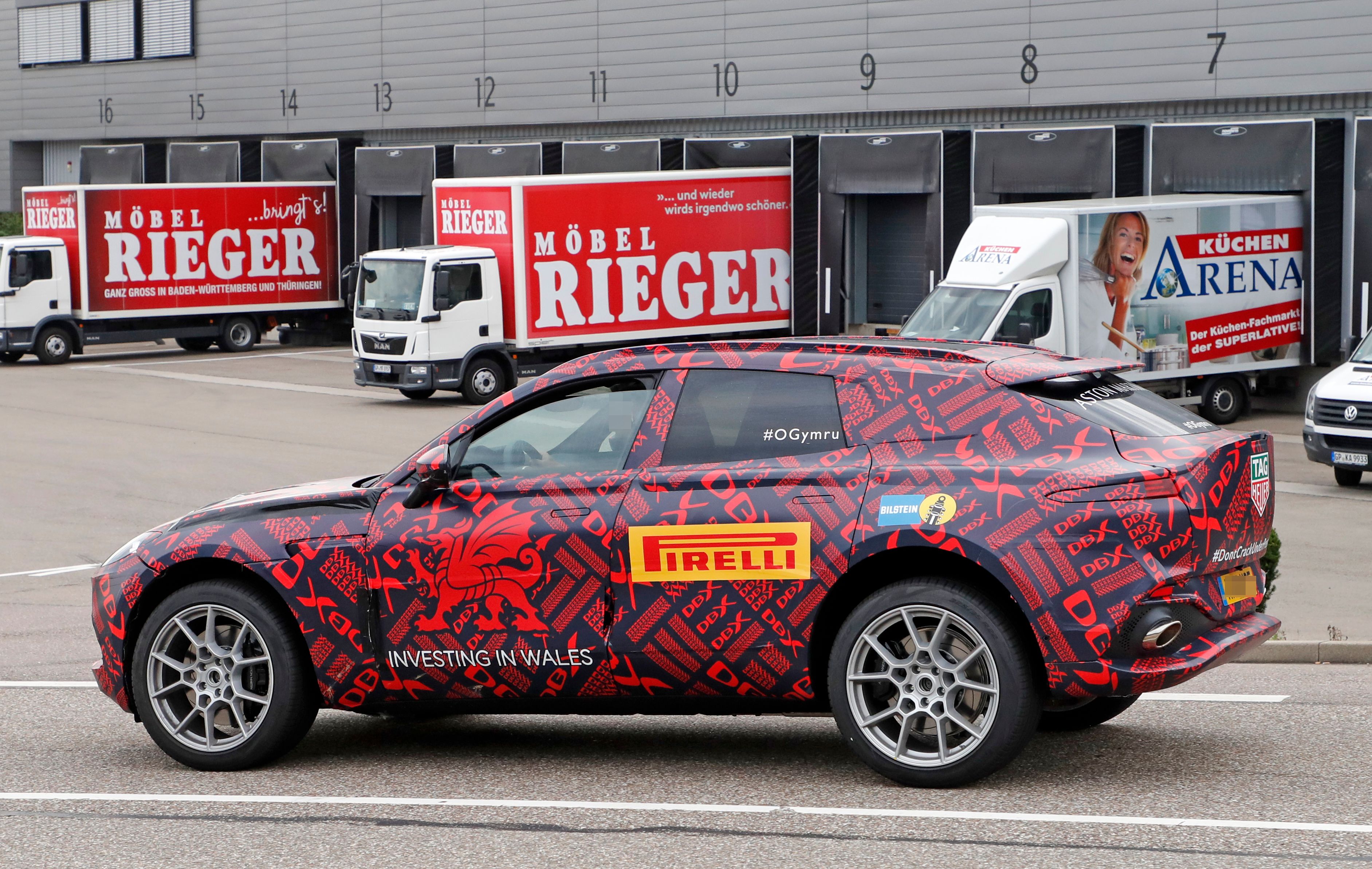
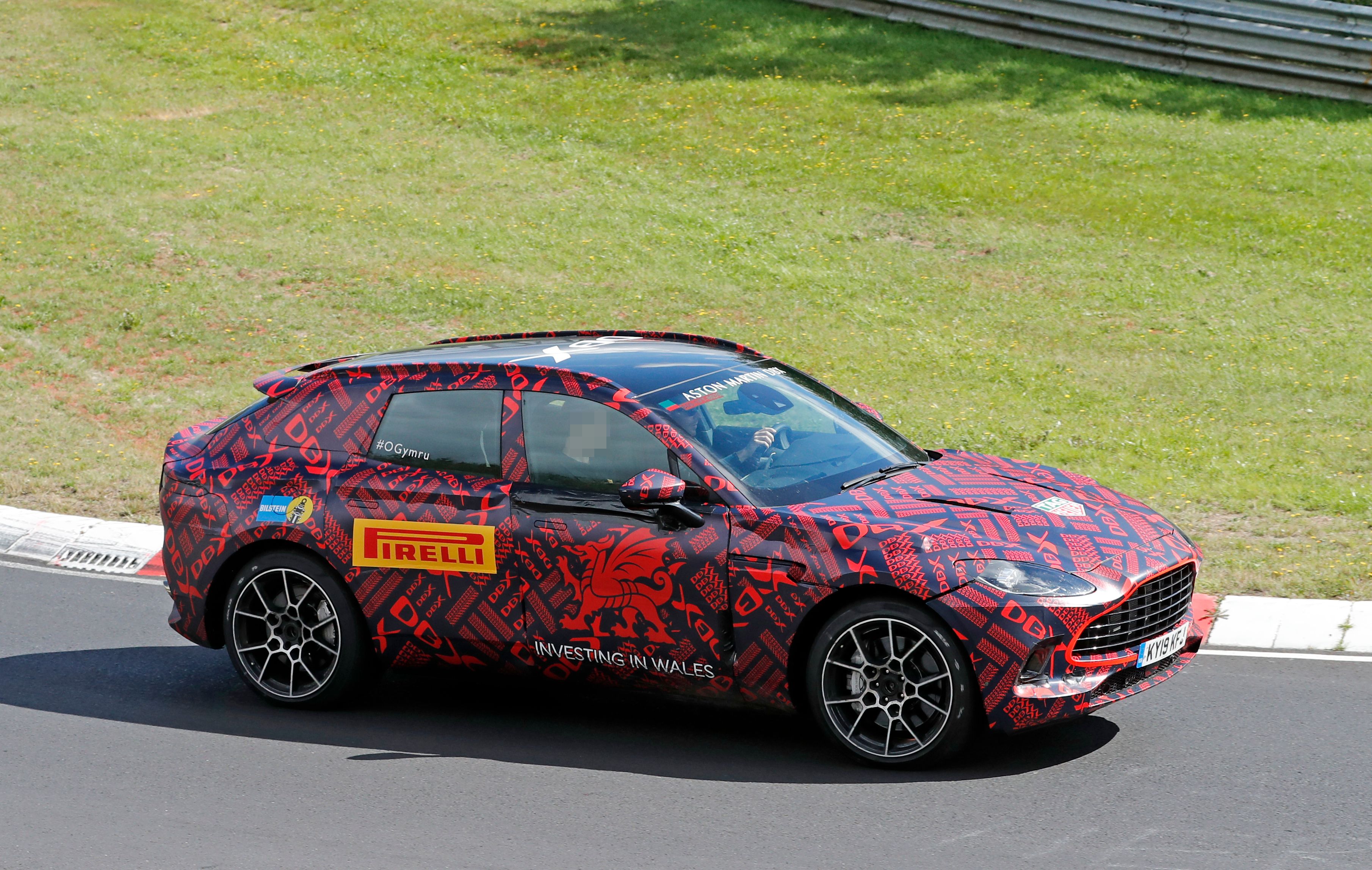
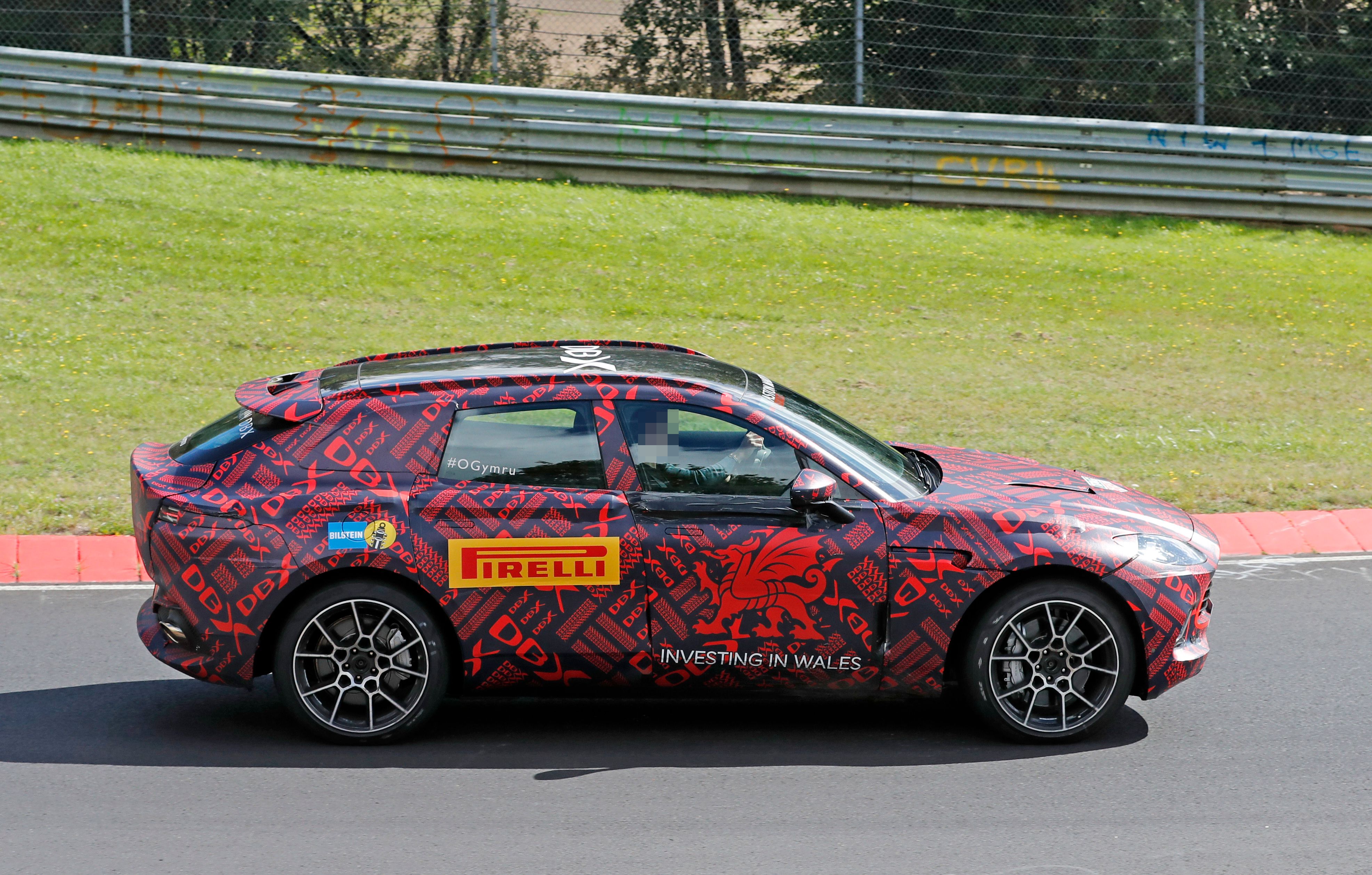
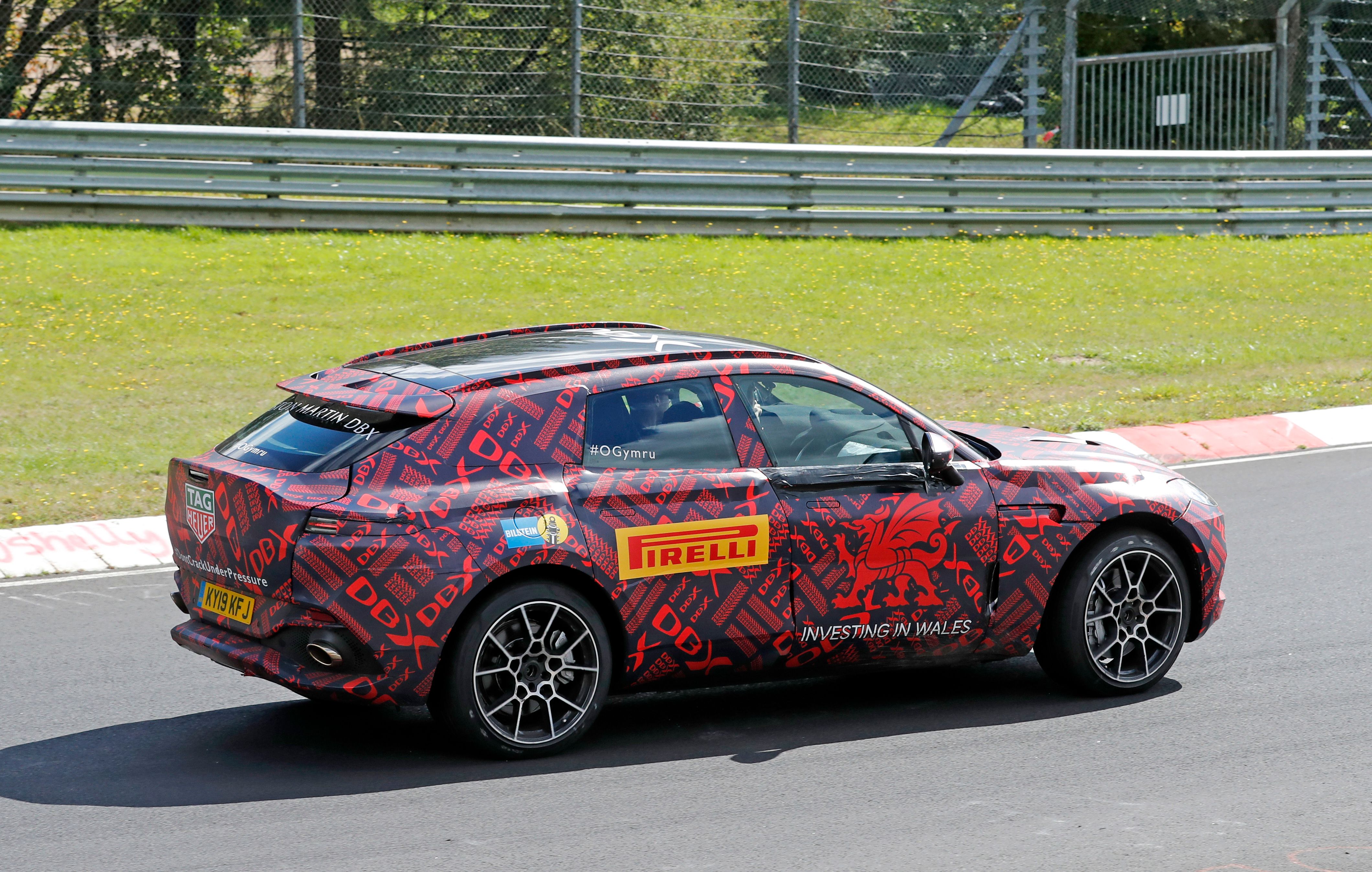
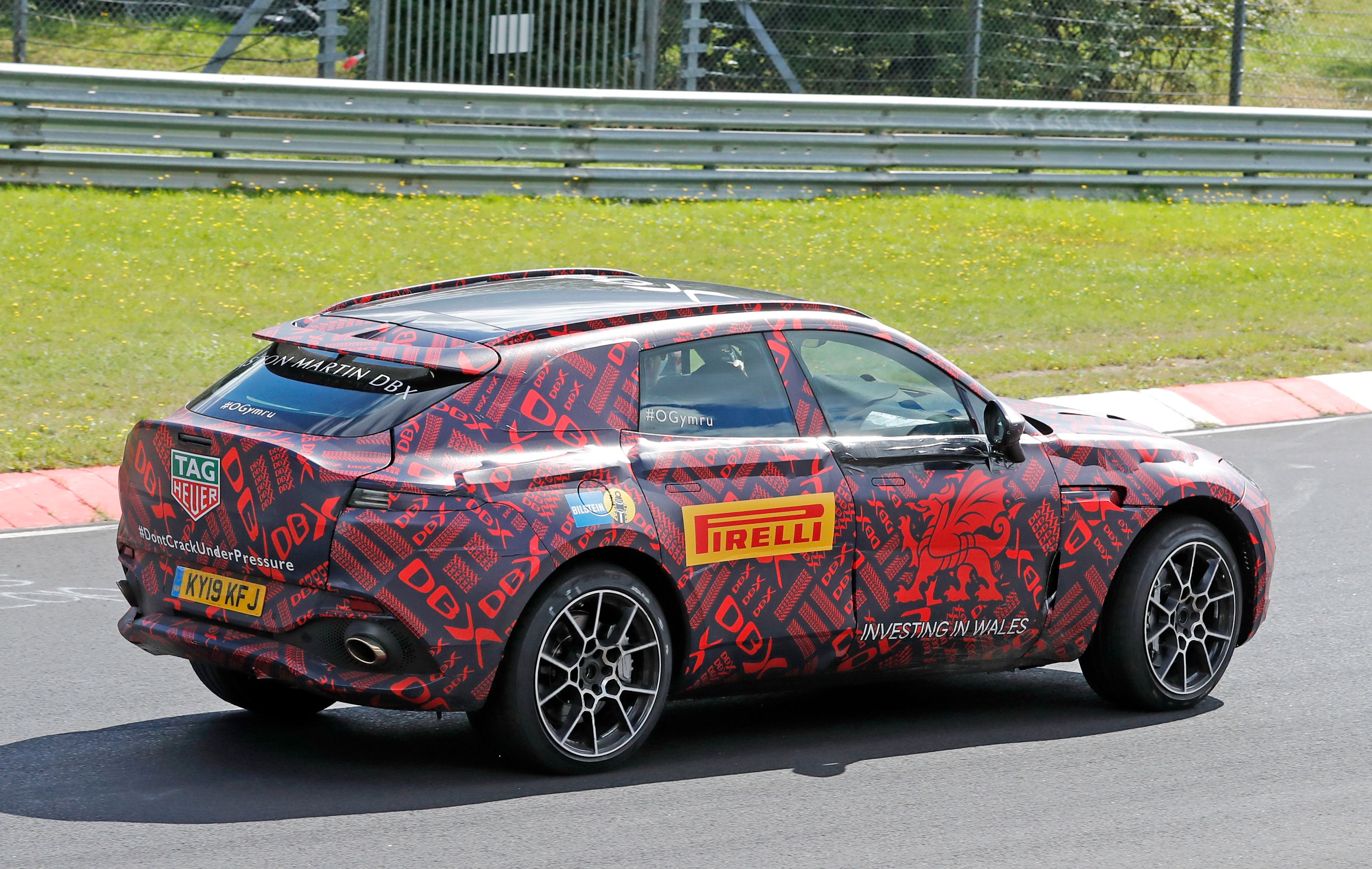
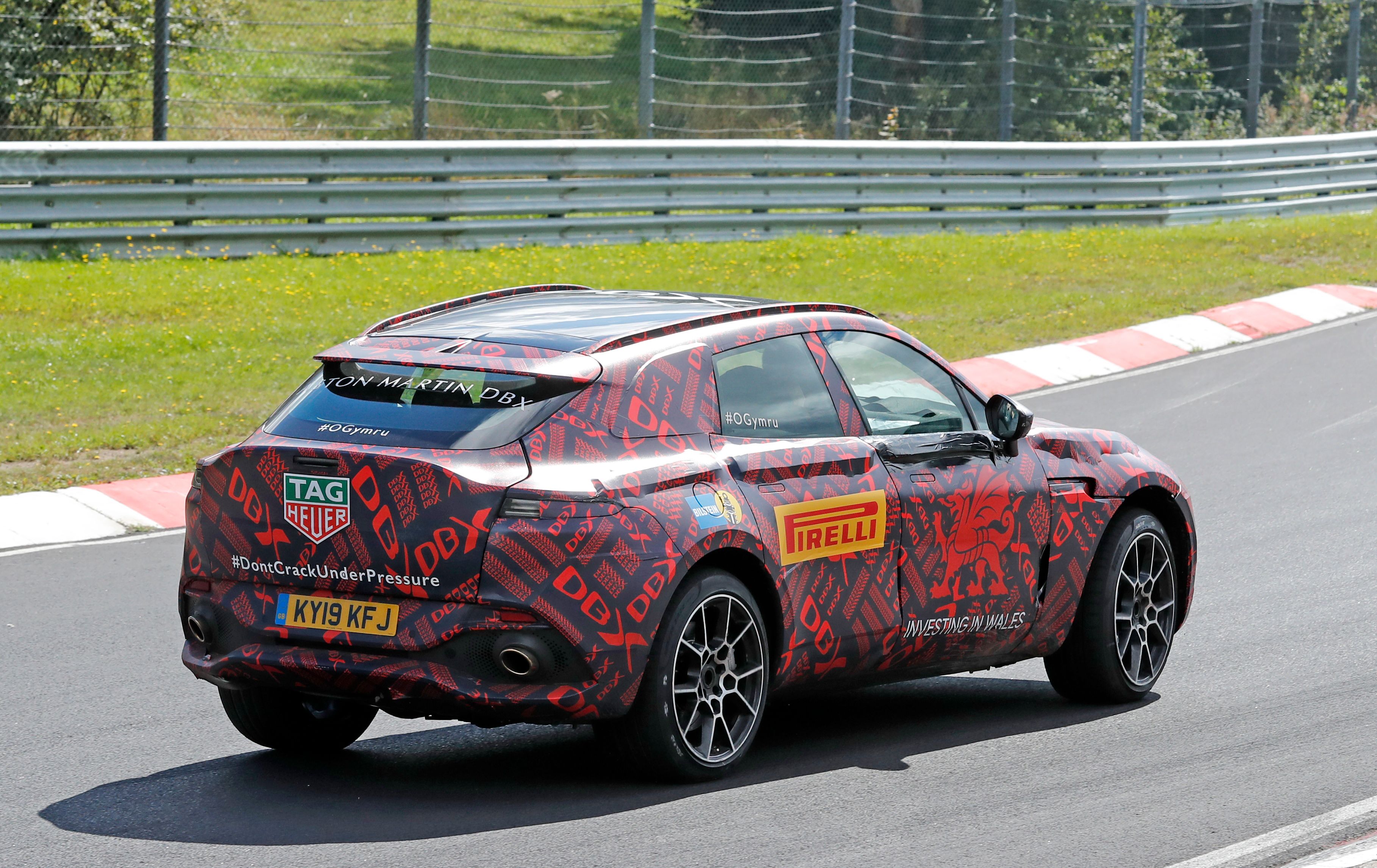
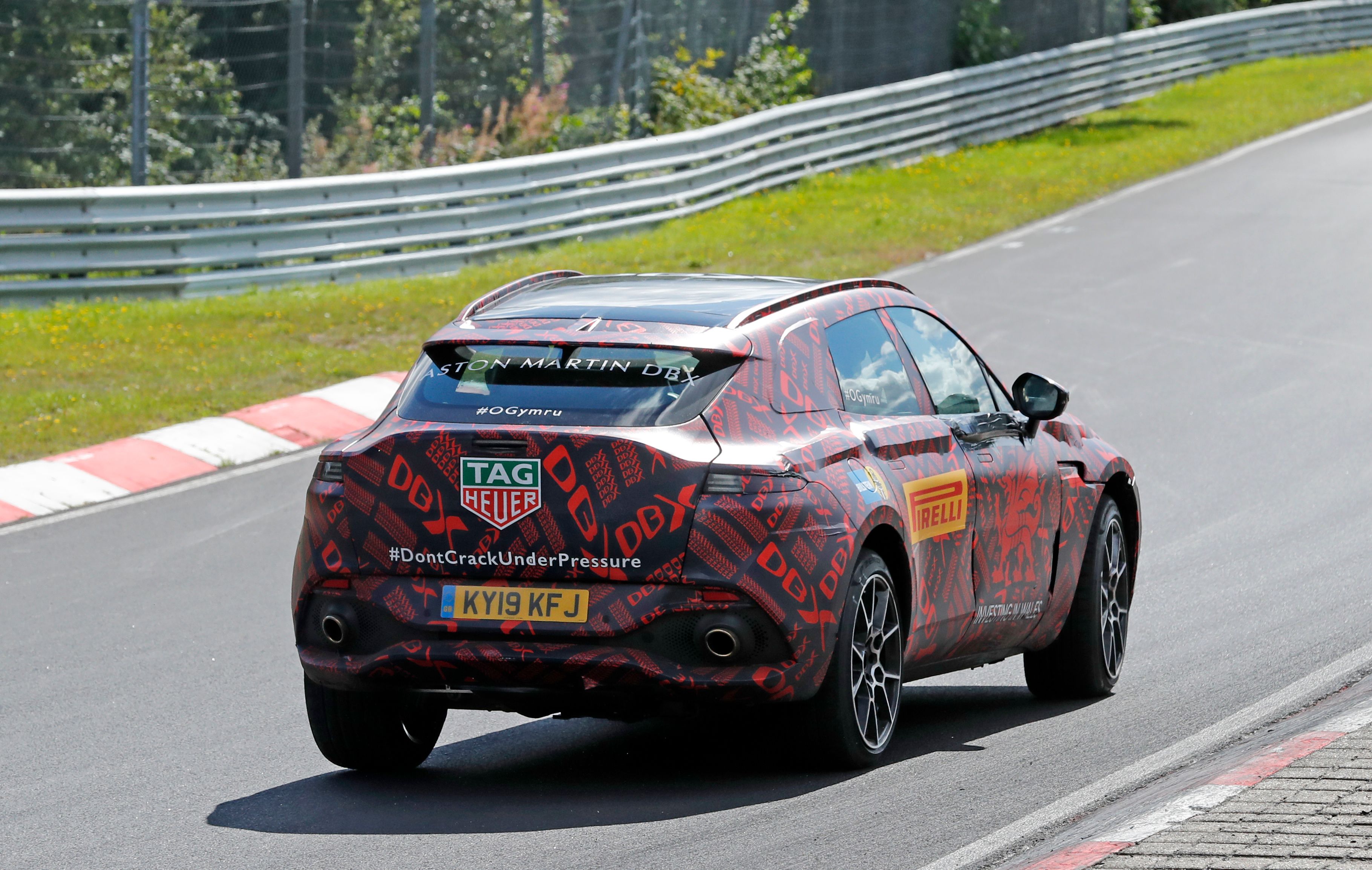
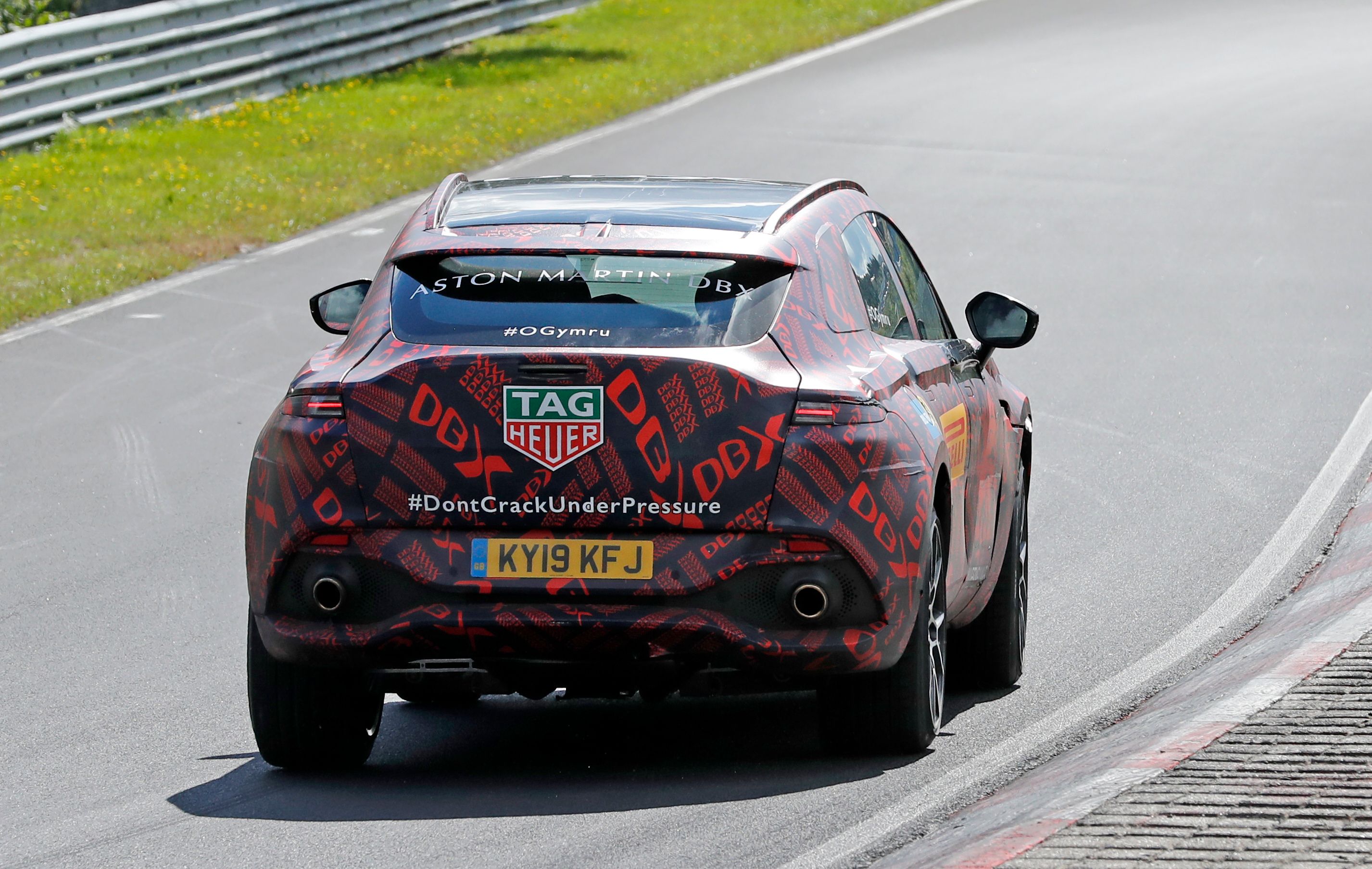
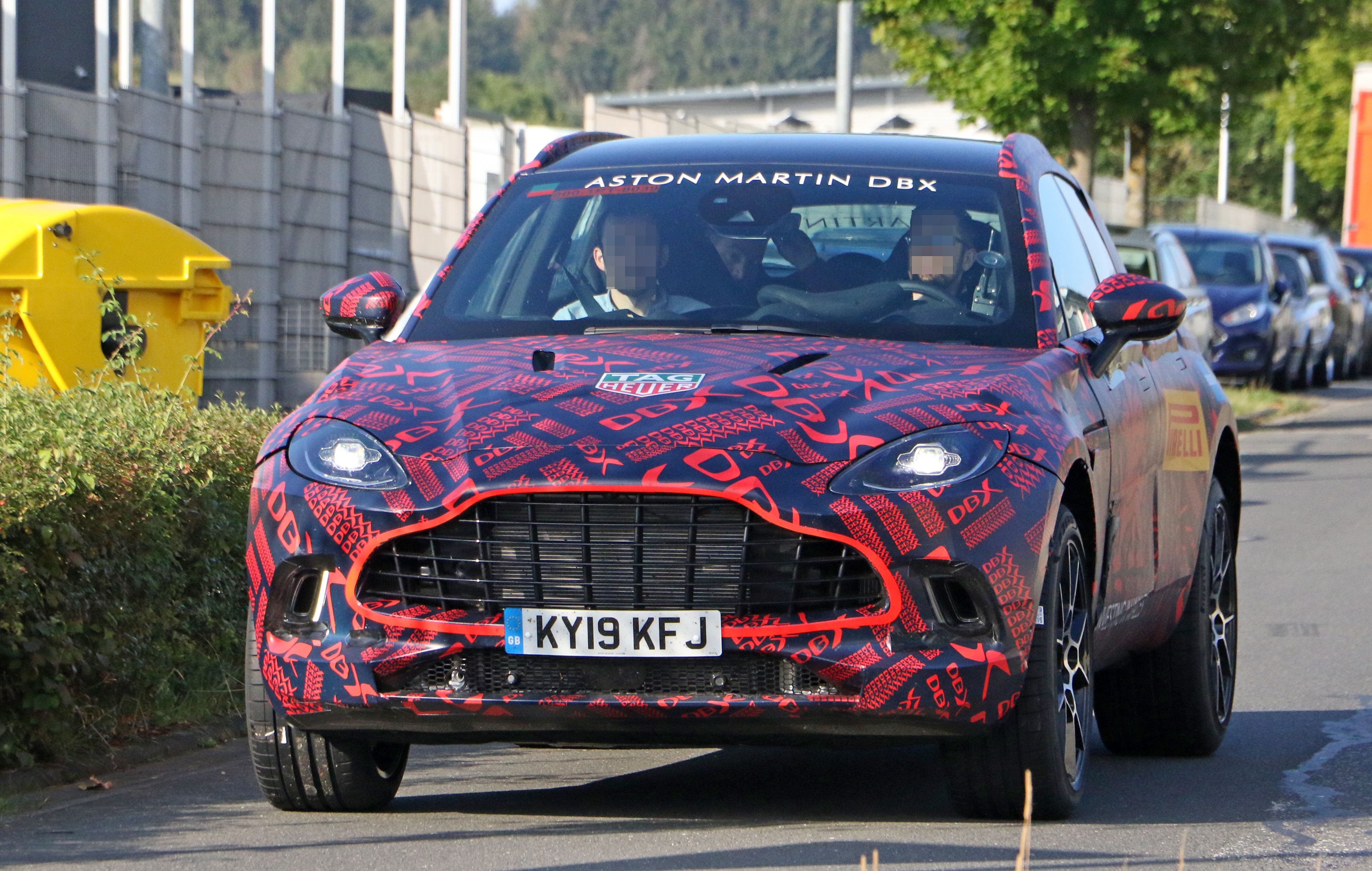
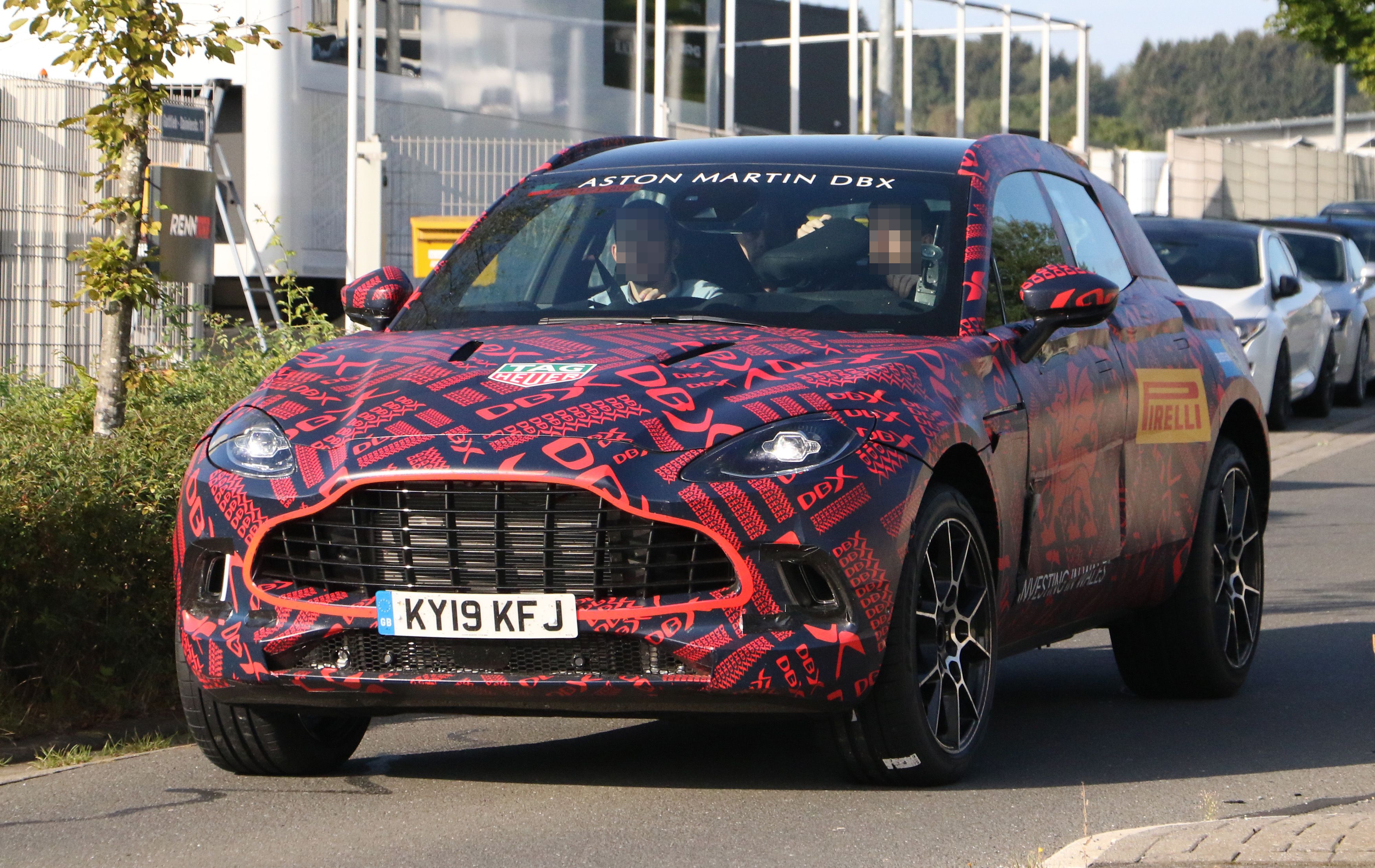
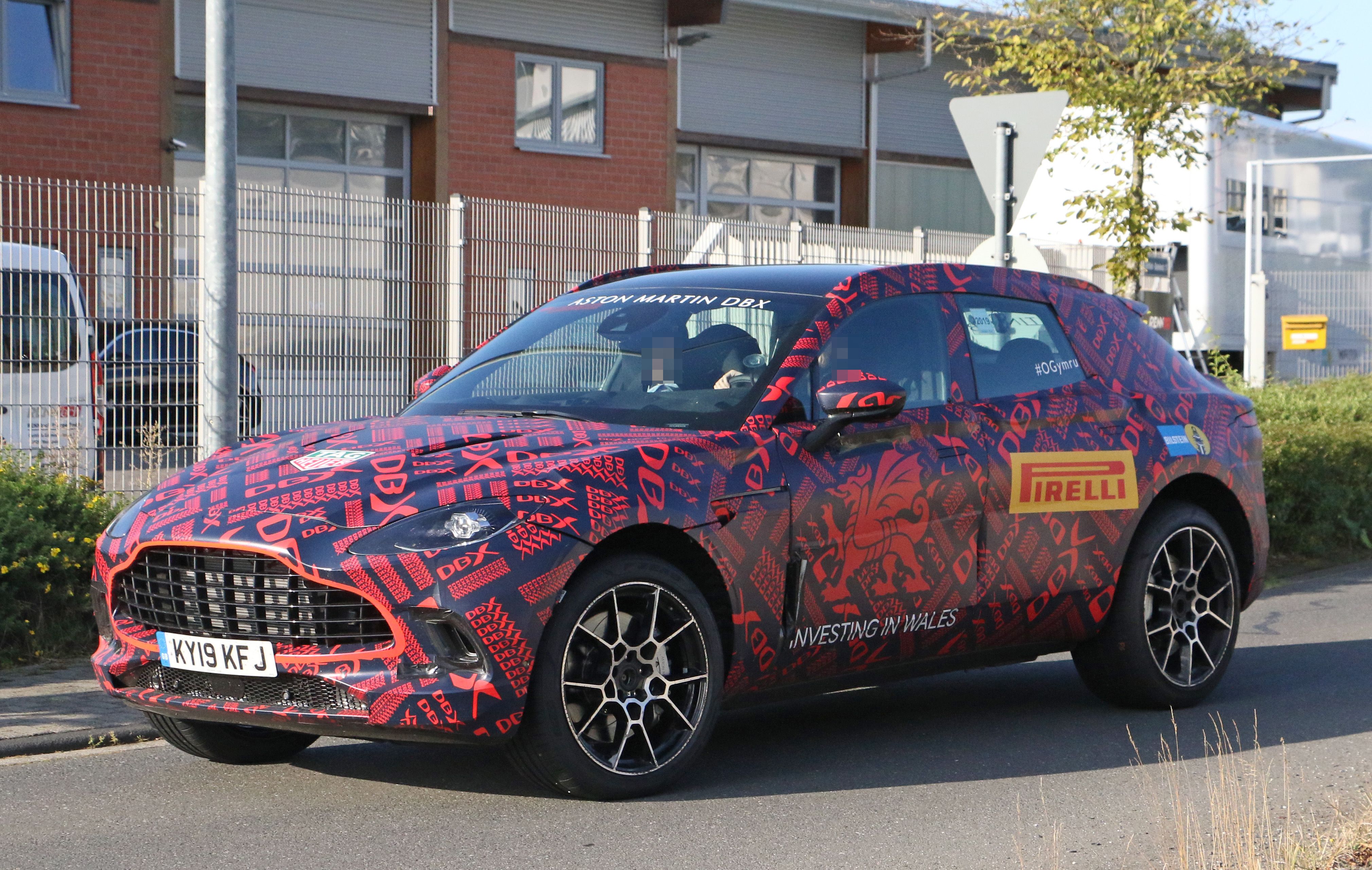
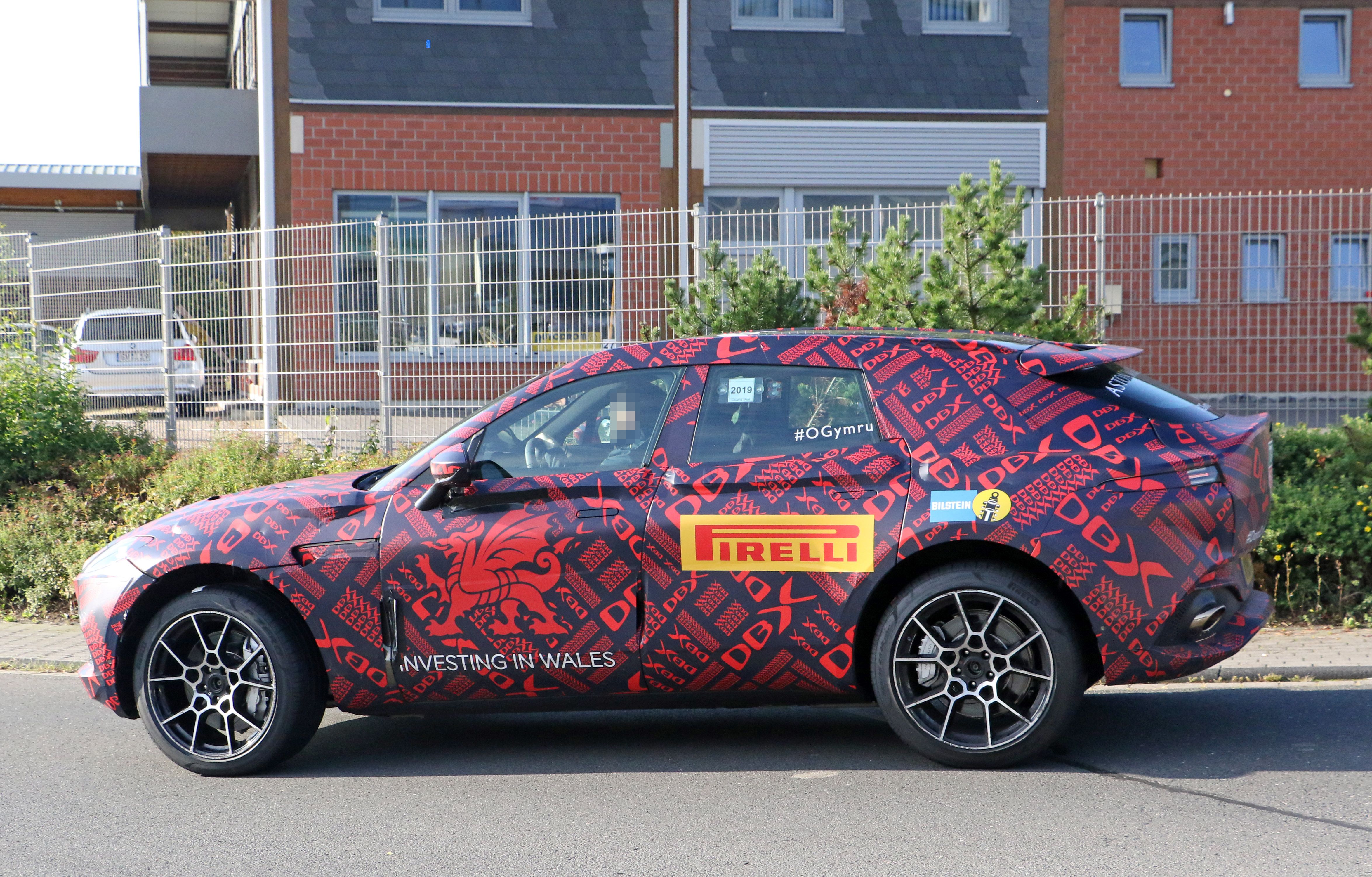
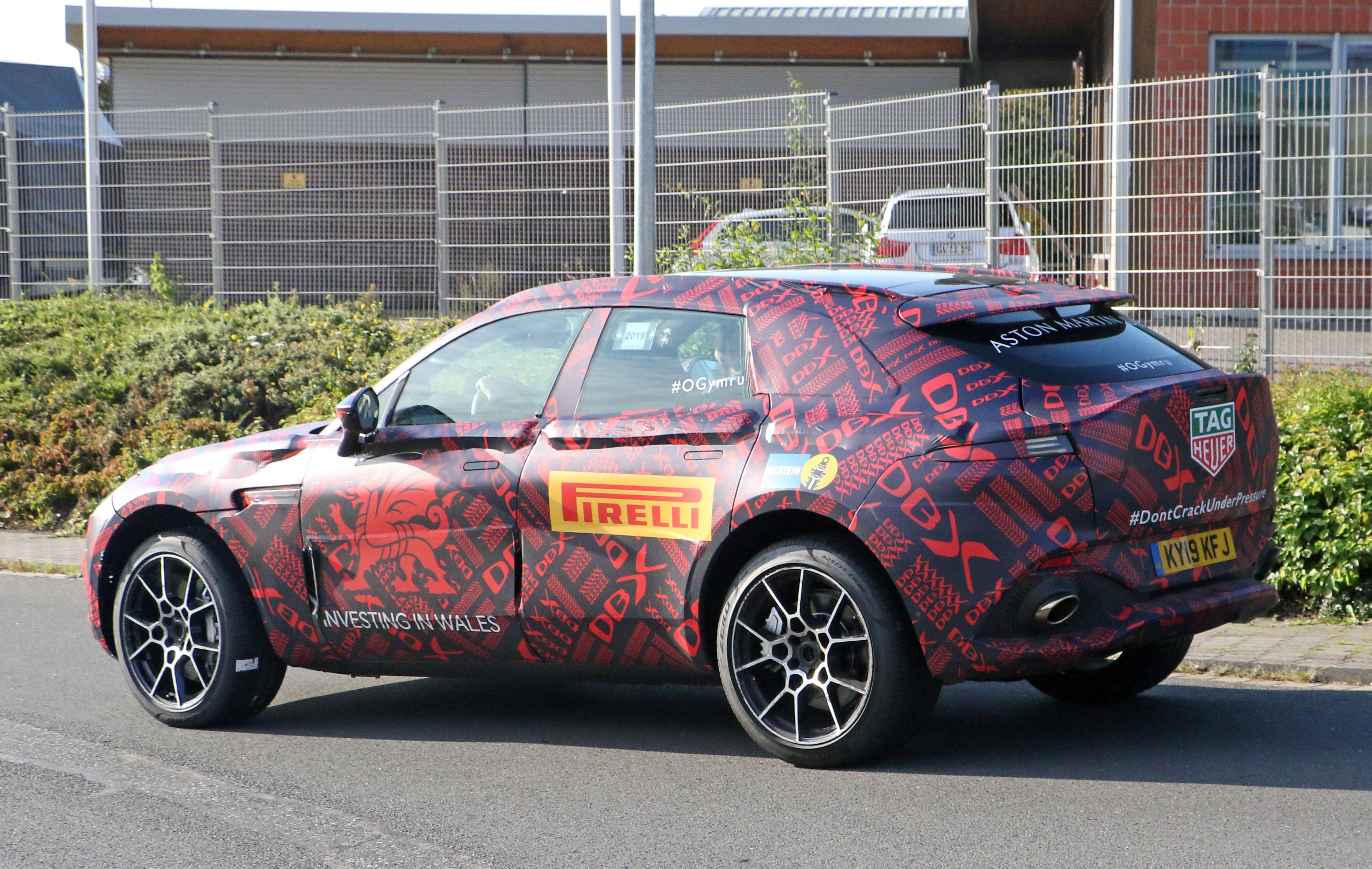
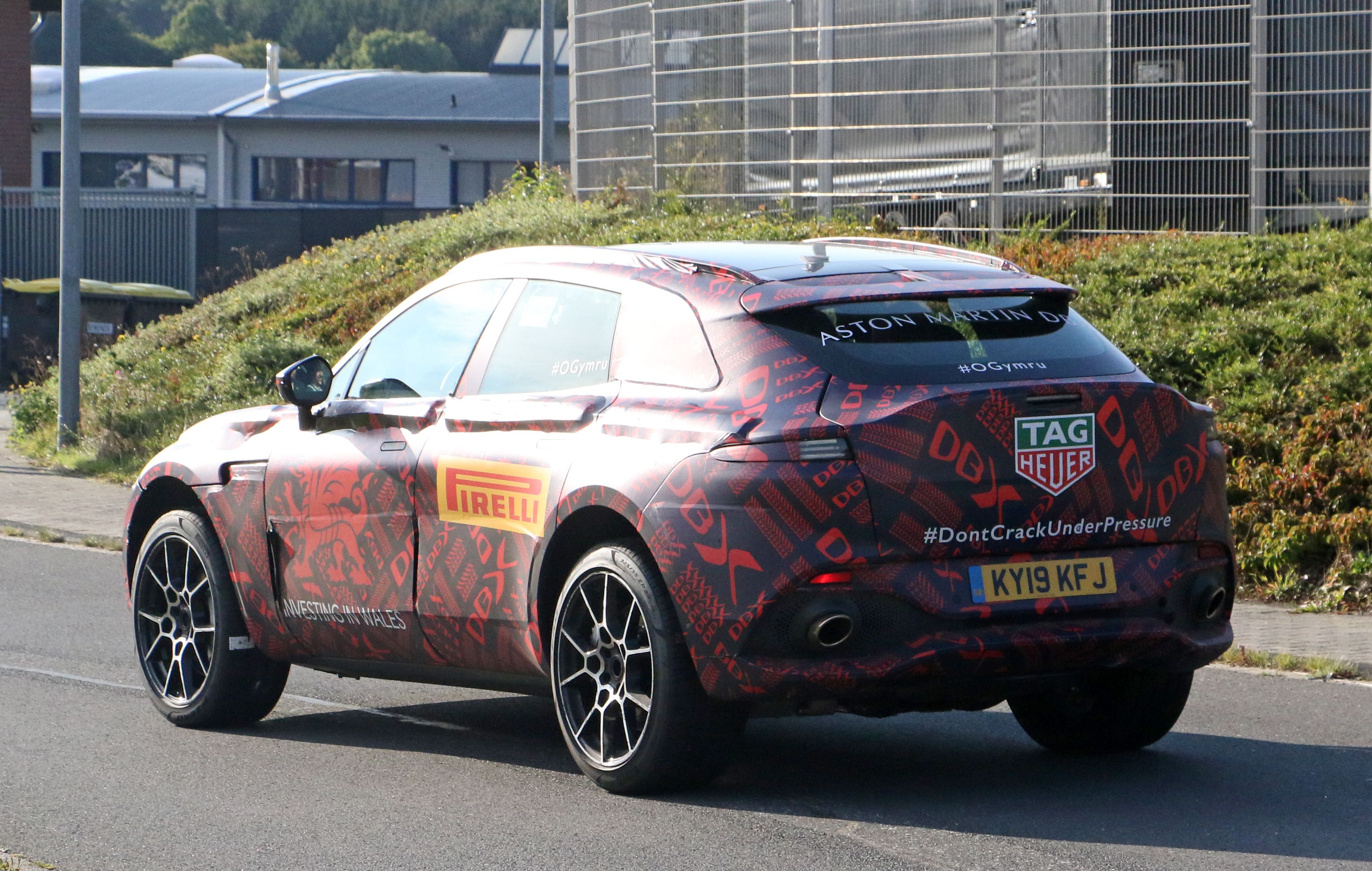
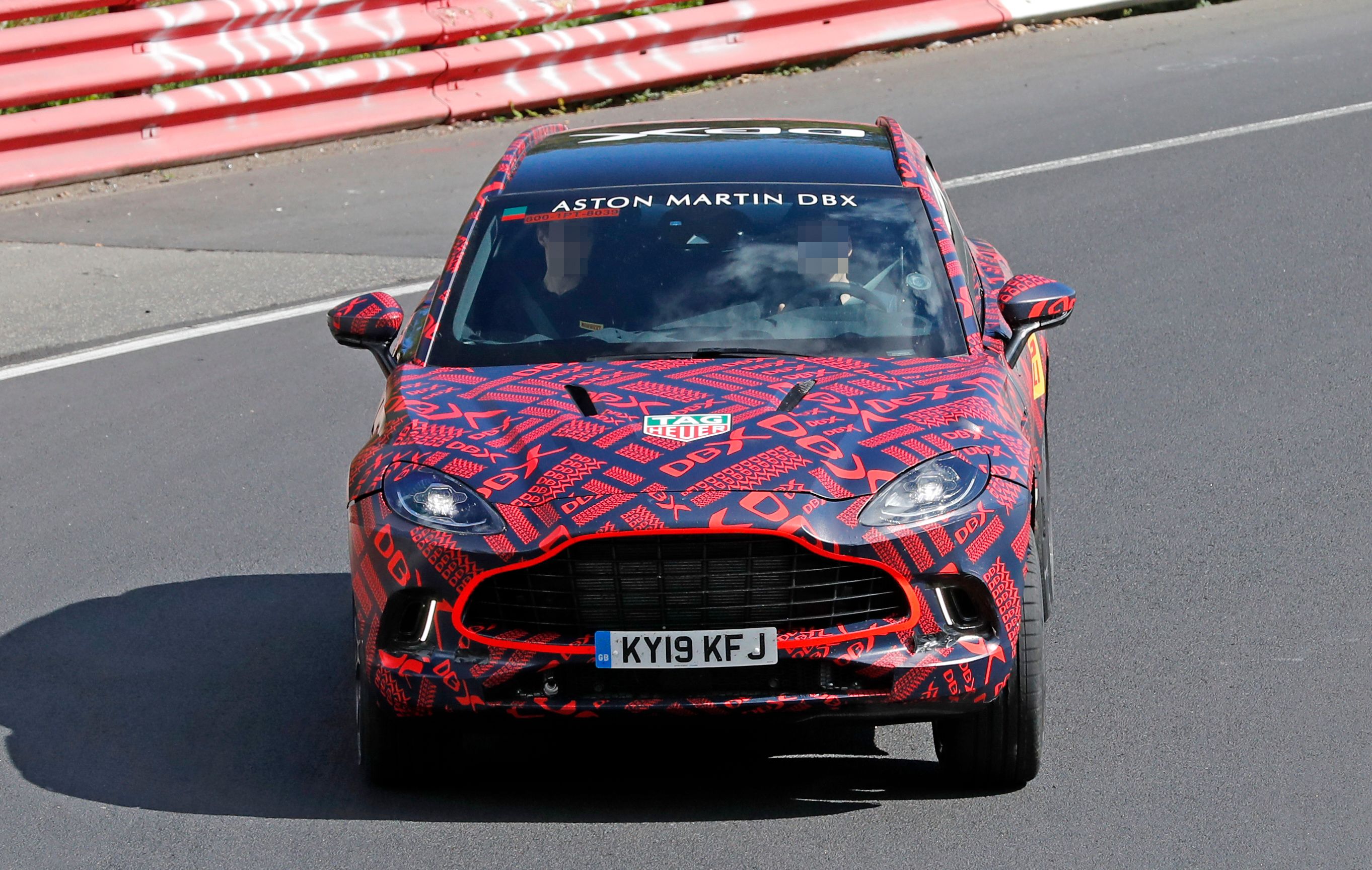
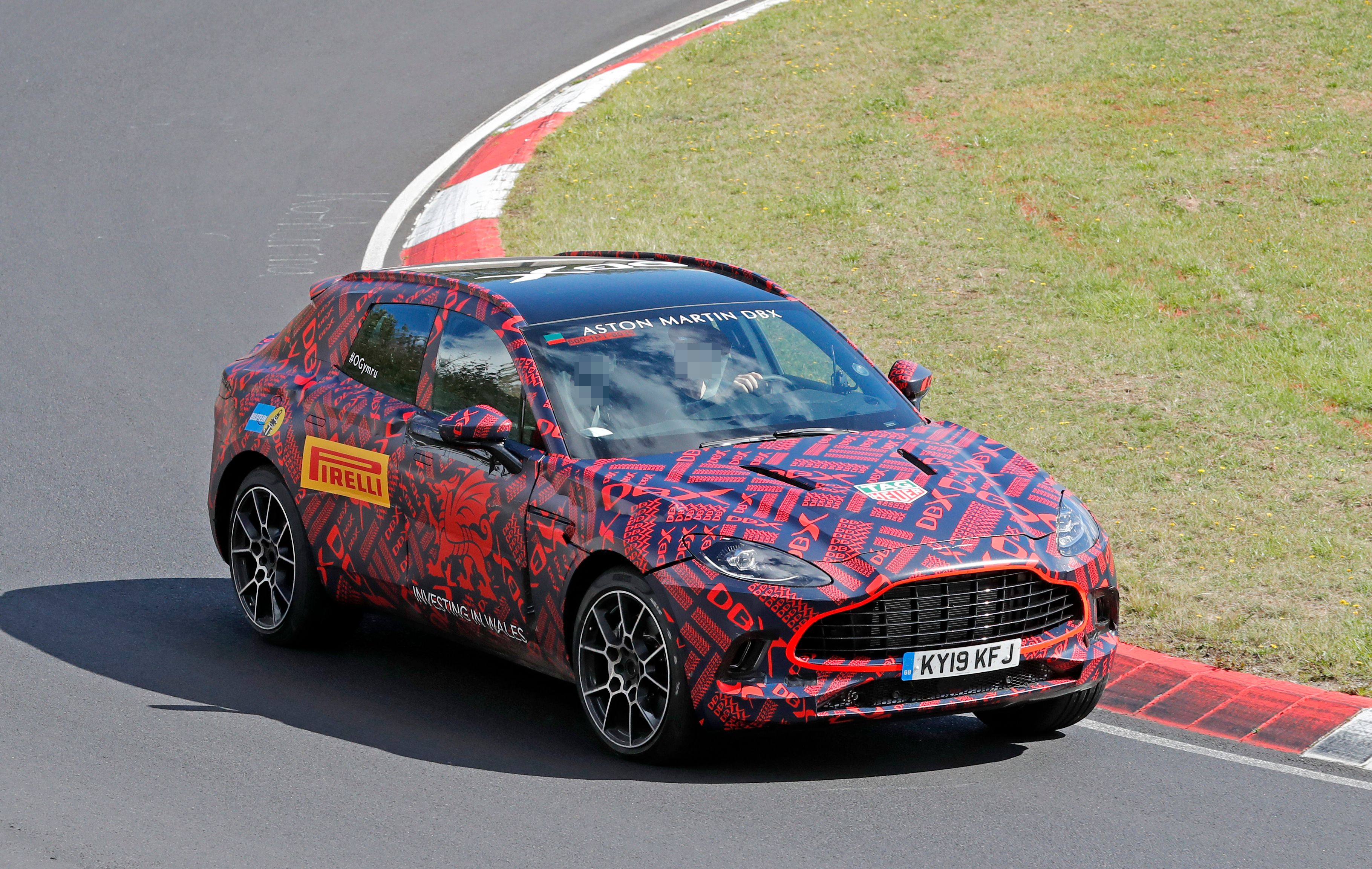
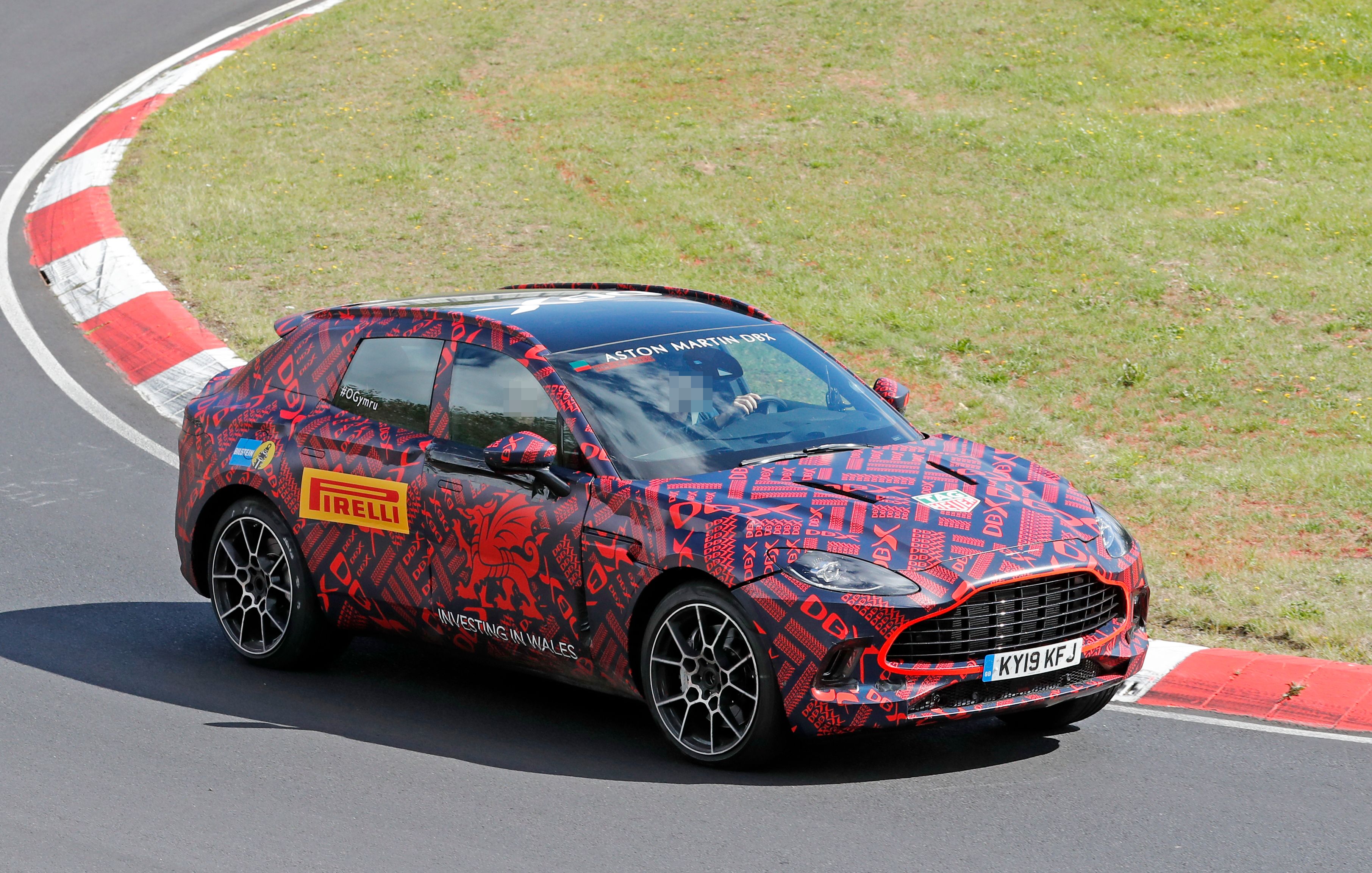
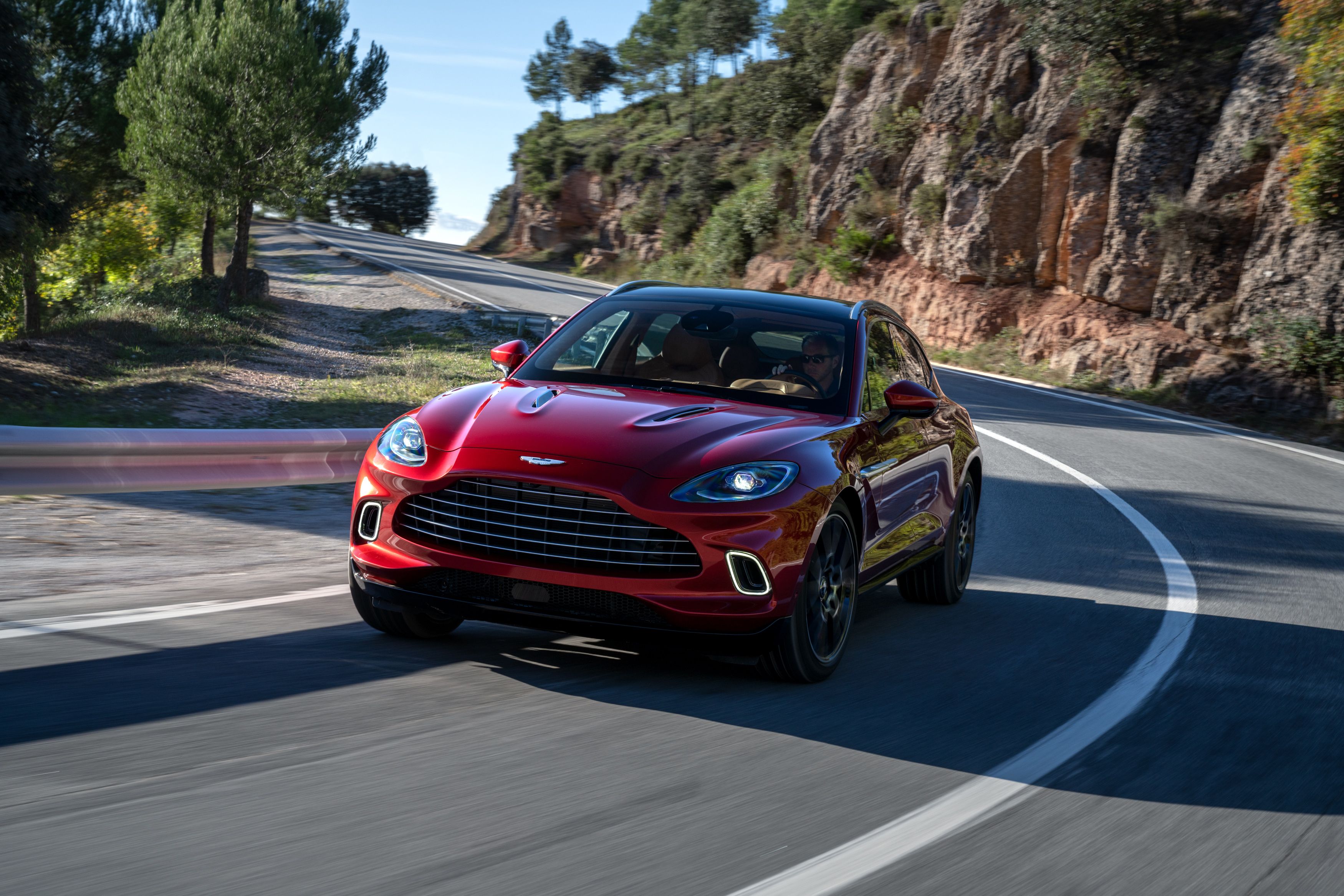
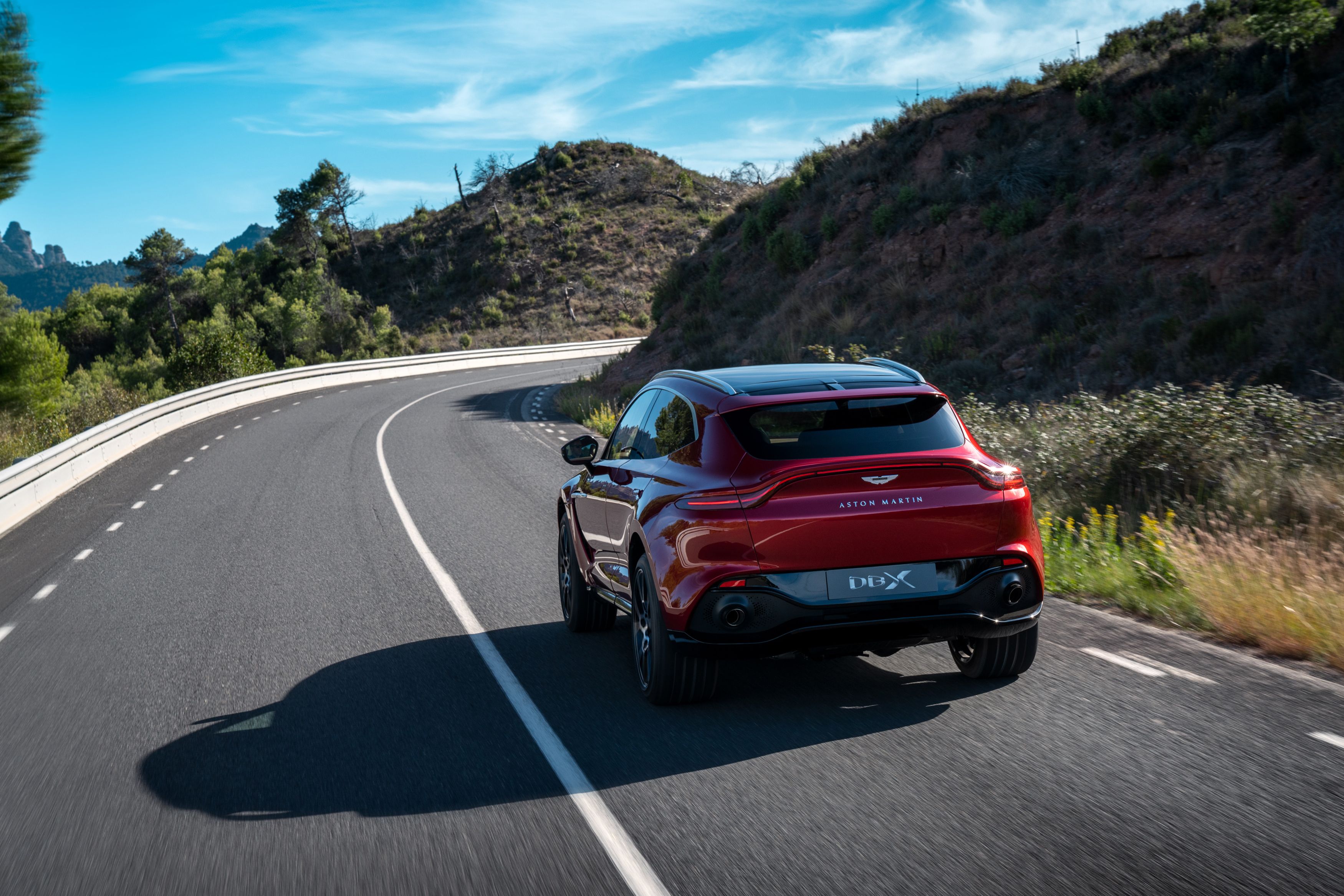
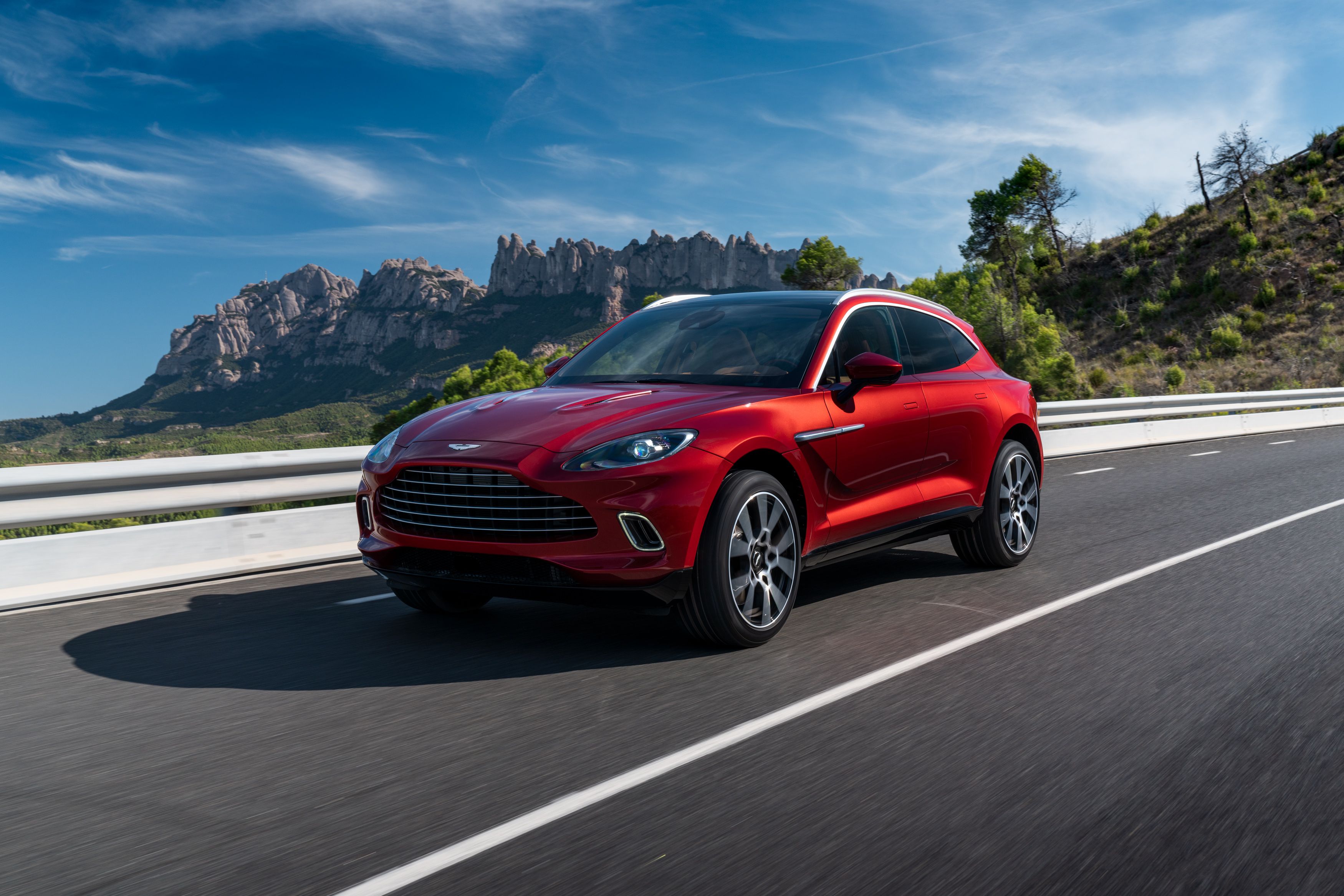
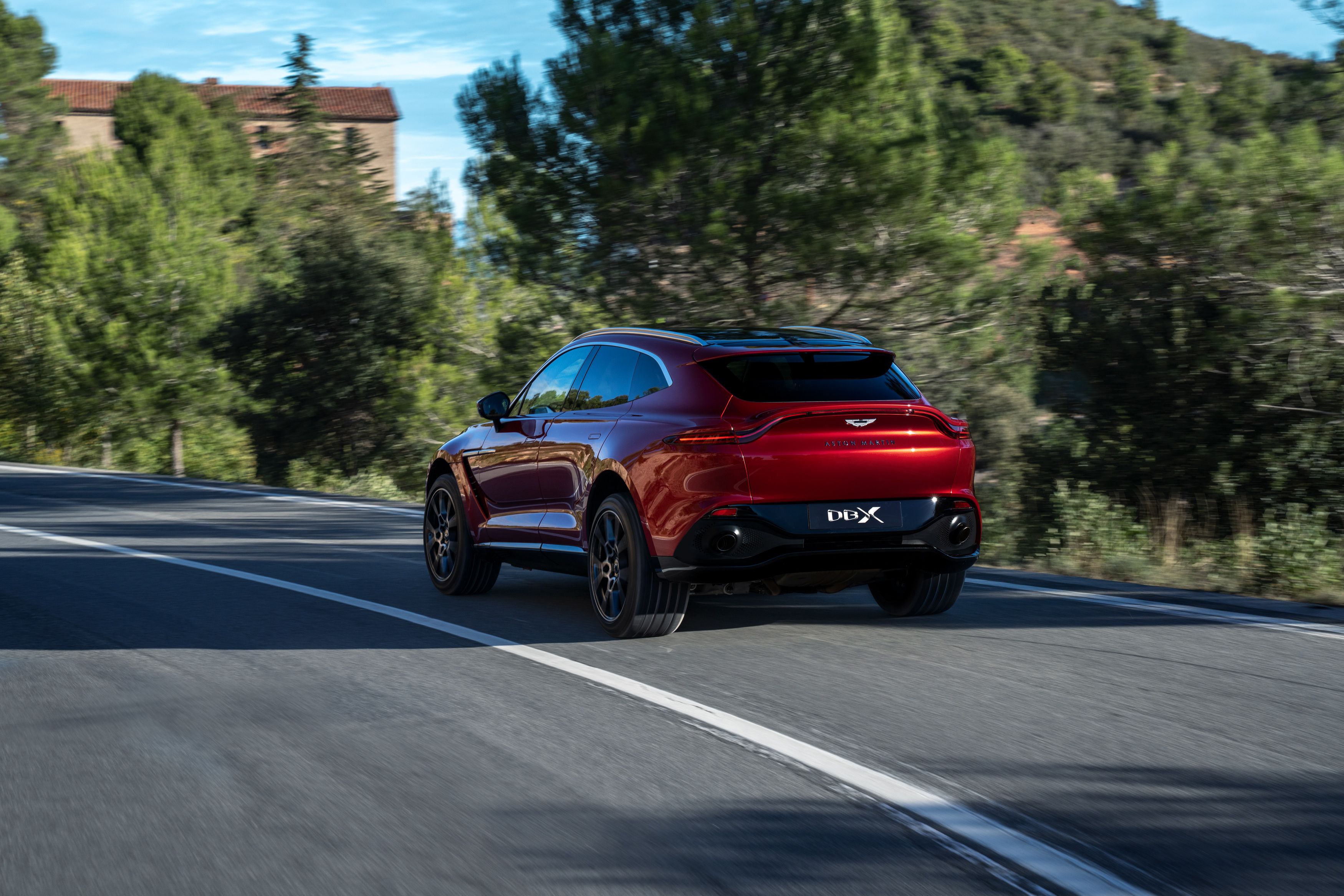
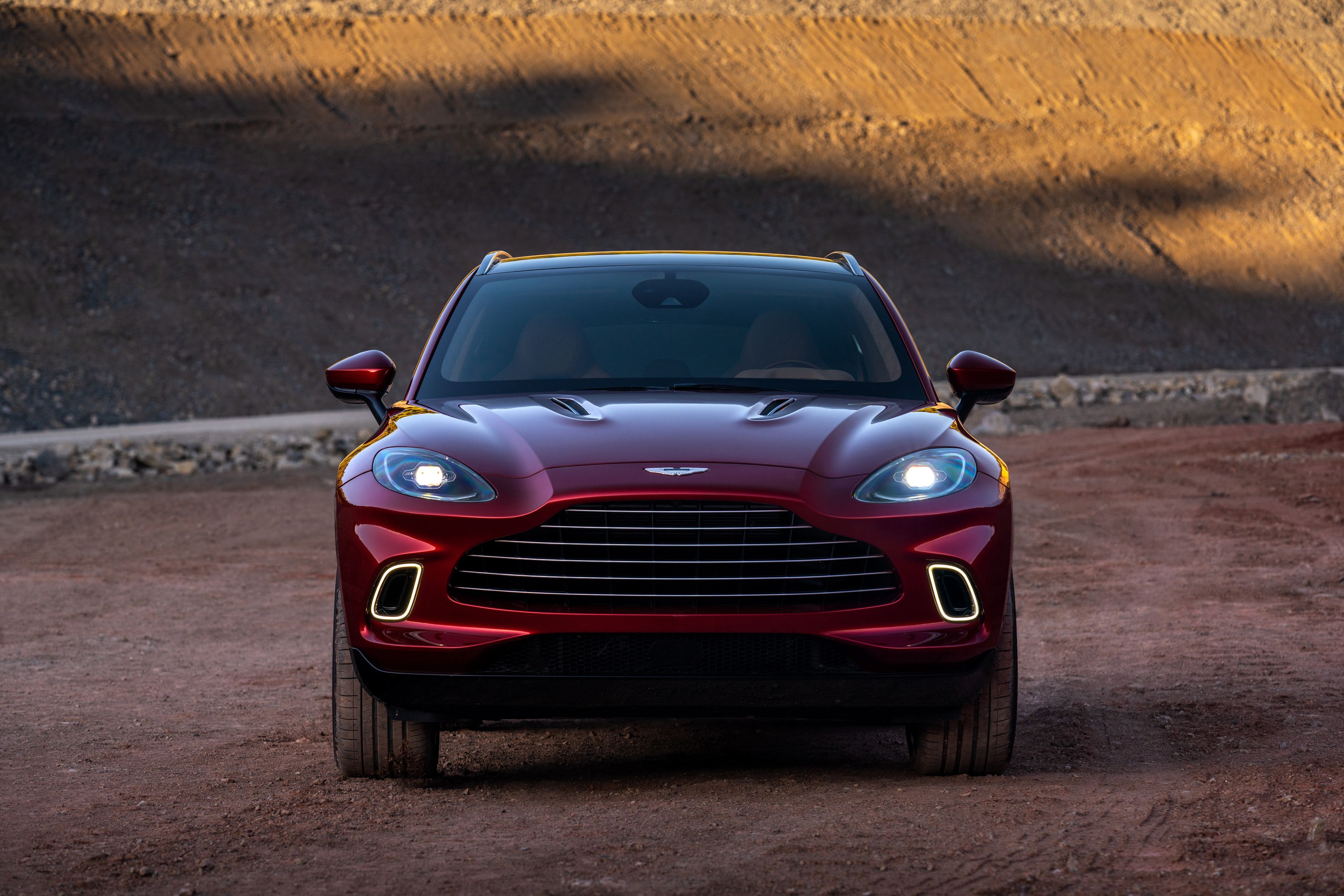
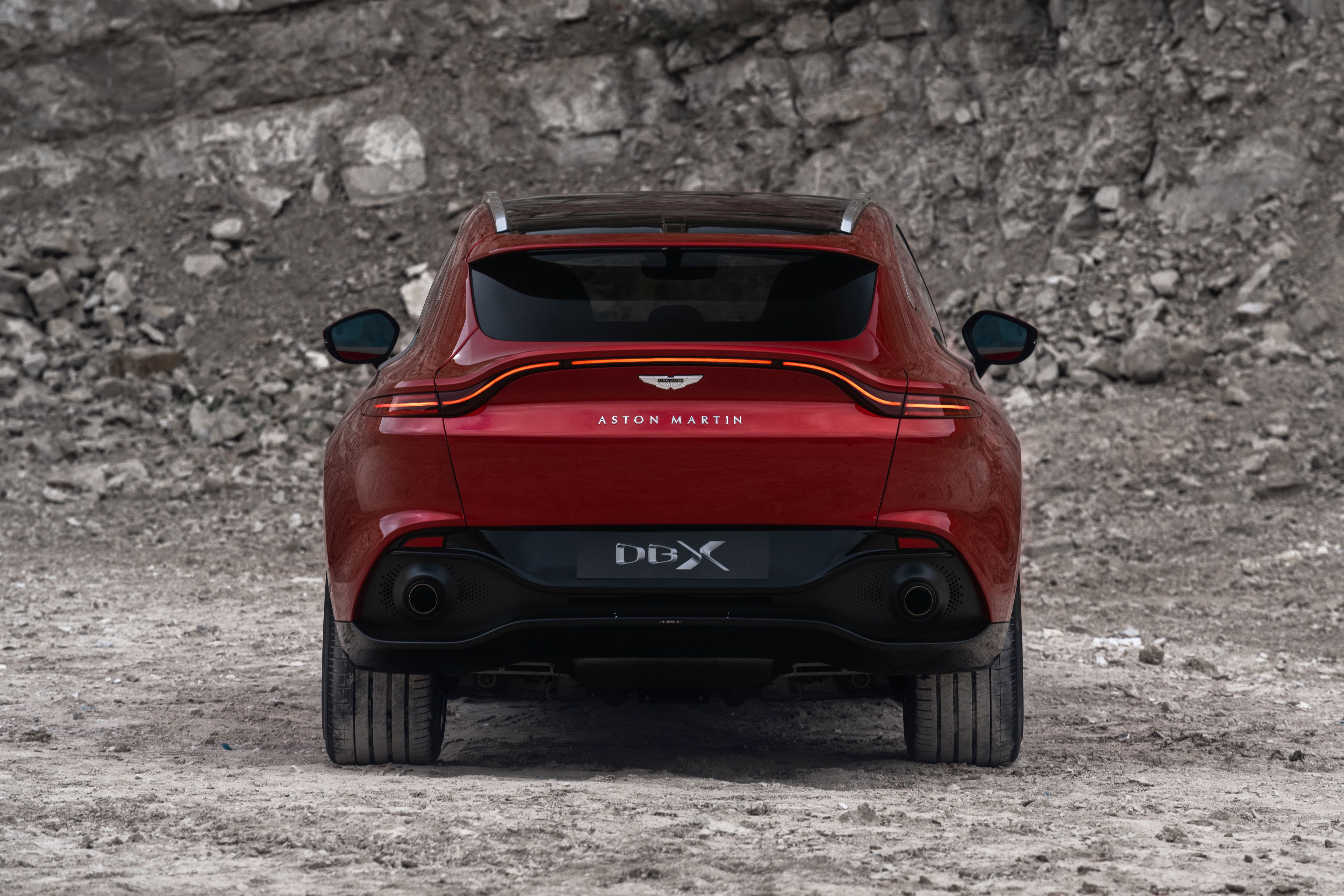
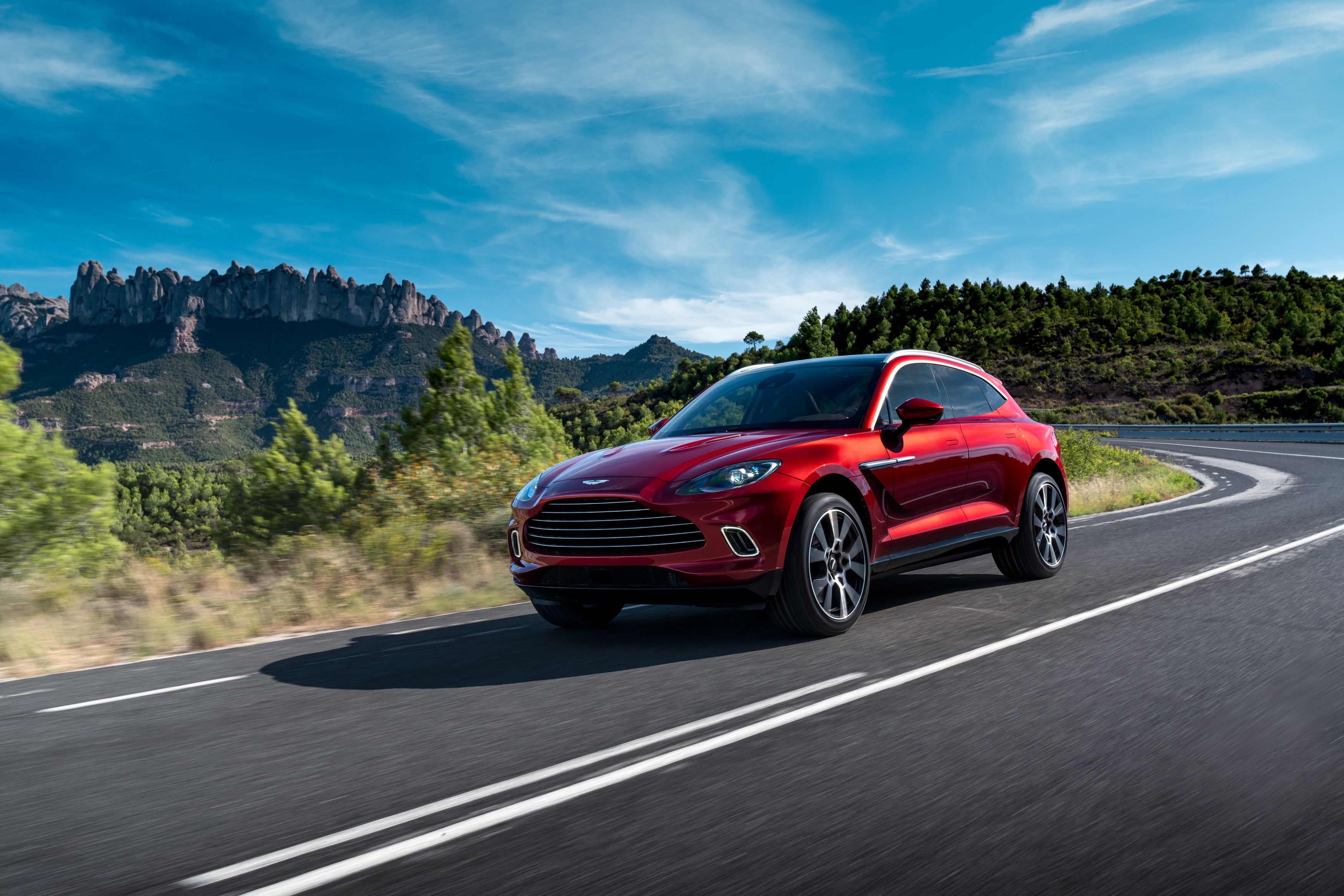
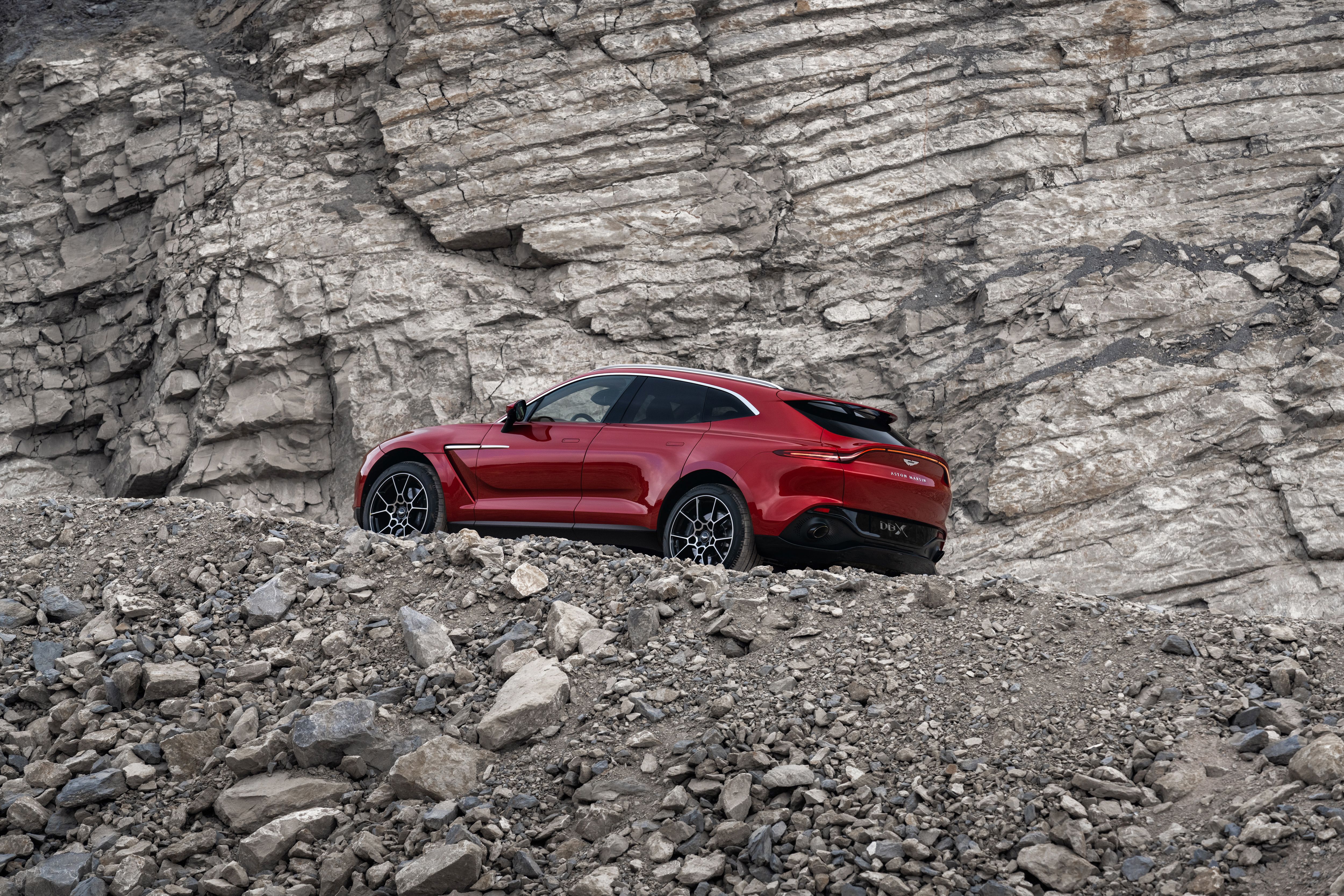
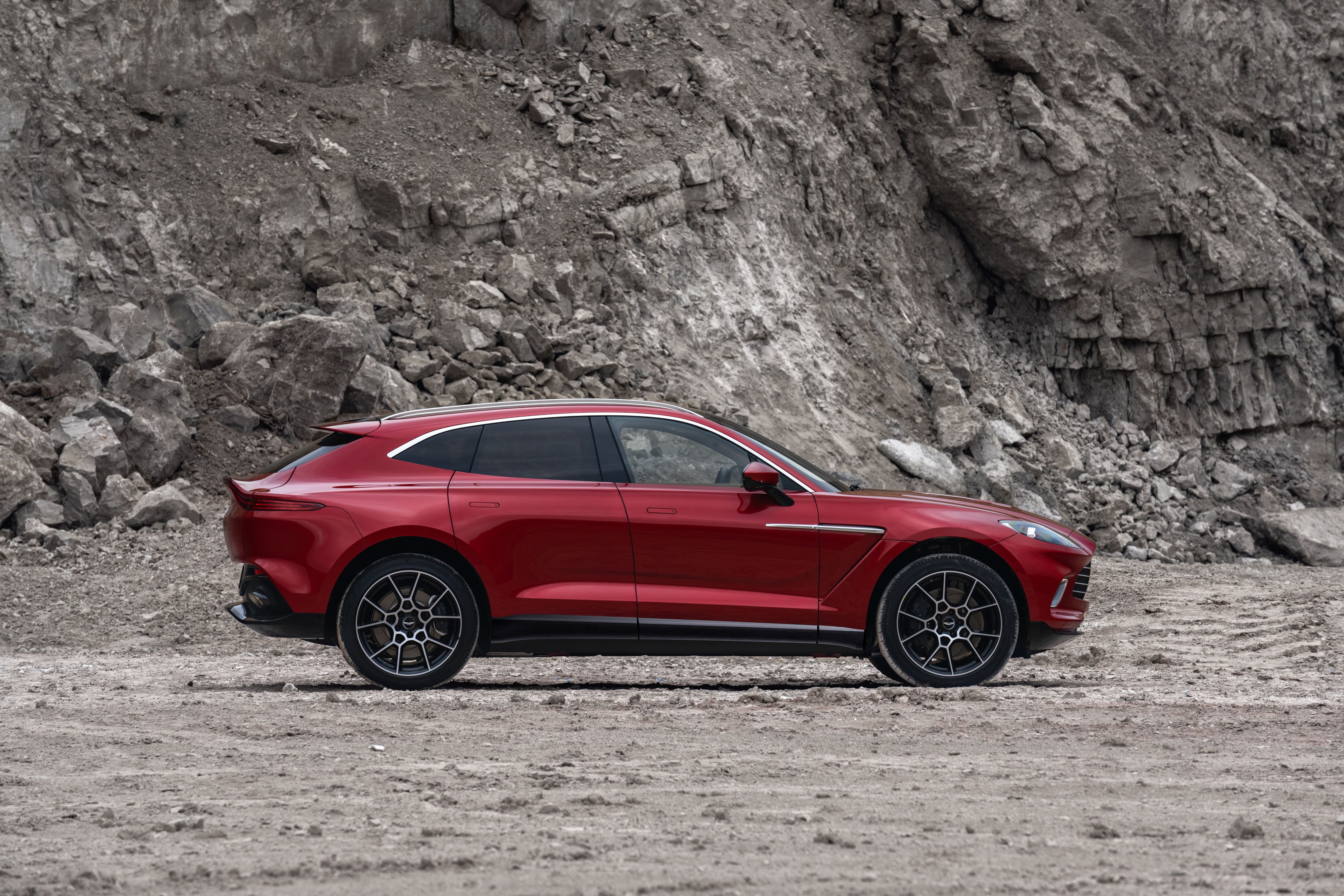
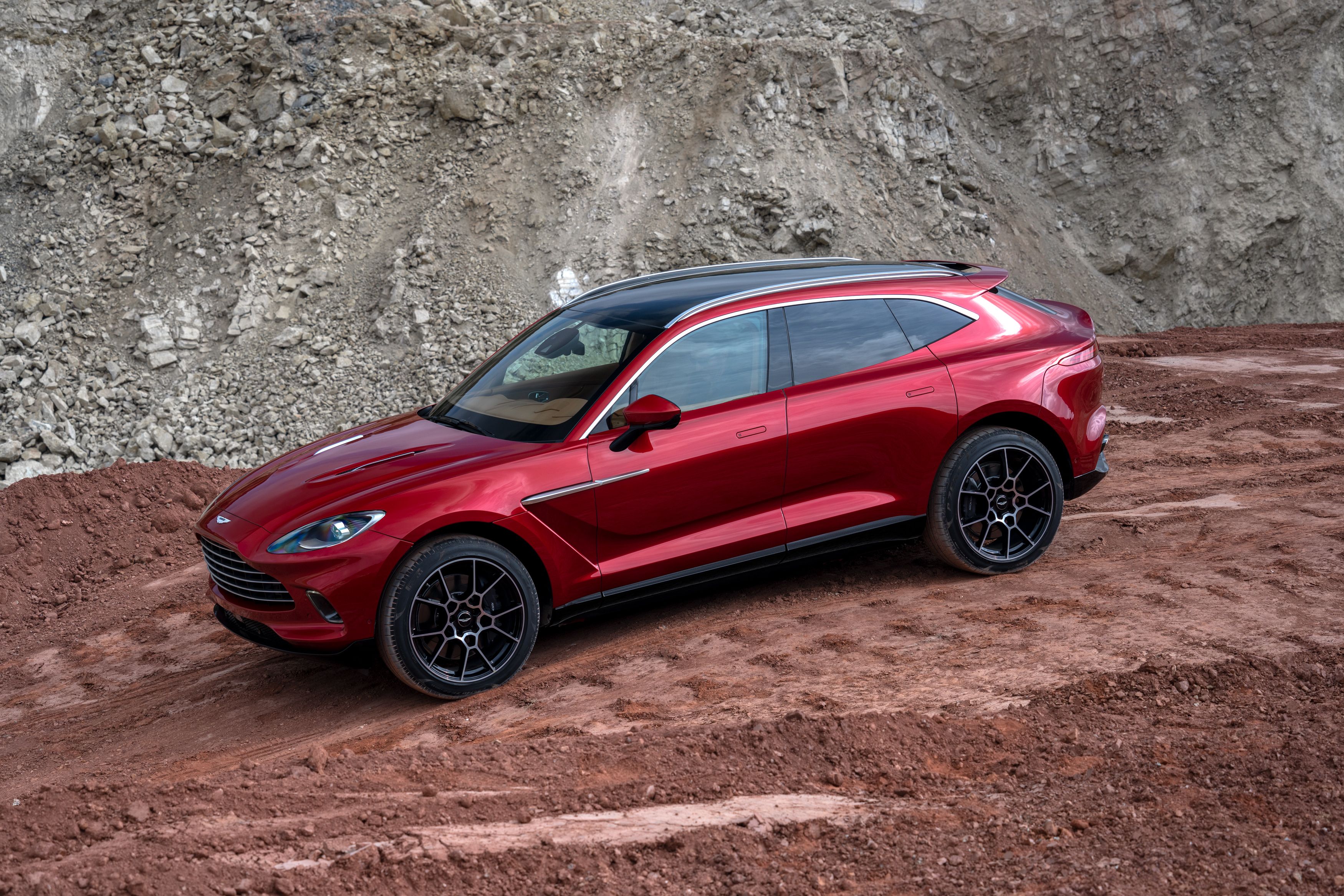
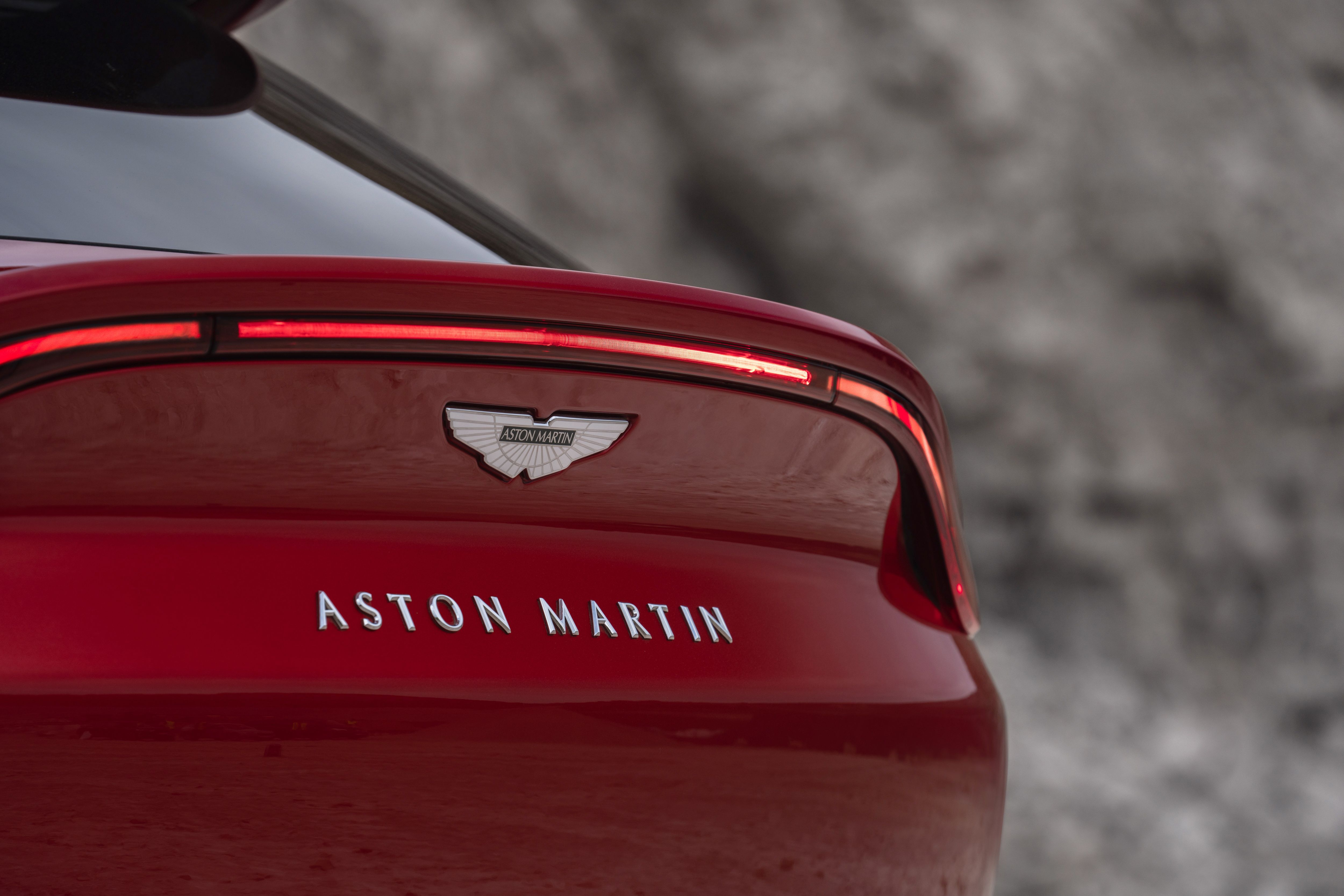
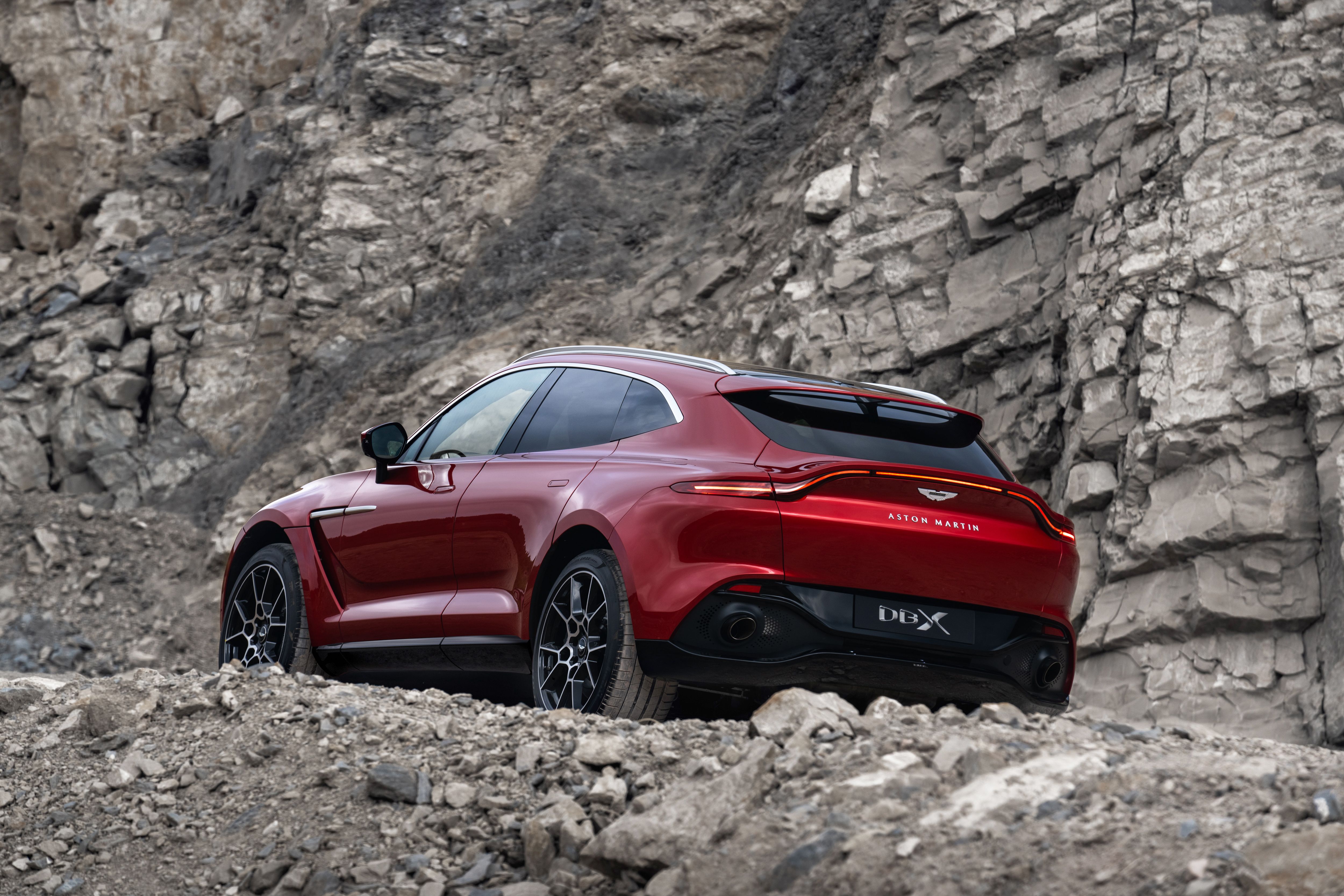
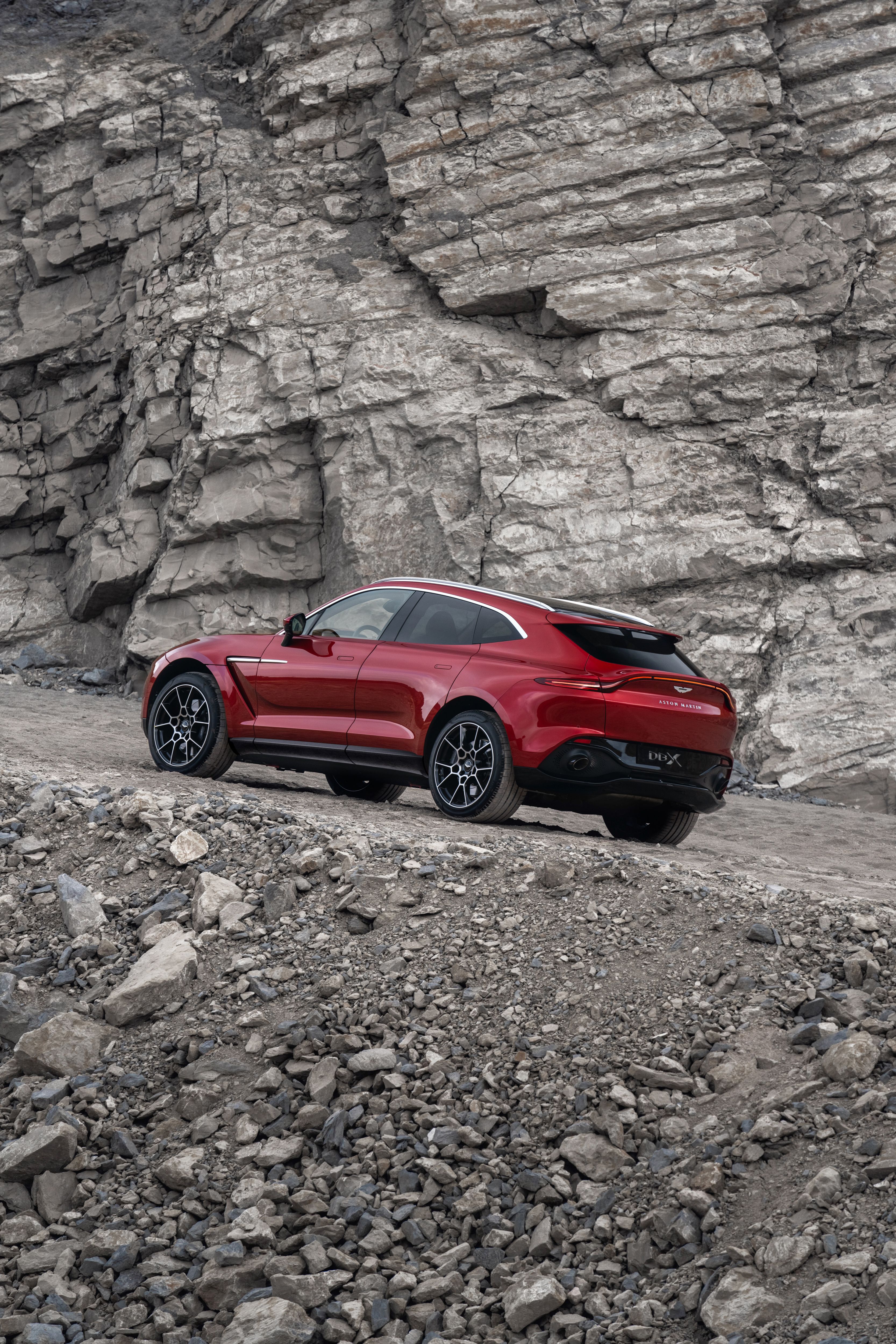
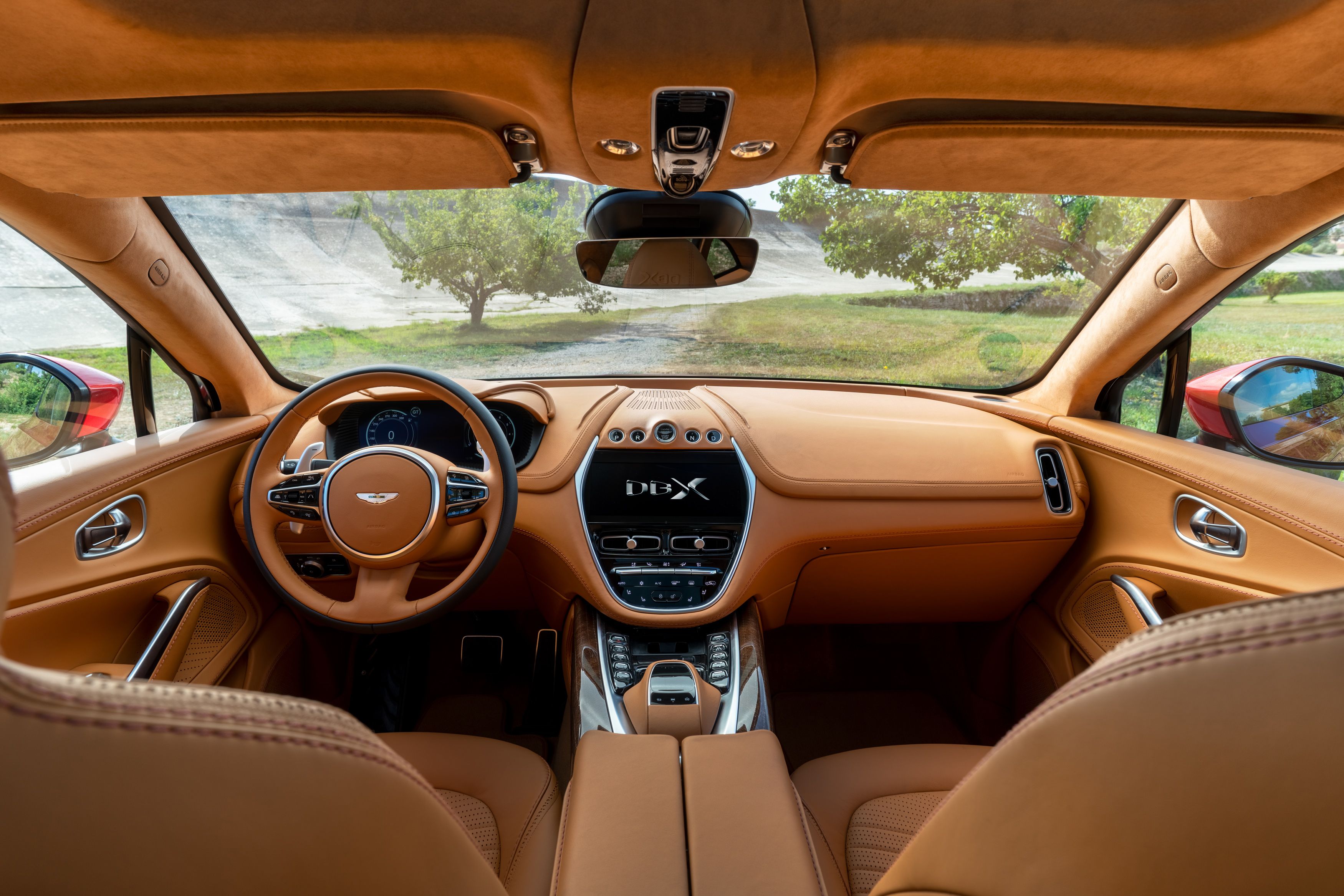
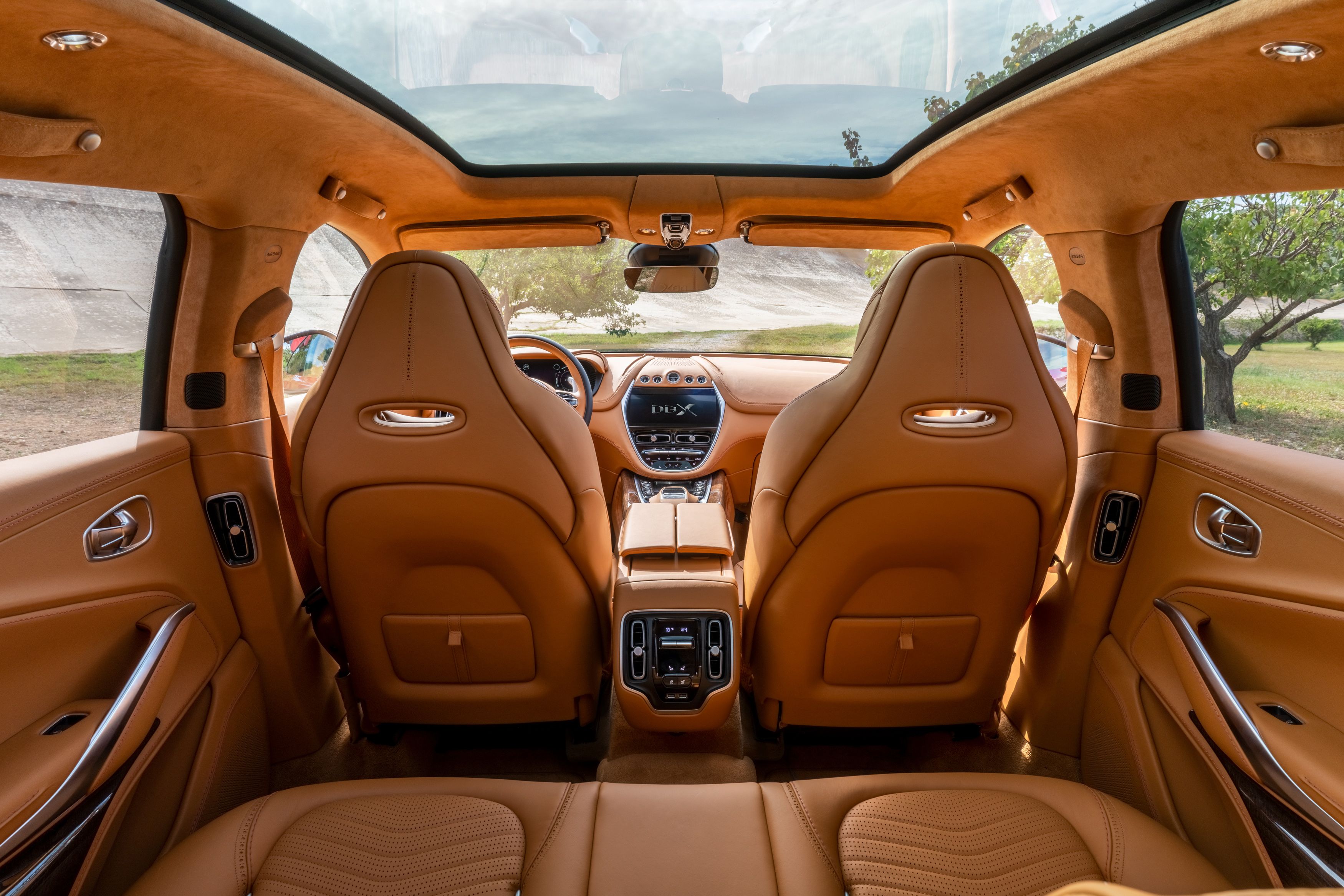
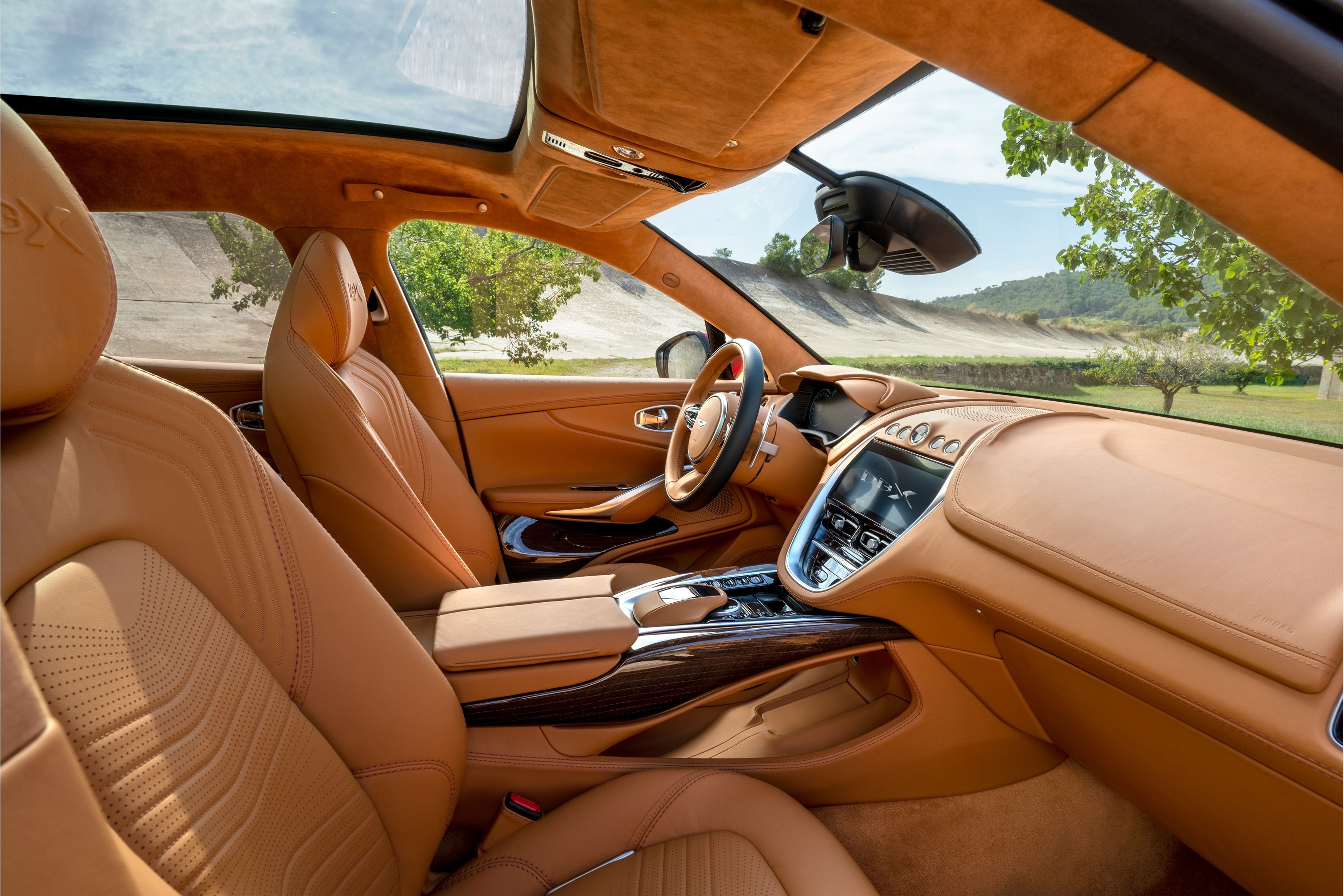
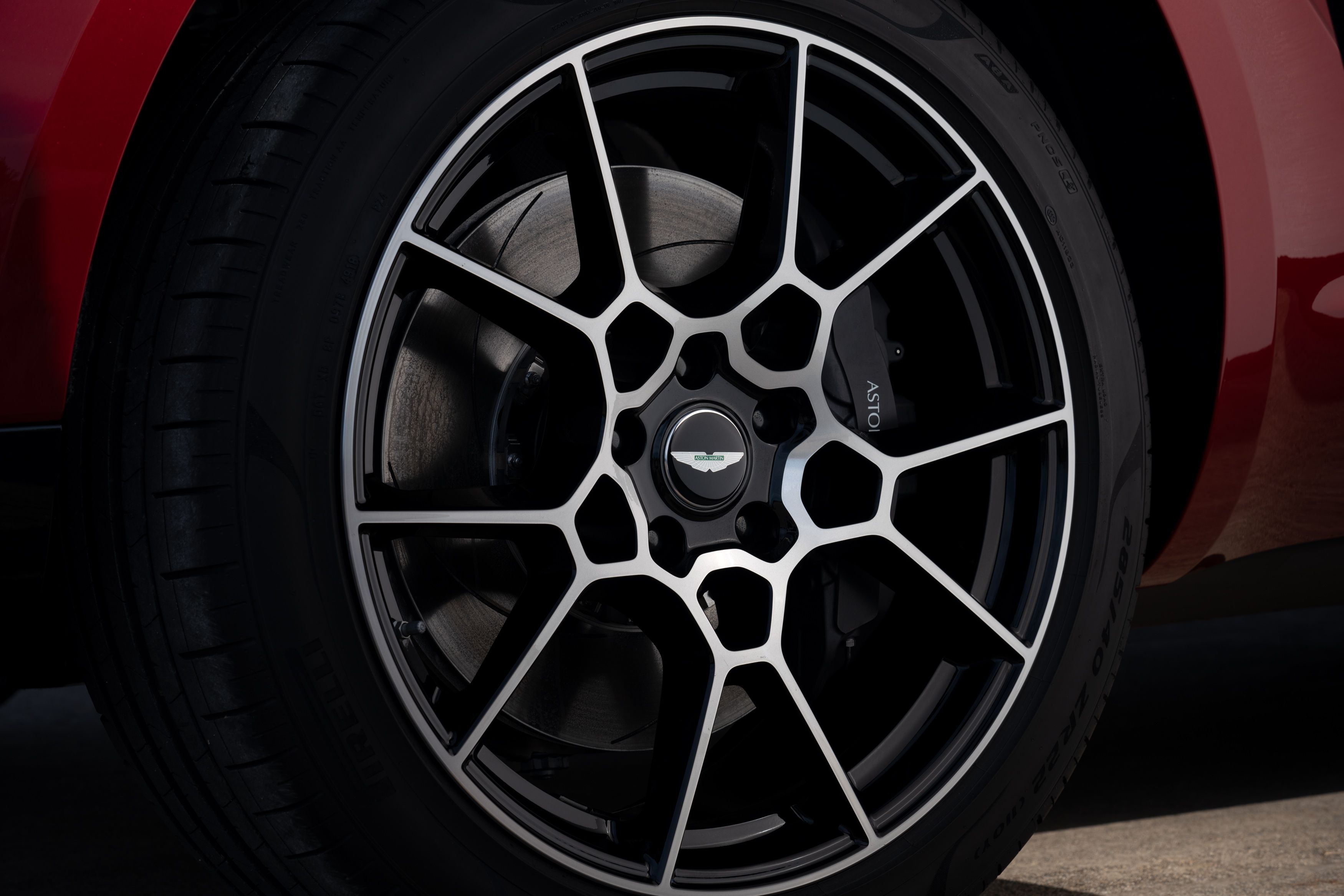
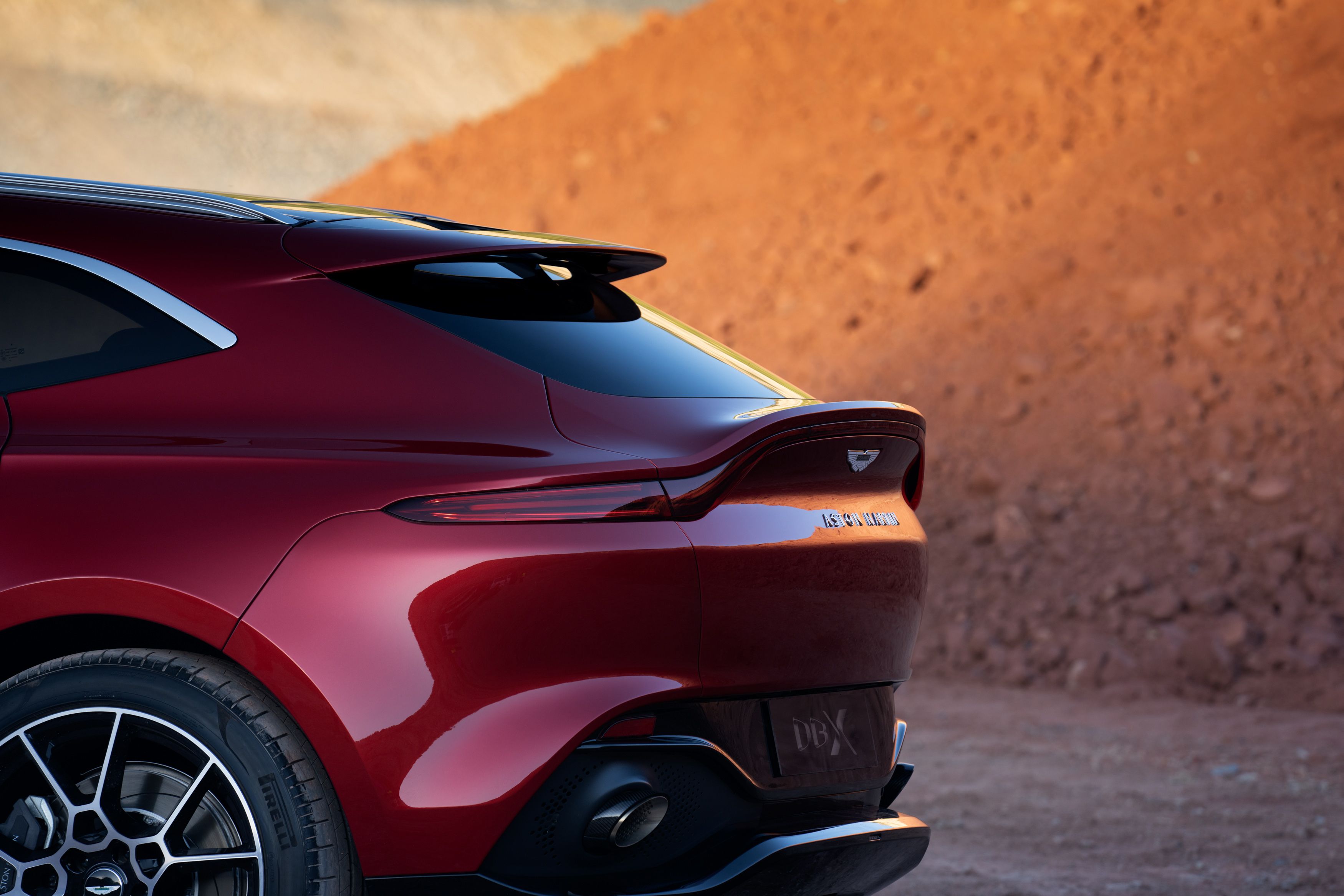
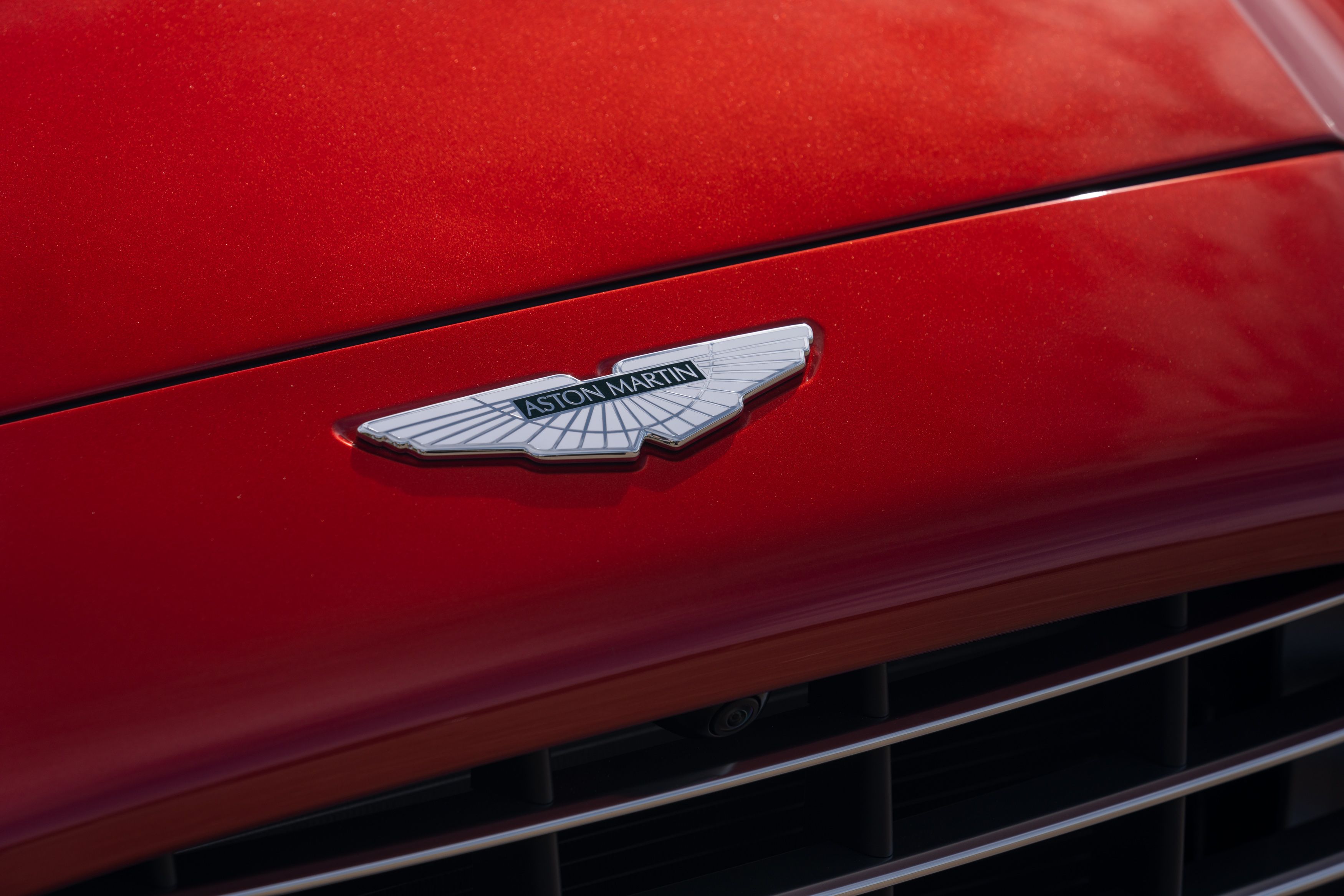
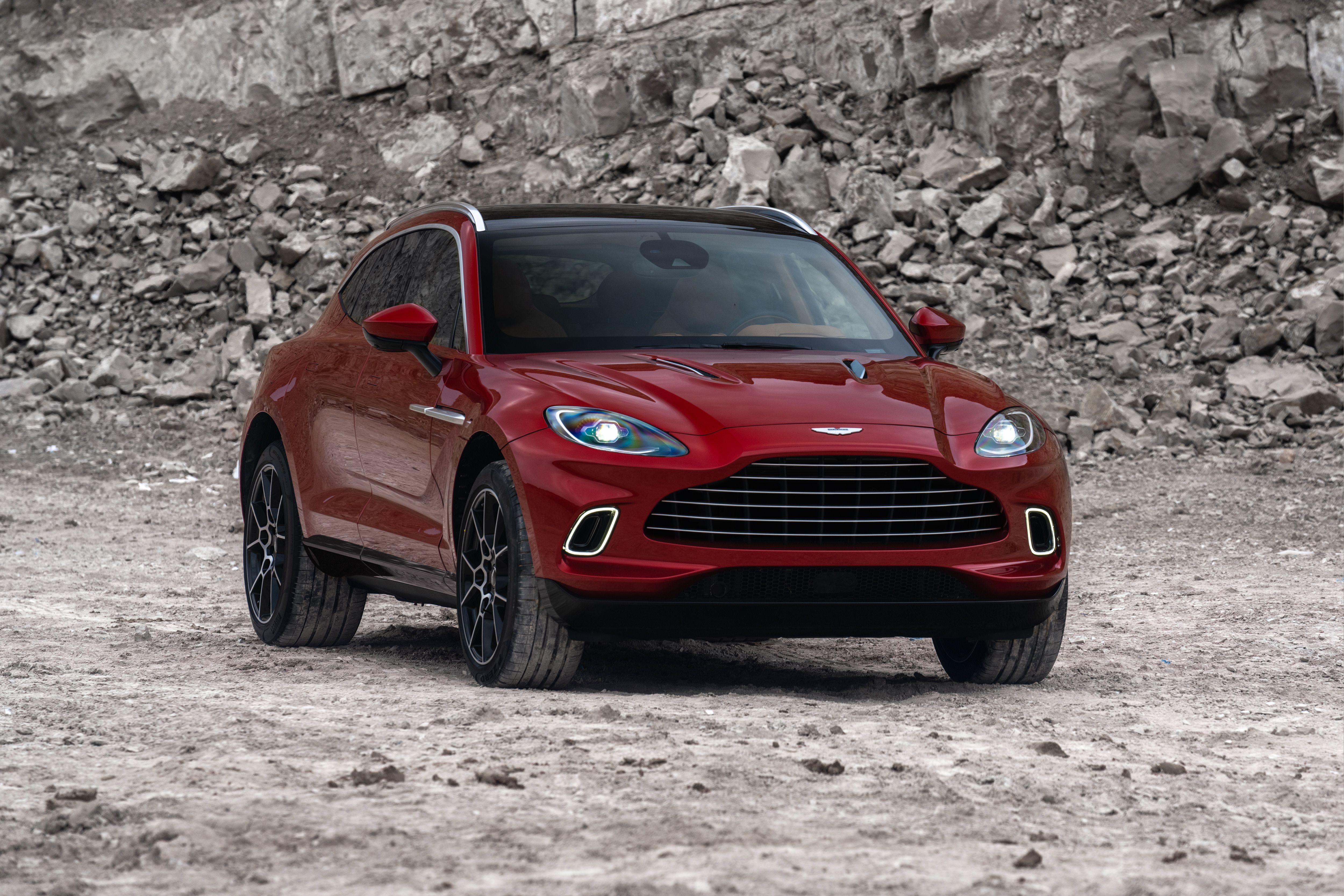
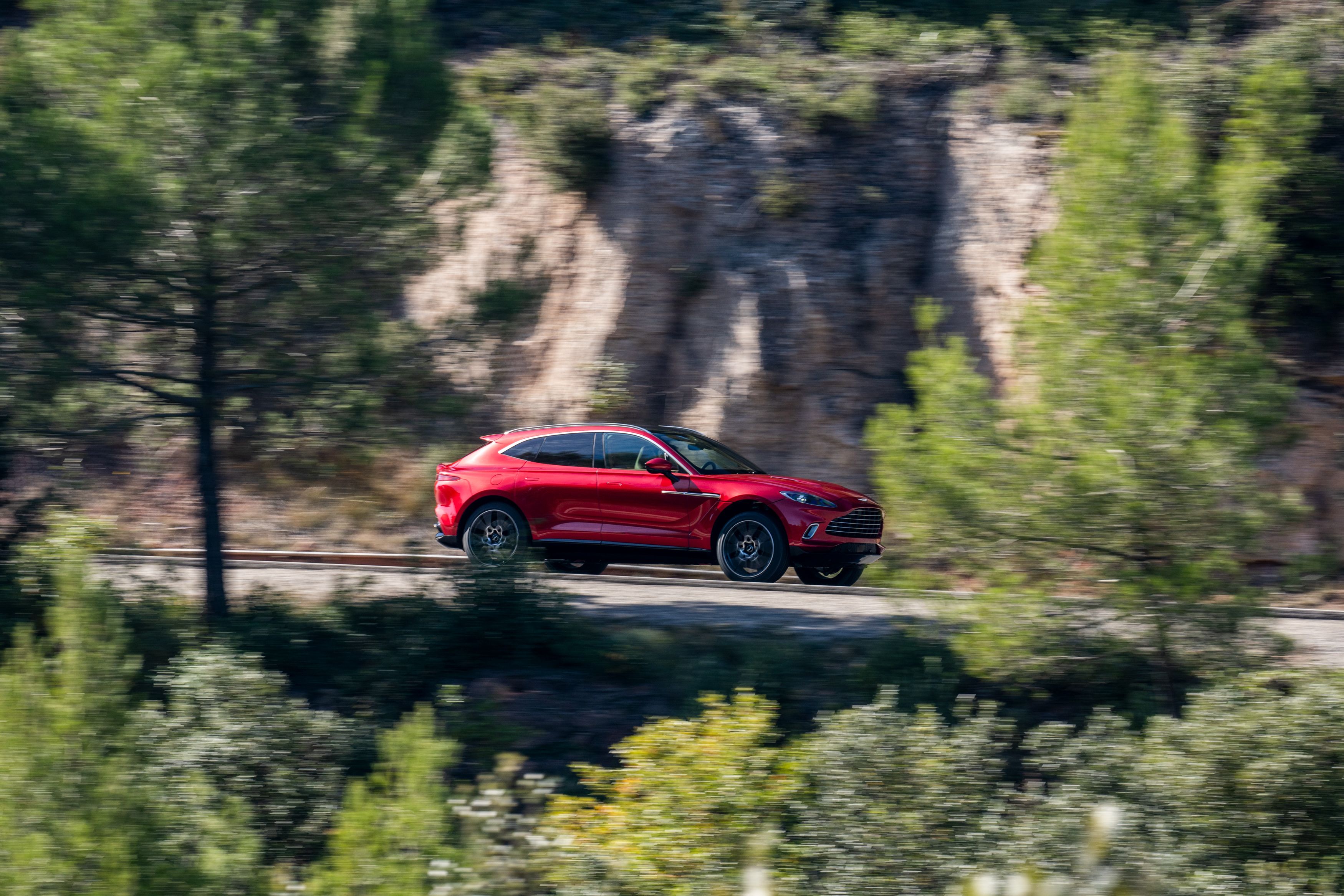
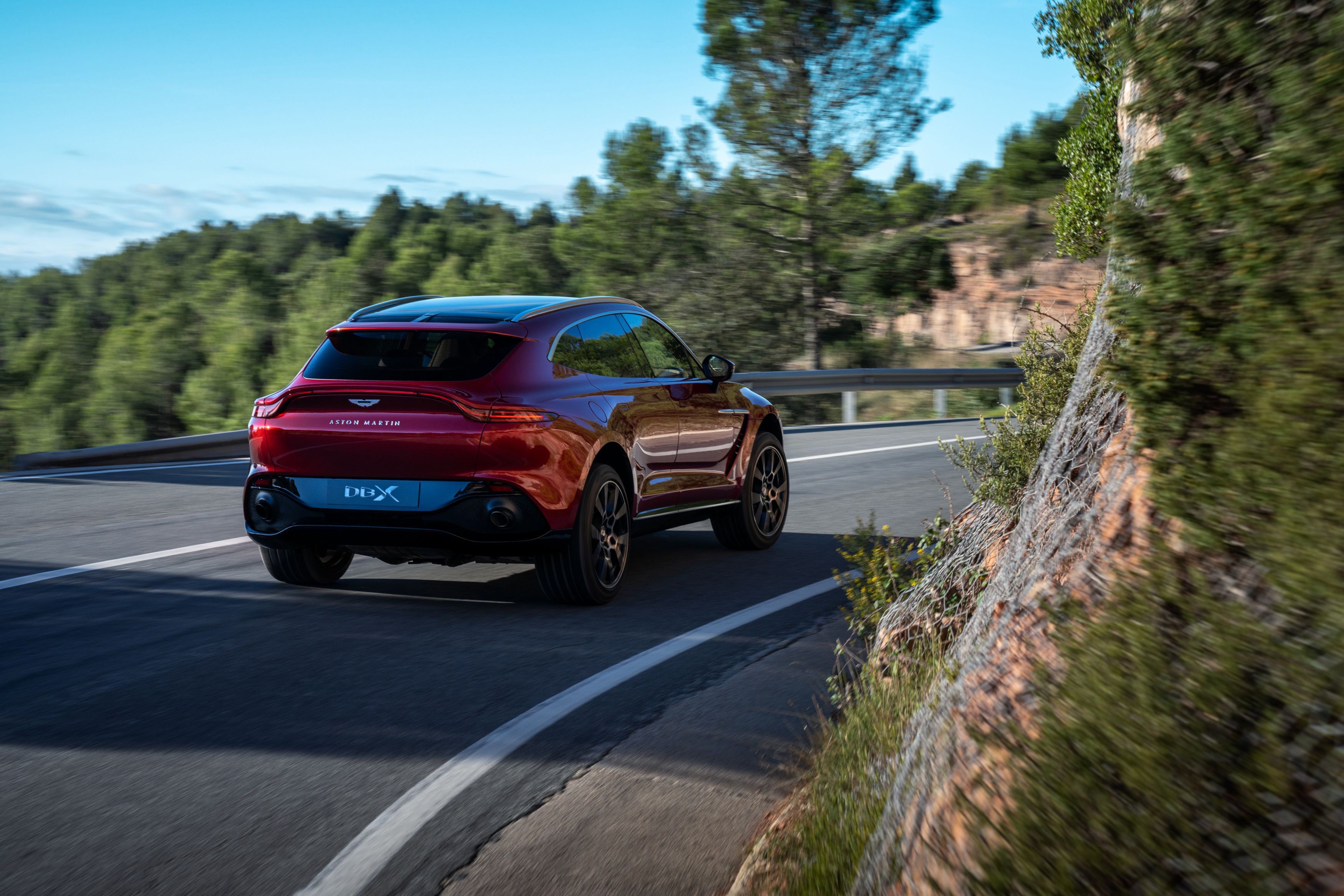
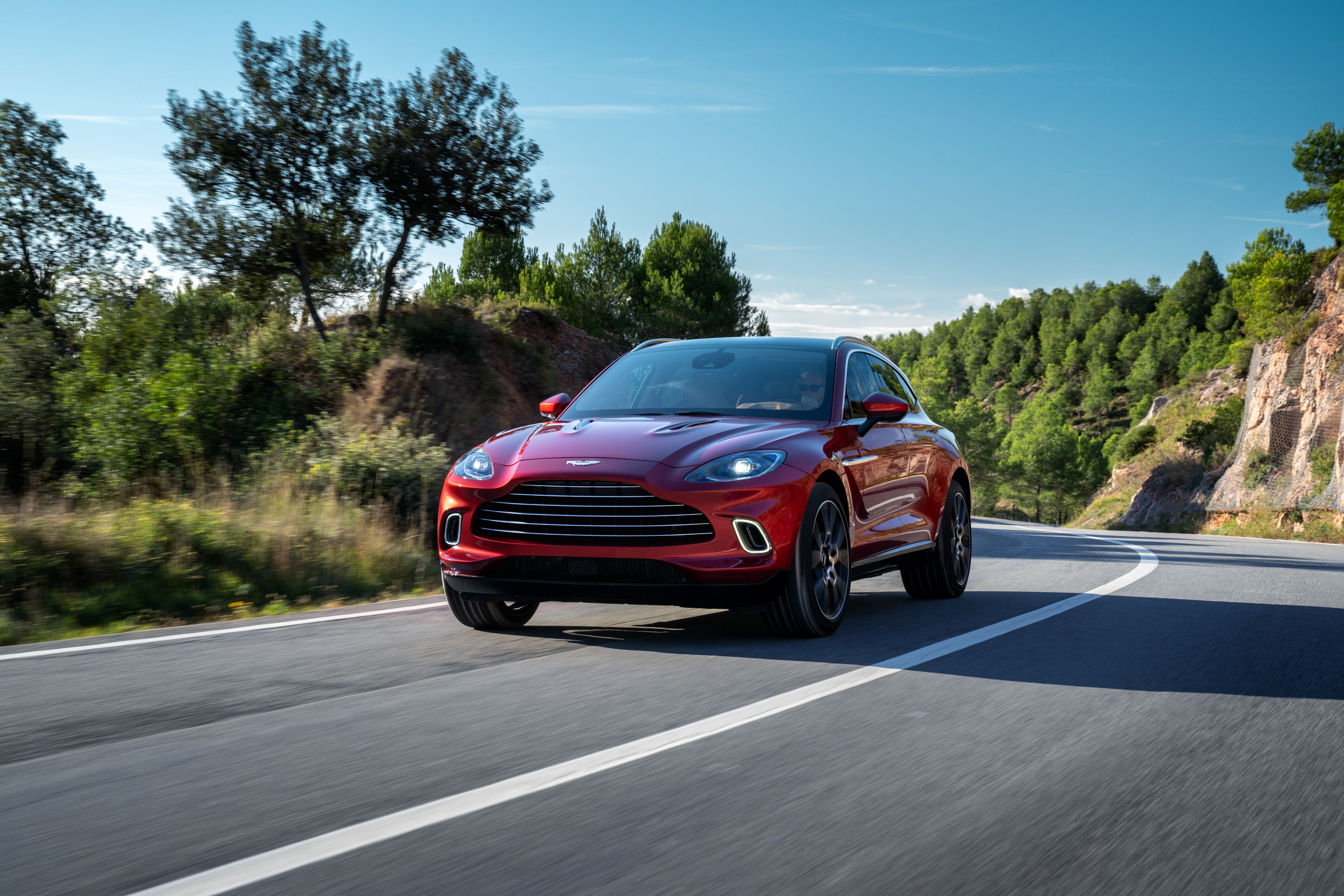
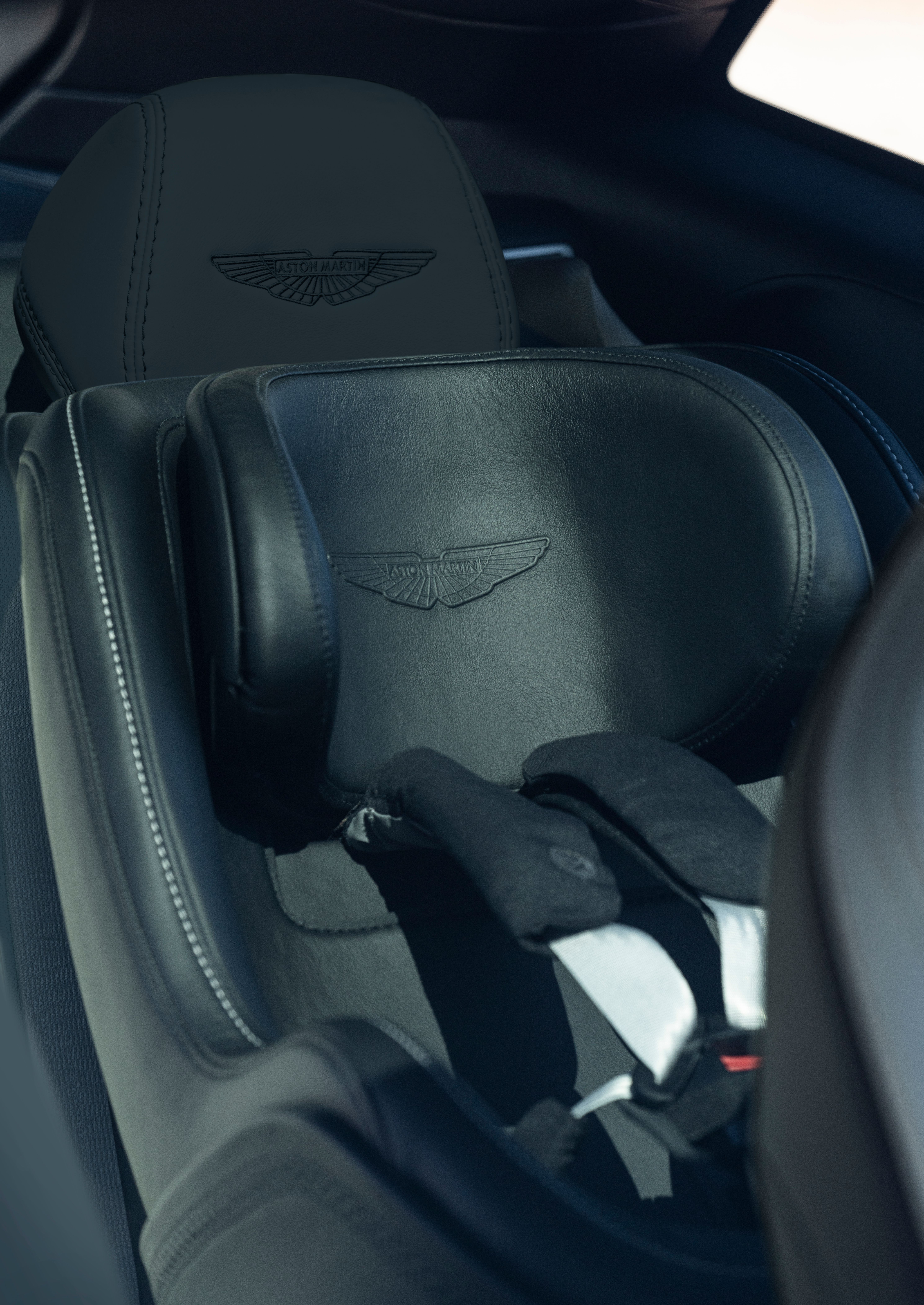
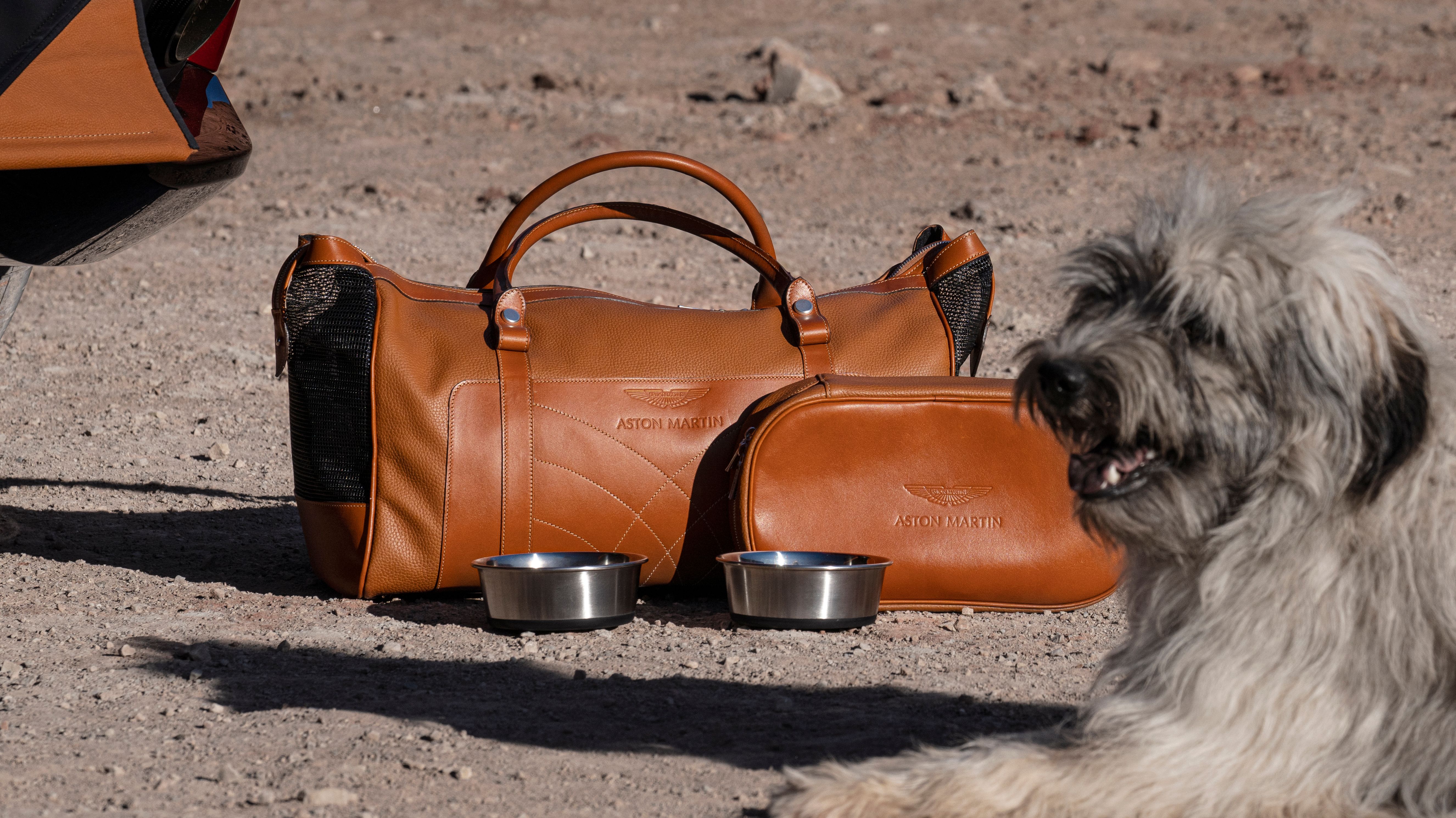
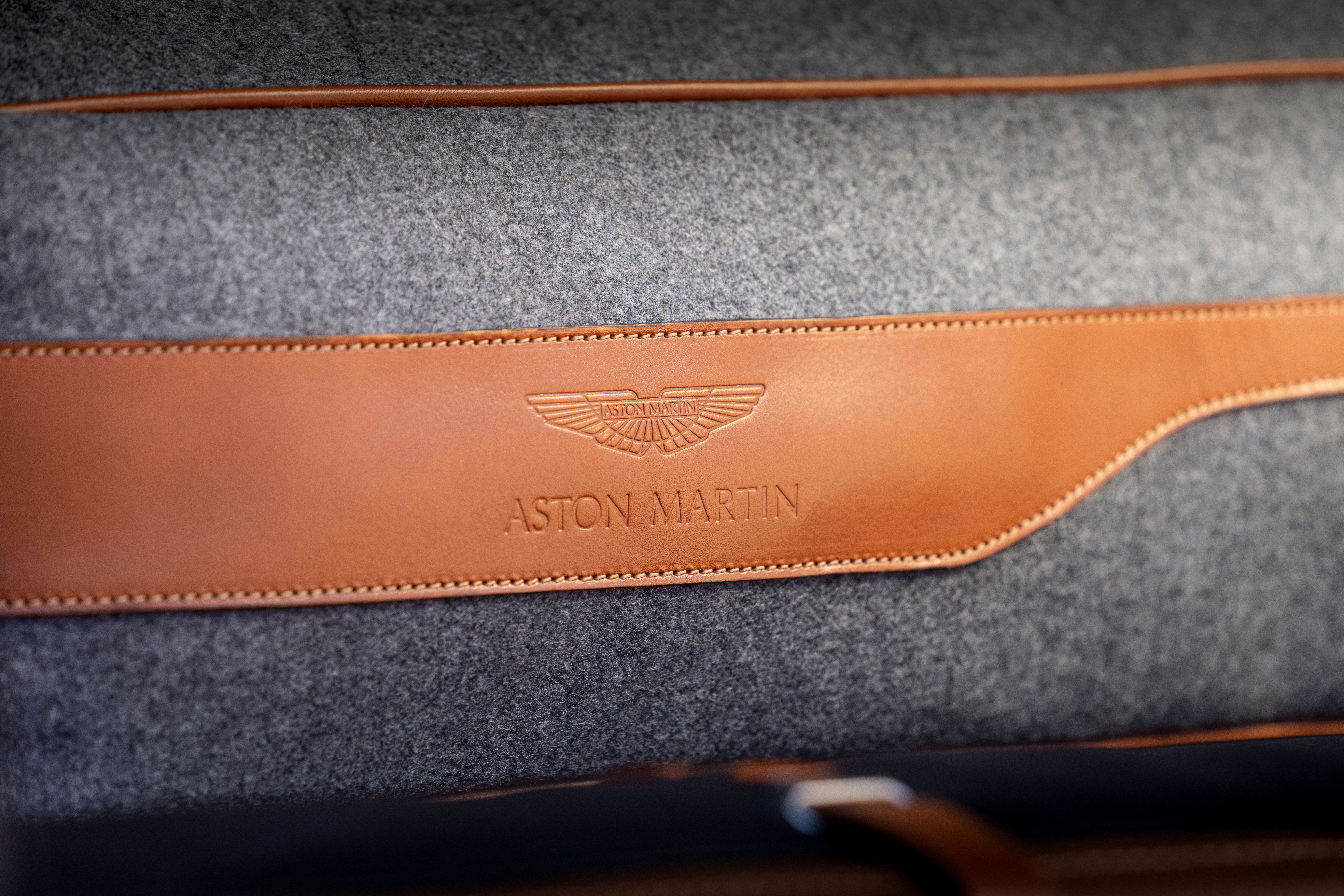
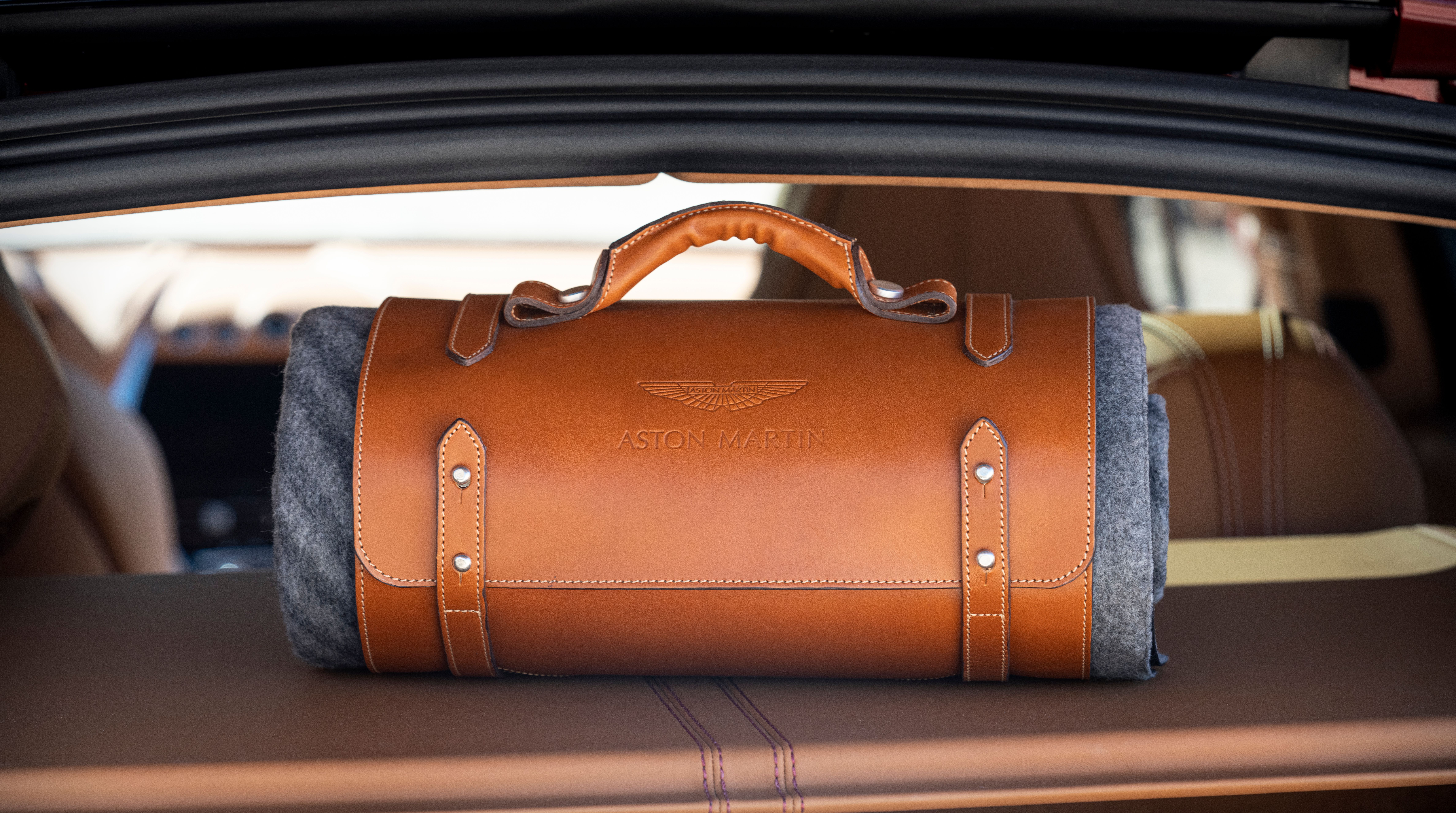
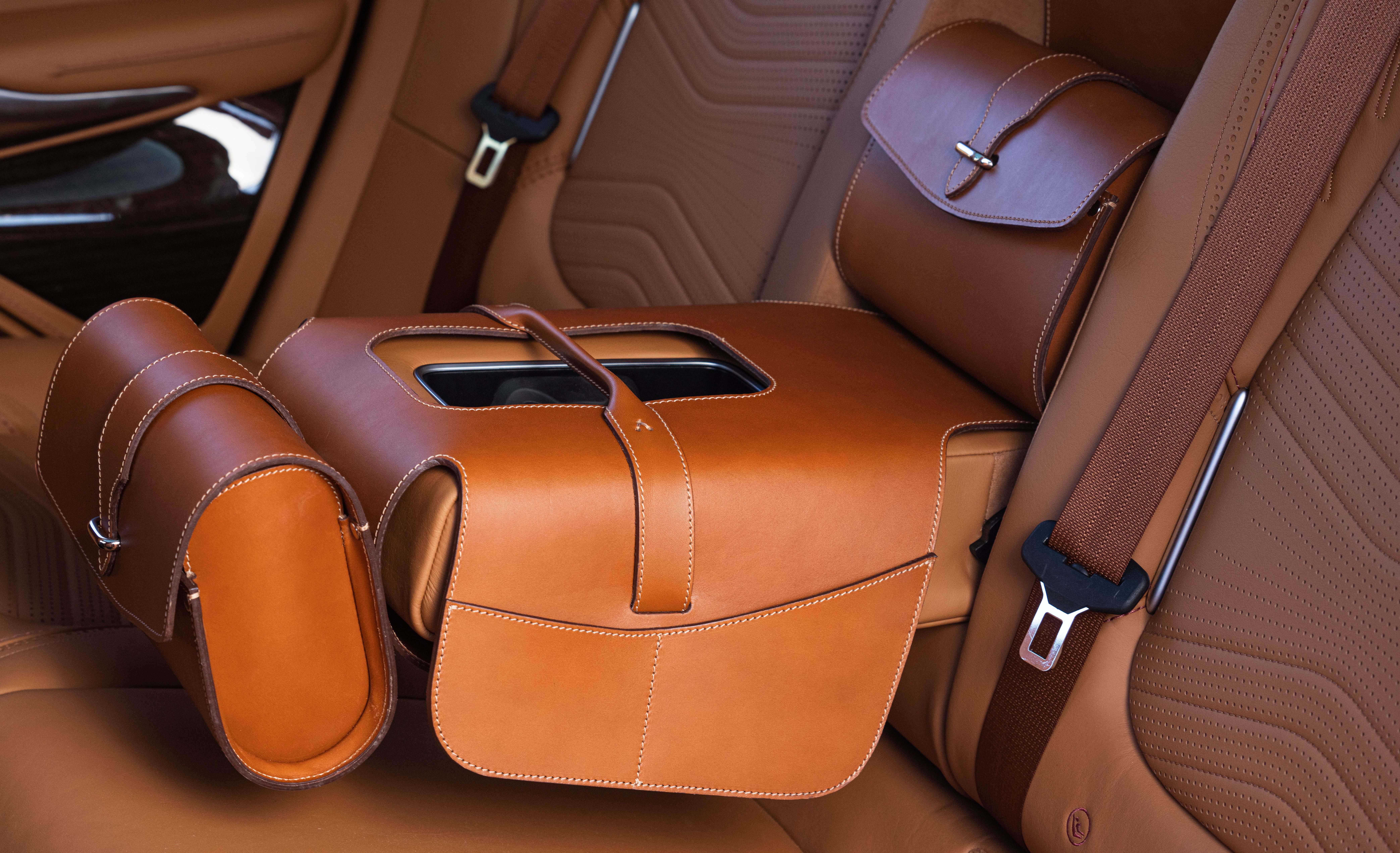
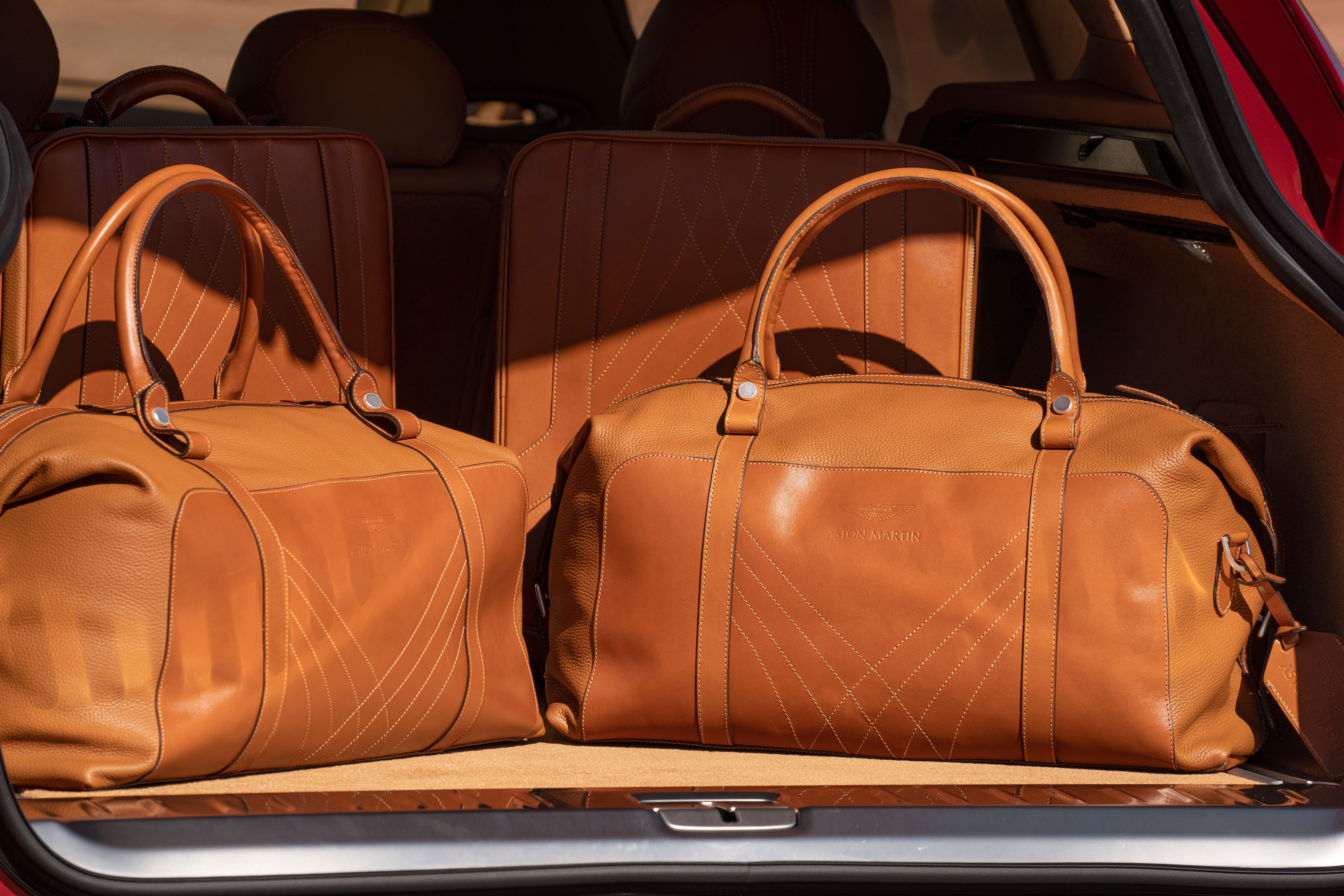
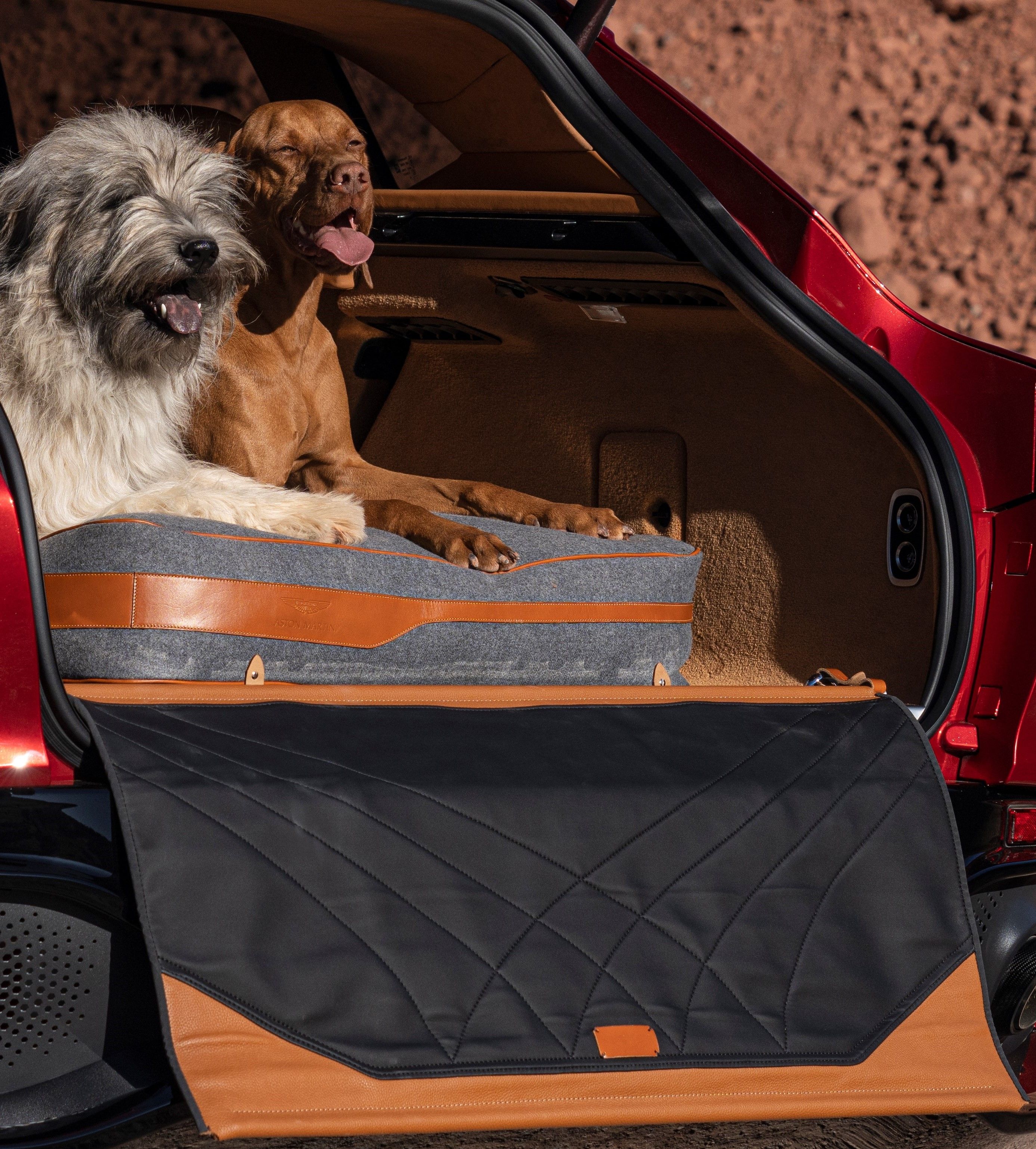
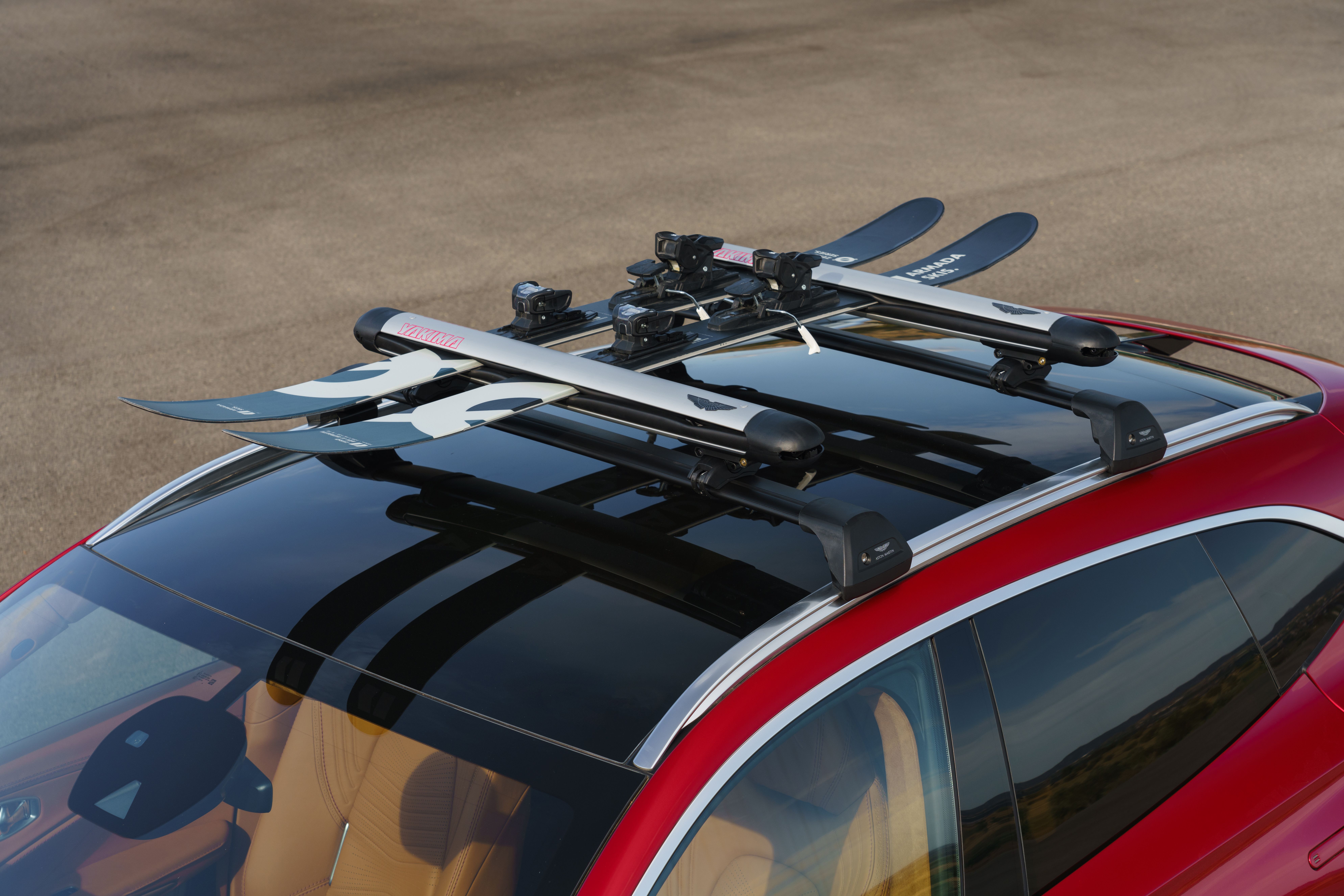
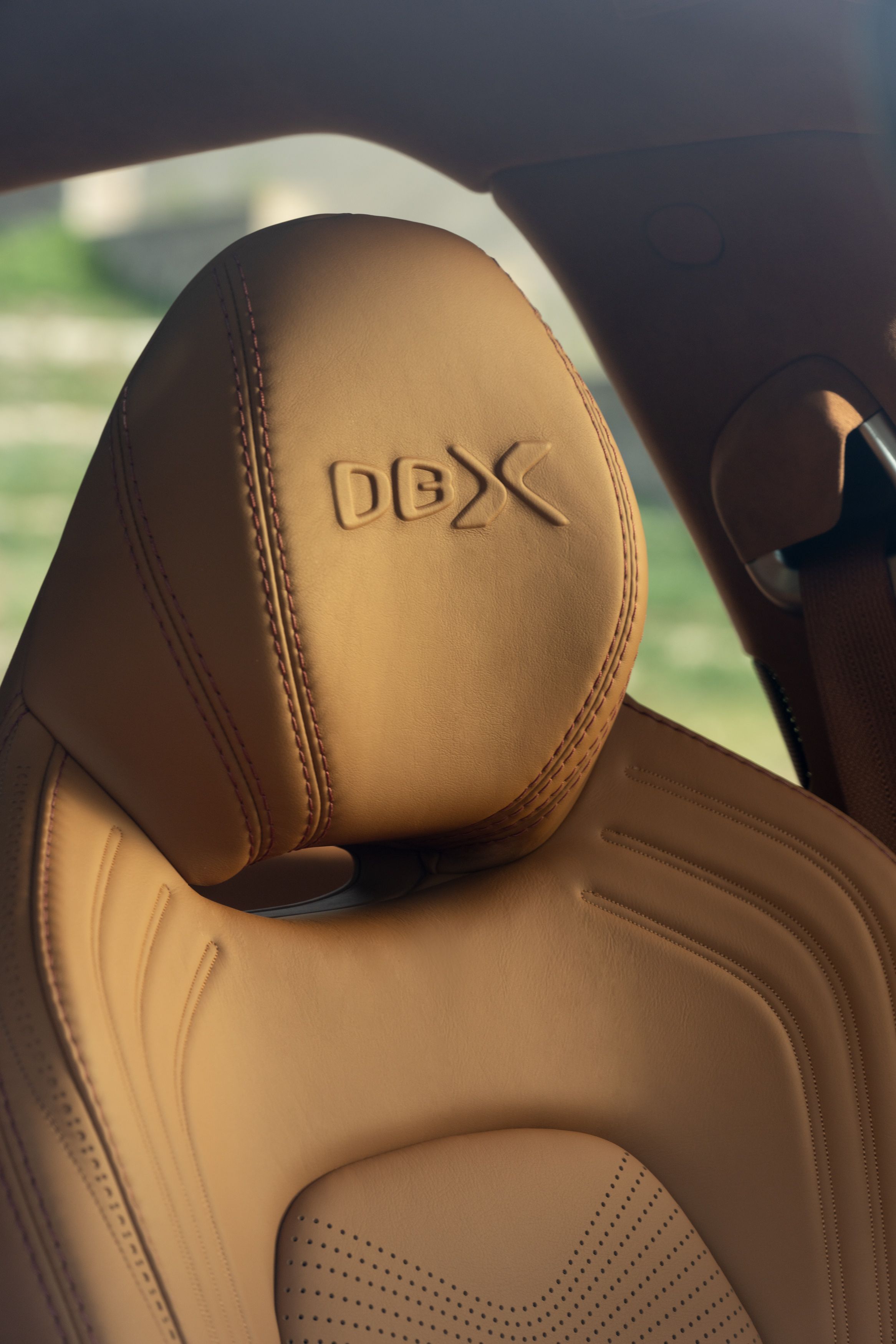
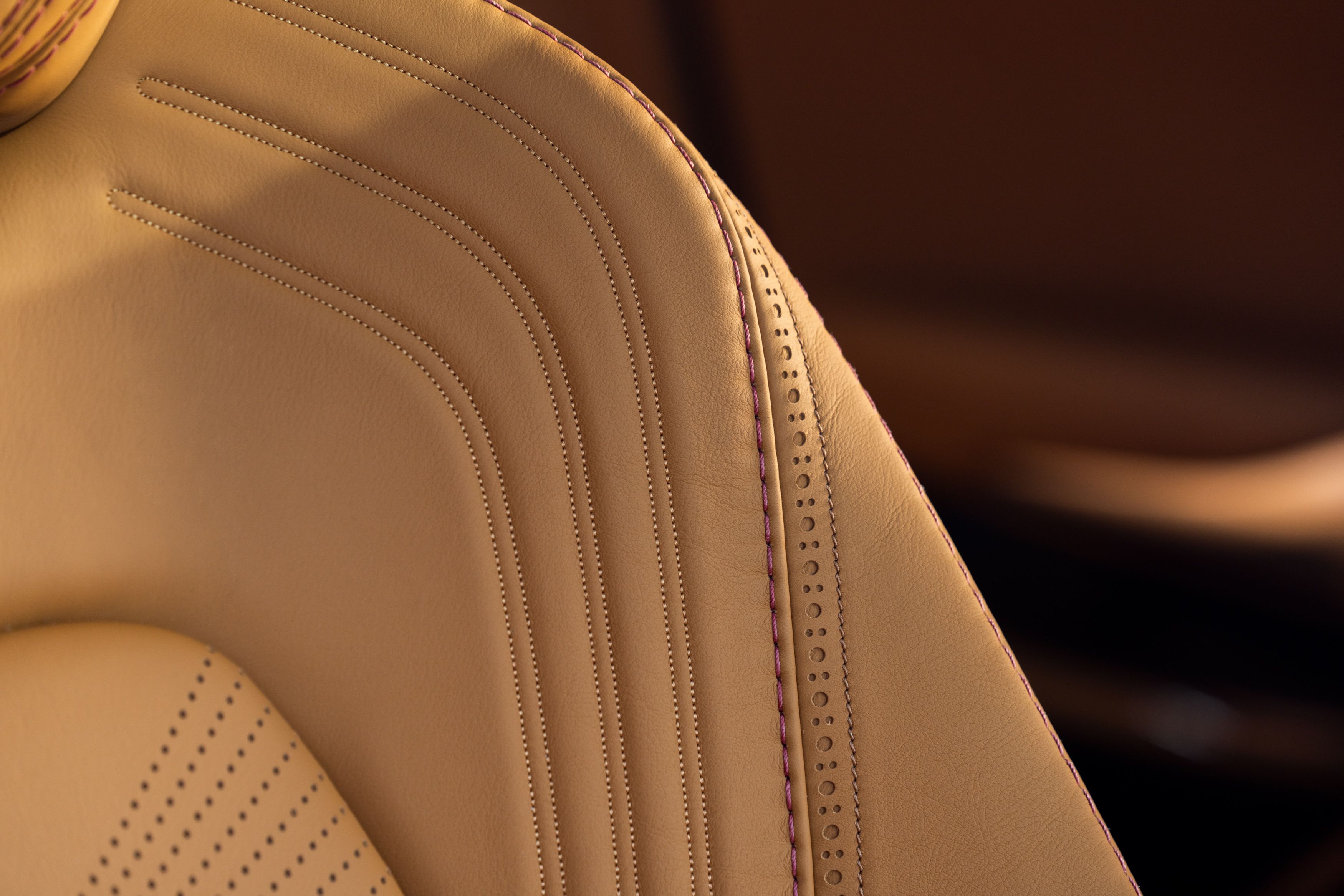
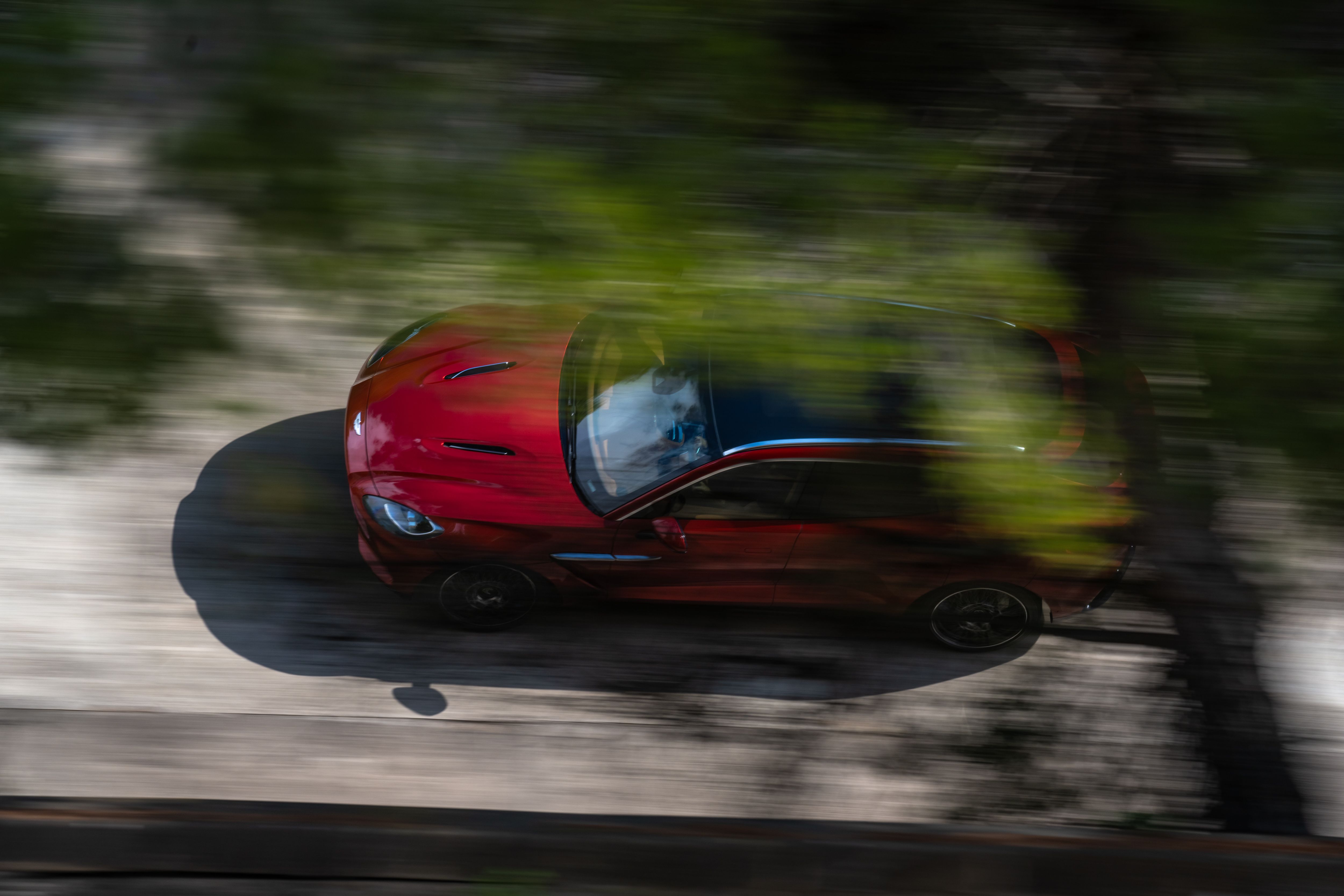
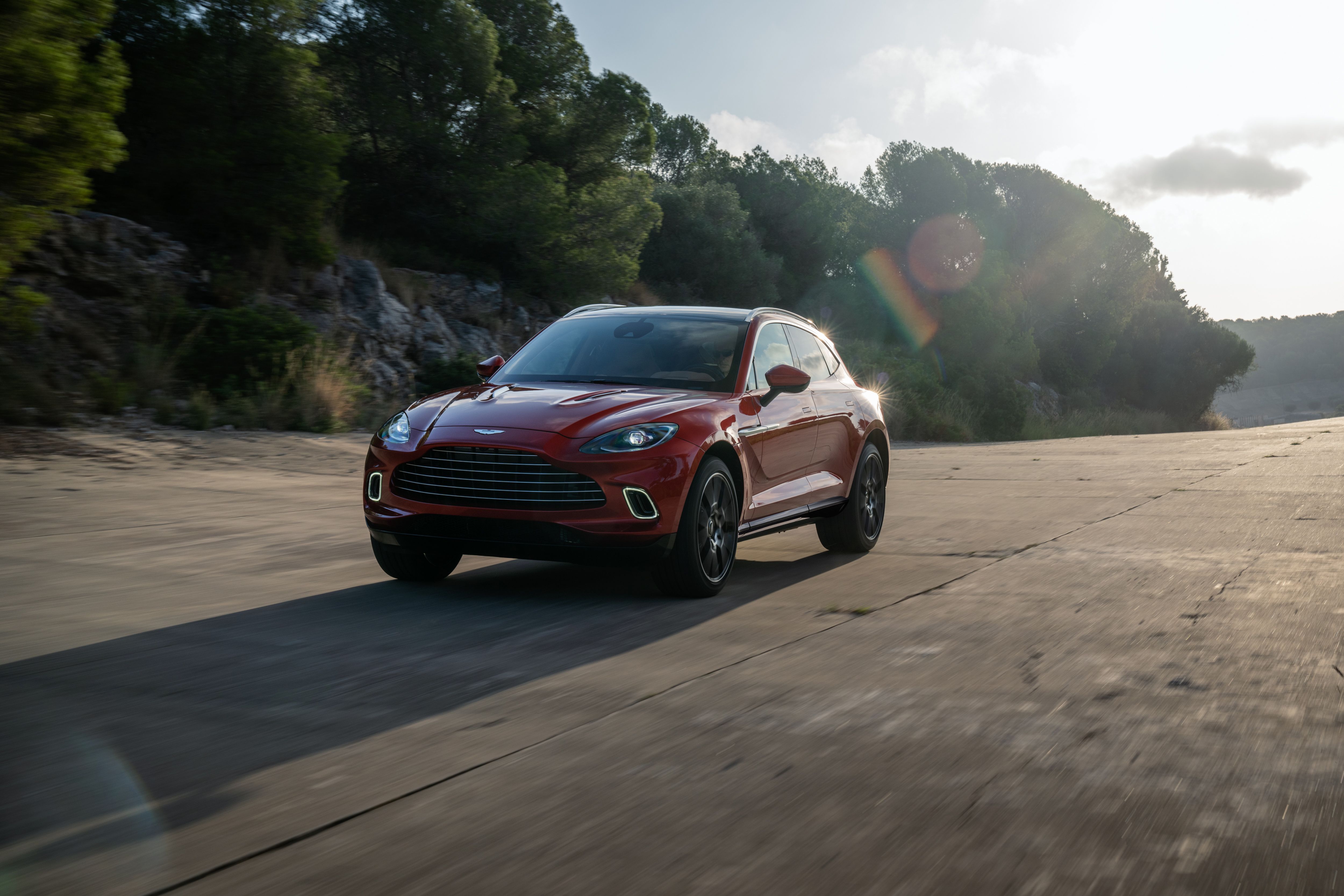
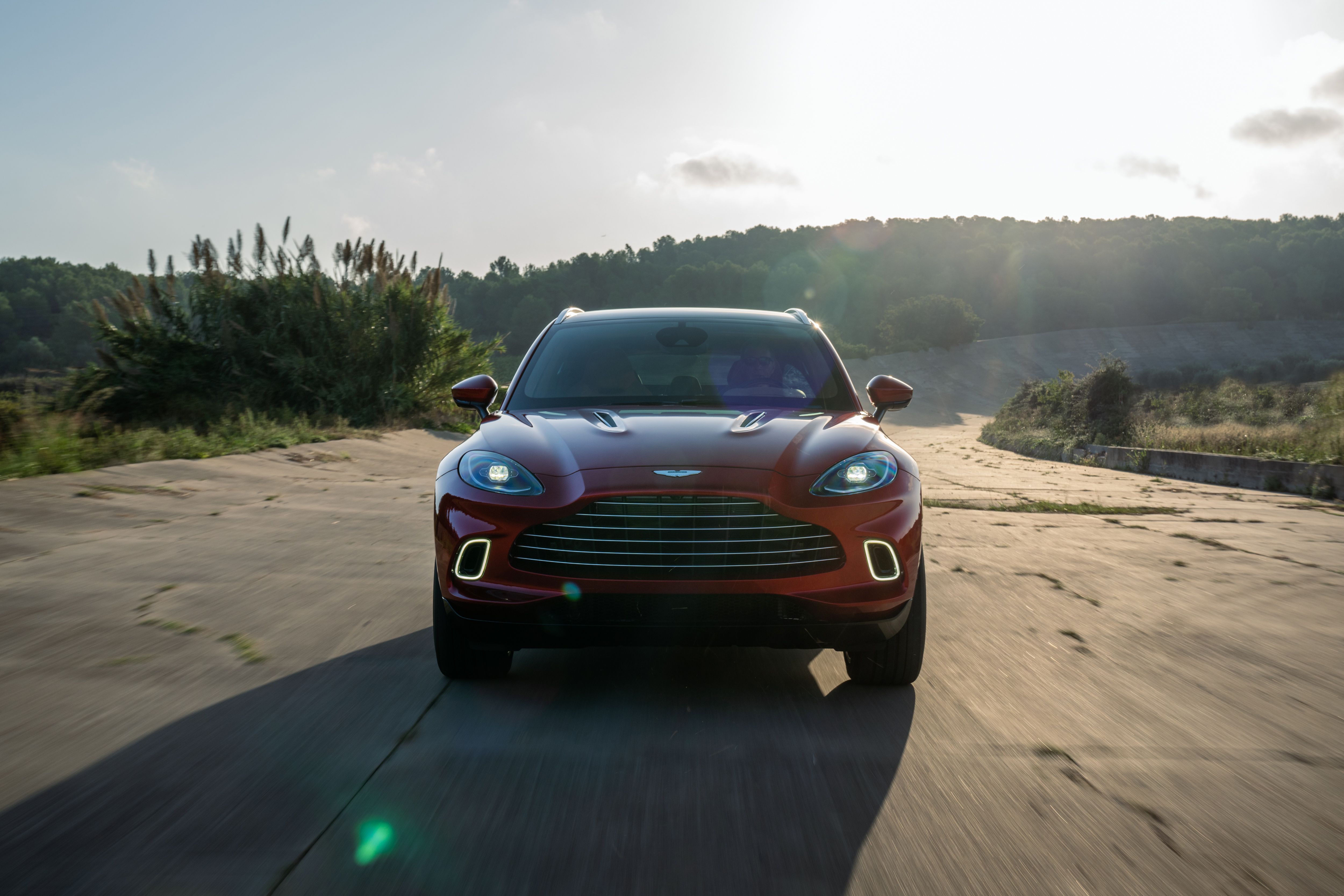
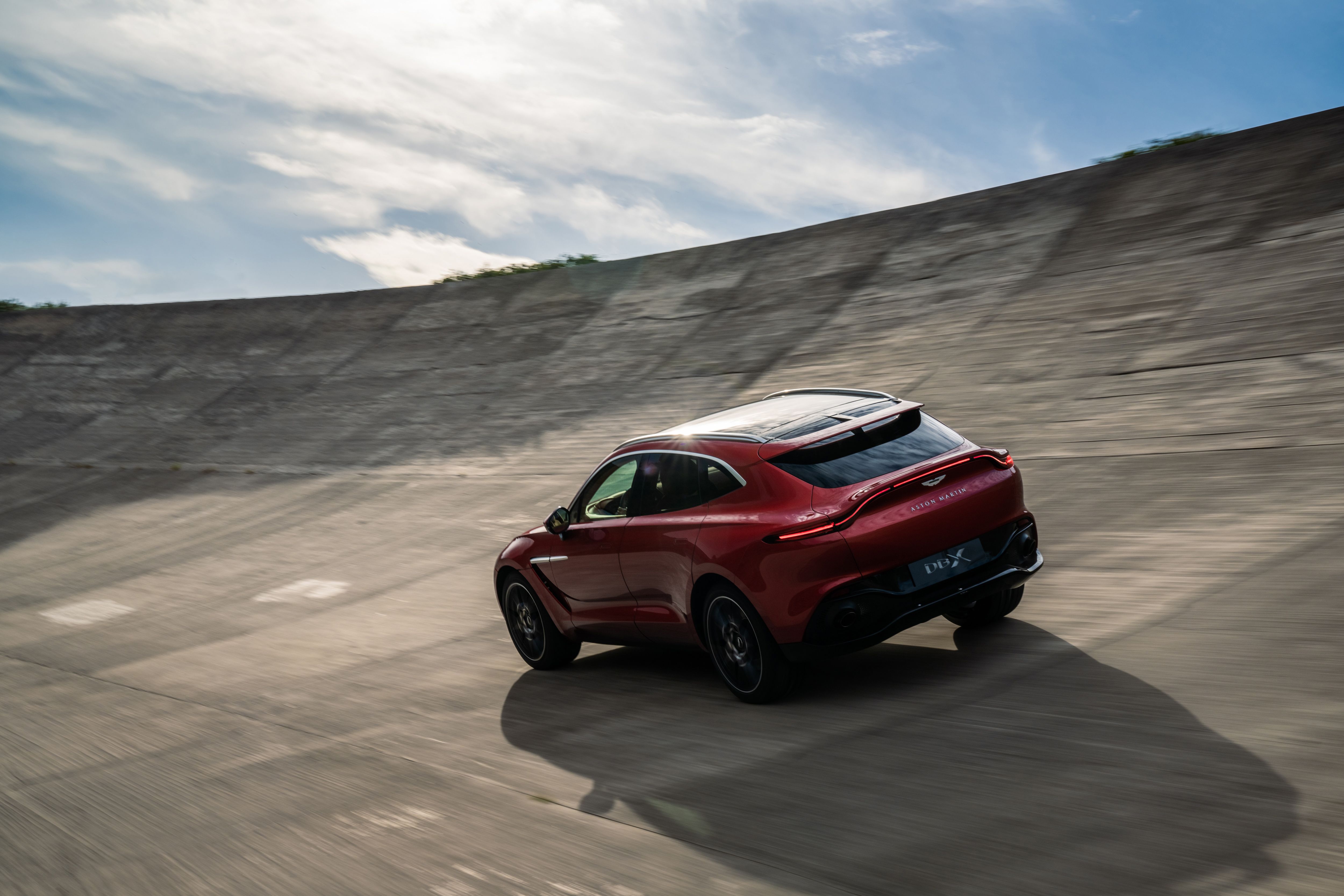
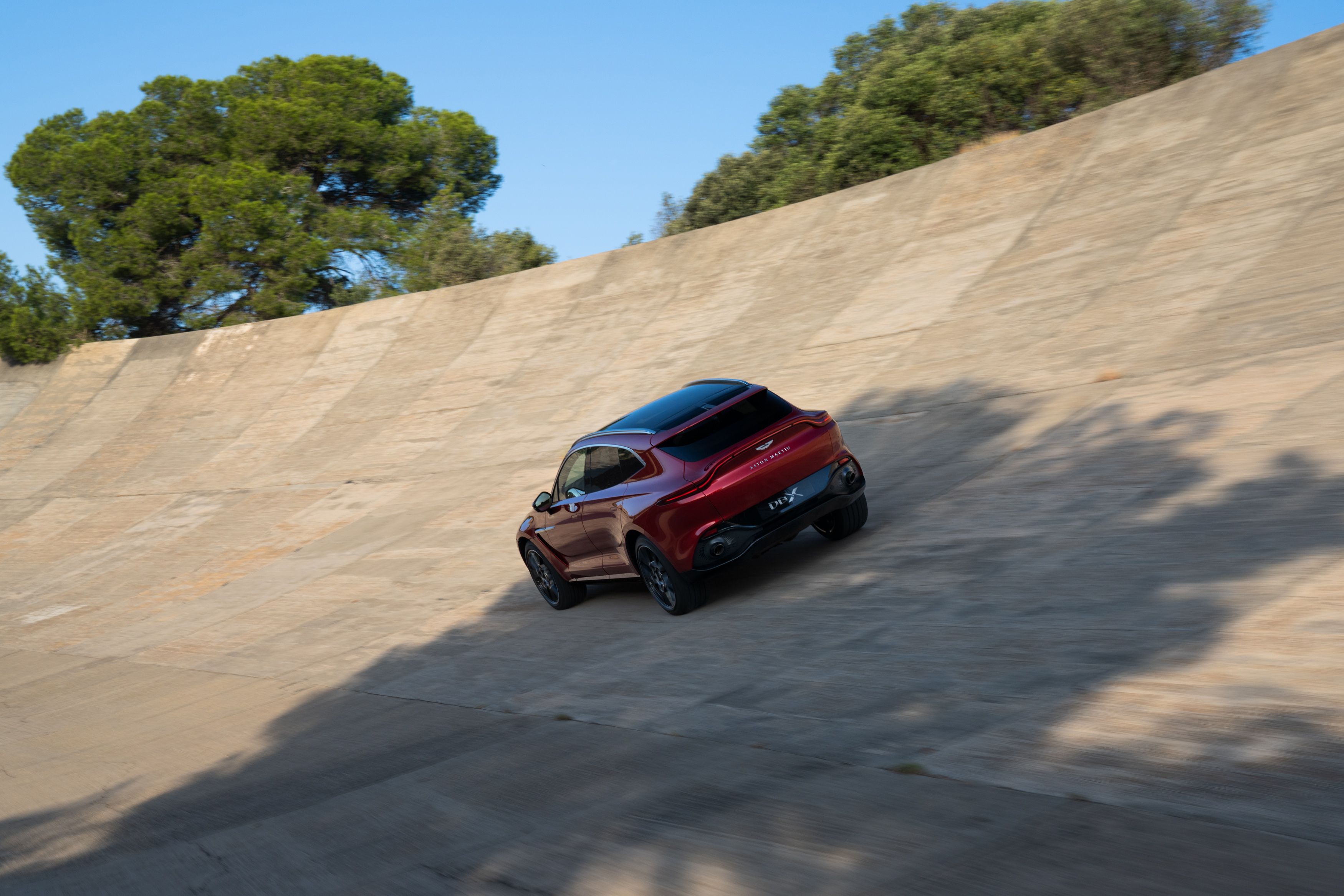
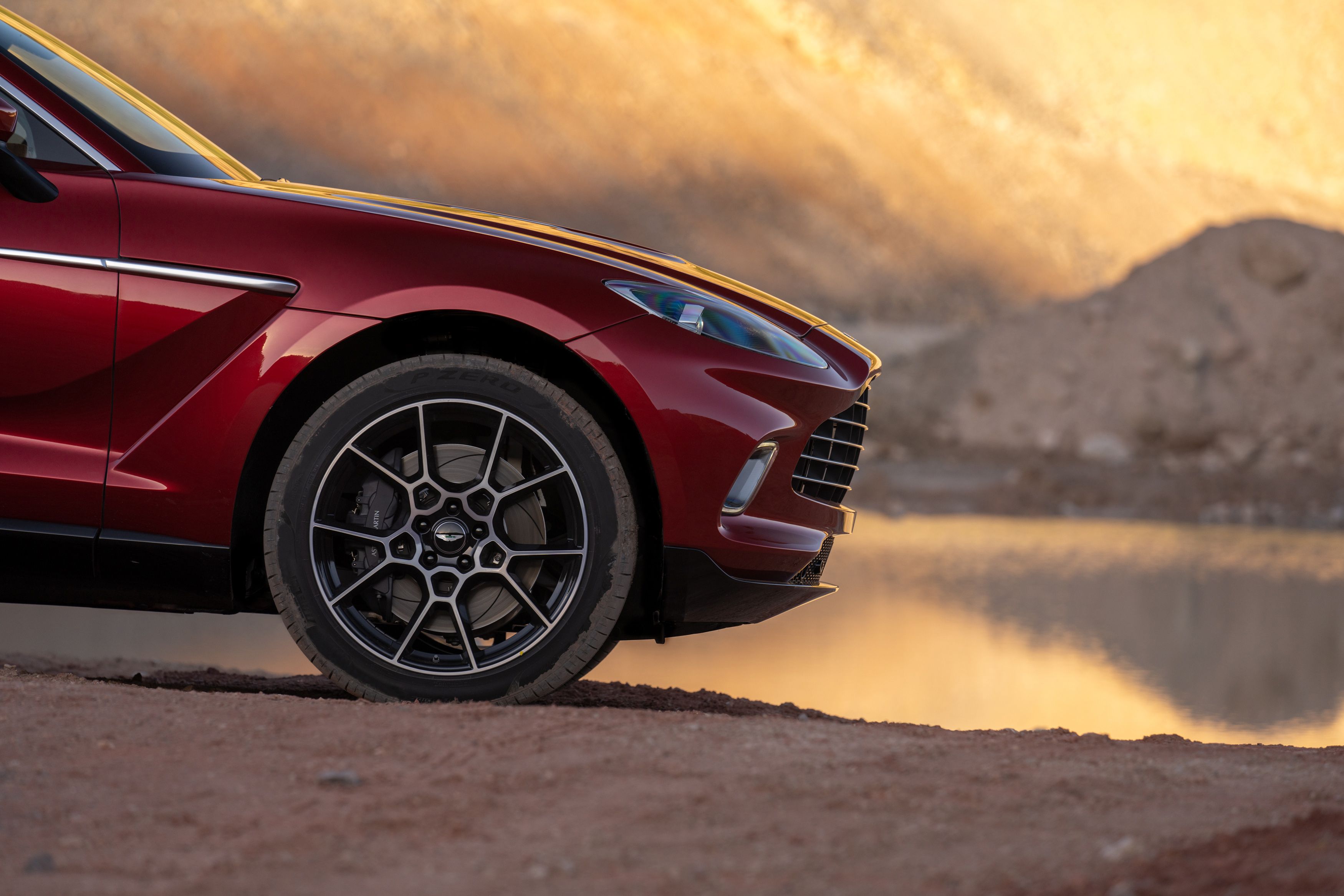
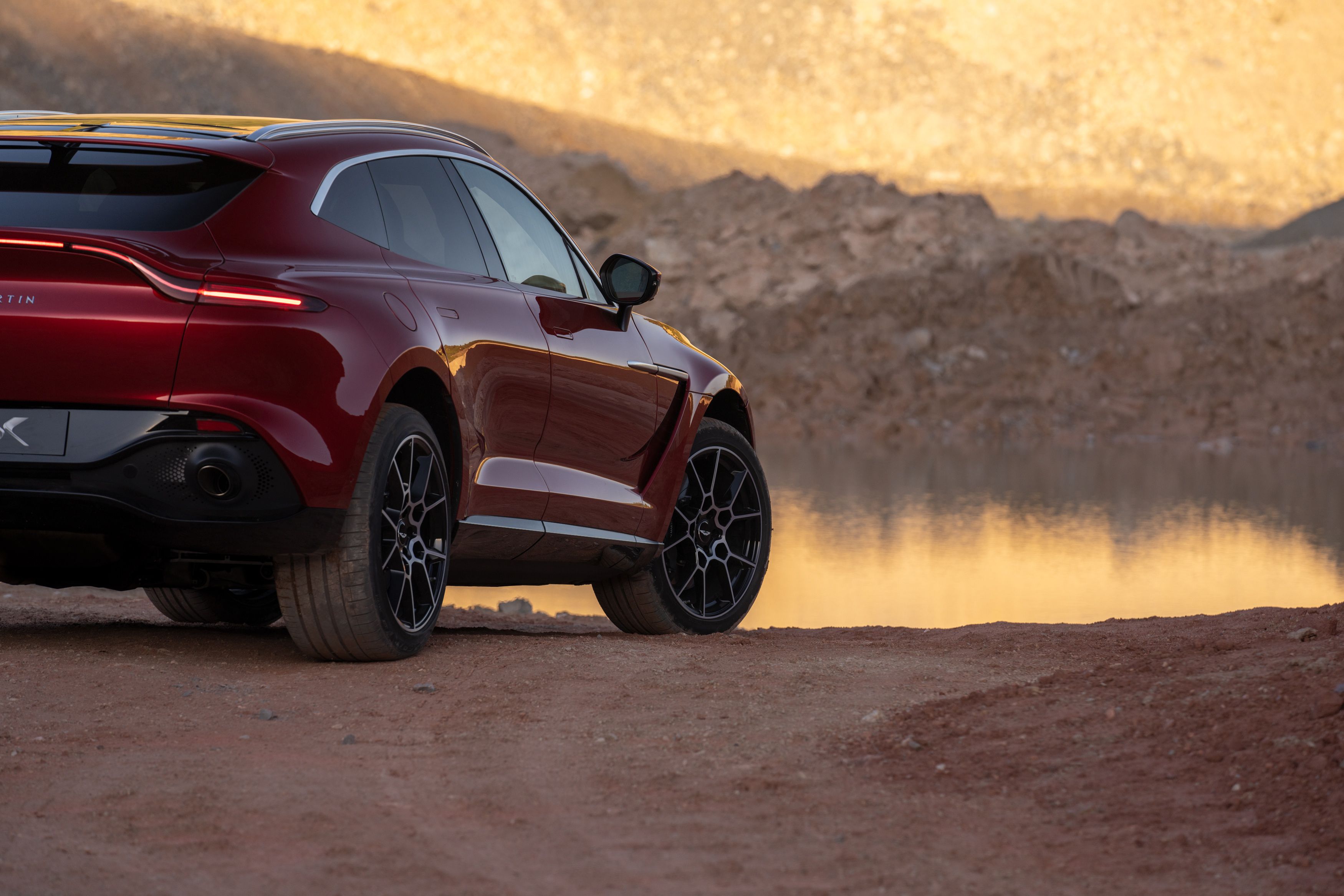
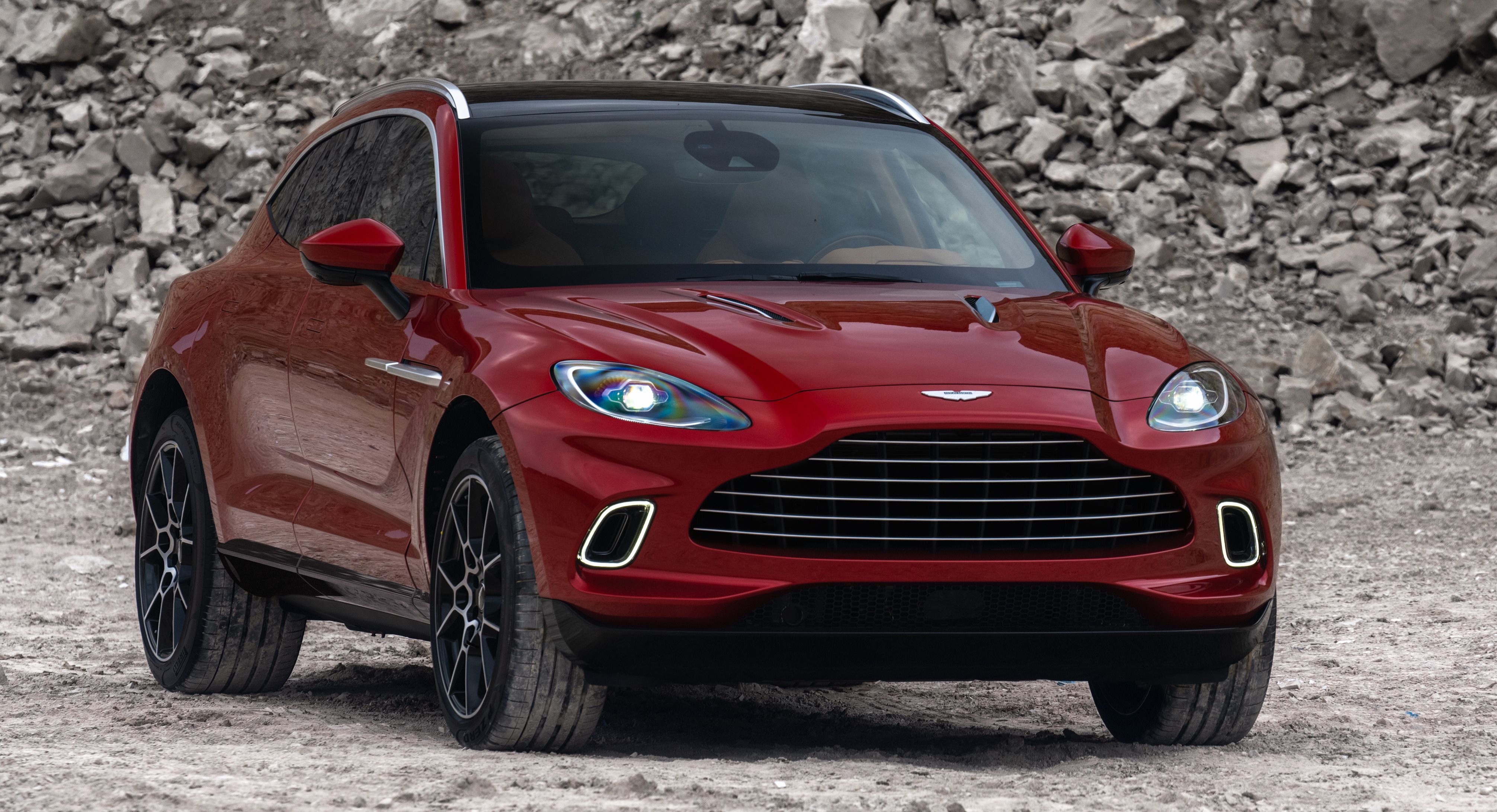
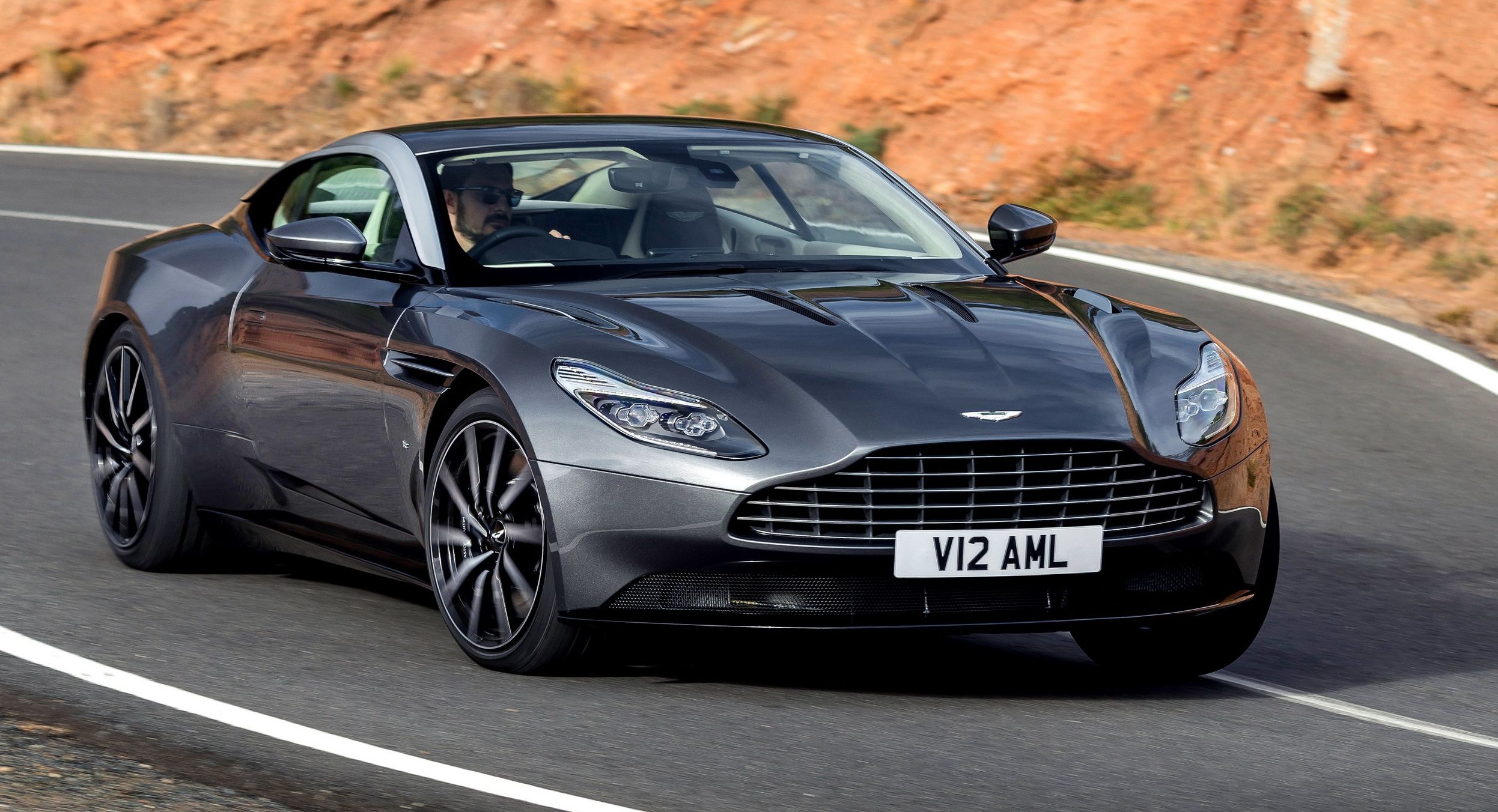
- Make: Array
- Model: 2020 Aston Martin DBX
- Engine/Motor: V8
- Horsepower: 542
- Torque: 516
- [do not use] Vehicle Model: Array
<
Aston Martin DBX Exterior
But lower in the bumper we can notice a feature unique to this vehicle. The daytime running lights act as surrounds for the aero ducts placed at the bottom corners. Although small, these openings are very important for the DBX, as they channel air through the front wheel arches and along the sides. This helps reduce both drag and lift, while also cooling the front brakes. The black element at the bottom isn't as menacing as a splitter, but it creates room for another wide opening, which looks cool. The front hood is impressively muscular for an SUV thanks to its raised center section and the blade-like openings in the center.
|
|
ids=878665,878666 |
no_overlay=false |
before_label=Aston Martin DBX |
after_label=Aston Martin DB11> |
Onto the sides, the DBX is a mix of traditional Aston Martin and modern SUV features. The first thing that catches the eye is the strake on the front fender. Seen on every other Aston Martin available right now, it's a cool feature that reminds us of who's behind this hauler. The side skirts also seem inspired by the DB11, although the beefed-up lower area of the doors is clearly an SUV trait. The beltline is rather high, even for an SUV, and exudes sportiness comparable to Aston Martin's sports cars.
The roof is obviously of the coupe-style variety, as the windows become narrower toward the D-pillars. The B- and C-pillars are black, creating a floating roof effect. Yet the roof retains that classic British elegance thanks to a chrome stripe that travels from the bottom of the A-pillar and around the upper windows to the lower corner of the quarter window. The latter becomes increasingly narrow toward the rear, just like on a full-fledged coupe. As the roof also becomes narrower toward the back, the beltline forms wide and muscular rear fenders. Almost as aggressive as on the DB11 or DBS Superleggera.
The rear end features two very important design cues. First, the tailgate includes a flip-like spoiler inspired by the Vantage. Not only does it make the DBX look unique among other SUVs, it also helps improve aerodynamics. Aston Martin also claims that as air flows over the roof, through the wing at the top, and then over the rear window to the flip, it allows the rear screen to clean itself while the car is moving. Cool!
Second, although the taillights are really thin, like on all modern Aston Martins, they feature a lightbar design that form an arch that follows the shape of the flip. This feature was taken from the Vantage and it looks really cool on the DBX as well. Not to mention that it sets it apart from all the other sporty SUVs out there.
The rear fascia is rather clean below the lights, with bigger than usual "Aston Martin" lettering in the center. The bumper is completely back instead of body color, also an unusual take on an SUV. Just like on a sports car, it incorporates the license plate recess, a carved center section, and big and round exhaust pipes at the corners. There's no diffuser, which is a bit surprising given the sporty nature of the vehicle, but the DBX feels aggressive enough without one anyway.
As far as size goes, the DBX falls in the midsize SUV category, but it's marginally smaller than its rivals. The DBX is 198.4 inches long, 78.7 inches wide, and 66.1 inches tall. The British SUV is four inches shorter, just as wide, and sits 2.5 inches closer to the ground when compared to the Bentley Bentayga. Likewise, it's 2.9 inches shorter, 0.7 inches narrower, and 1.6 inches taller than the Lamborghini Urus. Despite being a tad shorter than both, the DBX has a longer wheelbase at 120.5 inches. That's 2.7 inches more than the Bentayga and 2.3 inches more than the Urus.
Aston Martin DBX Interior
Aston Martin completely redesigned the layout of this element for the DBX. To make room for the big screen in the center, it moved the controls for the ignition and the transmission at the top and relocated the A/C vents at the bottom, above the A/C controls. The vents are thinner than on any other Aston Martin, adding a bit of class to the design. Overall, the unit looks more modern. The display is also larger than in the DB11 and DBS at 10.25 inches. Granted, it's a bit smaller than the luxury industry standard of at least 12 inches, but it gets the job done.
The instrument cluster, on the other hand, measures 12.3 inches and that's on par with the competition. Everything is digital, obviously, with gauges projected on the sides and room for navigation and other info in the center. In front of this big screen there's a new steering wheel. It features a completely round rim, unlike other models with come with a flat bottom, and a nice chrome trim around the center section. The controls on the spokes also feature chrome trim, so everything looks more styling overall. The two-tone design with the black edge and the brown inner rim and spokes helps too.
The dashboard also looks unique compared to other Aston Martins, mainly due to the upper plates on each side of the center stack. The thin, vertical A/C vents on the sides add to the uniqueness as well. Although the dashboard doesn't trickle into the door panels like on most modern vehicles, there is a thin element that runs from the A-pillars into the upper doors. Of course, all these surfaces are covered in leather, which is available in a variety of colors and with contrast stitching.
Speaking of leather, the seats are trimmed in full-grain hide from Bridge of Weird. The same goes for the wide armrests between them. The seats are quite sporty and feature solid bolsters for optimum lateral support. Both the headliner and the electric roof blind are available in soft Alcantara, an industry-first feature. Everything is complemented by trim made of either metal, wood, or glass.
Aston Martin also offers a range of so-called innovative materials, including an industry-first application of a fabric made from 80 percent wool. The British firm also mentions a new flax composite derived from the same plant as fine linen as an alternative for carbon-fiber, but it doesn't provide additional details.
Another interesting design feature is the center console that offers flexible storage below and a nicely sculpted, almost architectural upper section. Part of the ‘Q by Aston Martin’ options list, the console can be machined from a solid piece of wood.
Aston Martin didn't have much to say about the technology available in the DBX outside the fact that it comes with Apple CarPlay and a 360-degree camera as standard.
When it comes to passenger space, Aston Martin claims that the DBX offers class-leading headroom and legroom. Sadly, there are no specs to run by, so we can't compare it to luxury SUVs like the Bentley Bentayga and the Lamborghini Urus. It would be interesting to see how much headroom the DBX offers for rear-seat passengers since the roof is much sleeker than the Bentayga, which also comes with a seven-seat variant.
At 22.3 cubic feet, the DBX offers a bit more luggage room than the Bentley Bentayga
Moving over to luggage room, the DBX comes with 22.3 cubic feet of space behind the second-row seats. No word on luggage room behind the first row, but the DBX features a 40:20:40 split-folding bench so expect that to grow beyond 50 cubic feet.
At 22.3 cubic feet, the DBX offers a bit more room than the Bentley Bentayga. The Bentayga is rated at 15.2 cubic feet with the load cover in place, but once you retract it, trunk capacity grows to 20.3 liters. So you get an extra two cubic feet in the DBX. Compared to the Urus, the DBX is only marginally roomier. Specifically, the Lambo features a 21.7-cubic-foot trunk, so the DBX wins by only 0.6 cubic feet.
The DBX's trunk is suitable for a wide variety of luggage thanks to its narrow load sill and broad opening. You can fit suitcases, just like in a normal car, but you can also carry golf bags and ski equipment. Opt for the Pet package and Bentley will add a portable washer to help attend to the needs of a muddy dog after a walk, while the Snow package will add boot warmers.
Aston Martin DBX Drivetrain
Under that muscular hood lunks a twin-turbo, 4.0-liter V-8 engine. Shared with the DB11 and the Vantage, this engine is borrowed from Mercedes-AMG following a collaboration that the two companies signed a few years ago. Naturally, the engine in the DBX features some modifications compared to the DB11 and DBS Superleggera, so specs are a bit different. This V-8 cranks out 542 horsepower and 516 pound-feet of torque and it's the most powerful iteration of the mill and the most powerful Aston Martin with a V-8.
Compared to the DB11 V8, the DBX generates an extra 39 horsepower and an additional 18 pound-feet of torque. Compared to the Vantage, it cranks out just as much additional oomph, but only an extra 11 pound-feet of twist.
But how does it compare to the competition? Unlike the DBX, the Bentley Bentayga is available with no fewer than four different drivetrain configurations. Luckily, one of them is a V-8, so we can do a proper head-to-head comparison. The British SUV also features a twin-turbo, 4.0-liter V-8, an engine it shares with other vehicles under the Volkswagen Group umbrella. The V-8 cranks out 542 horsepower, identical to the DBX's engine, and 568 pound-feet of torque. That's an extra 52 pound-feet over the DBX.
The Lambo Urus also features a 4.0-liter V-8. And it's actually the same engine in the Bentayga, but with heavy upgrades crafted by Lamborghini. As a result, it's also much more powerful. The twin-turbo squeezes a whopping 641 horsepower and 627 pound-feet. That's an amazing 99 horses and 111 pound-feet more than the DBX. Needless to say, the Aston Marin is no match for this Lambo on stilts.
As far as top speed goes, the DBX hits 181 mph. That's one mph more than the Bentayga and nine mph less than the Urus. Again, while it's not the fastest SUV in its category, it's might impressive given that the standard for premium SUVs is 155 mph.
While power and quick, the DBX also features cylinder deactivation to improve fuel economy. The system deactivates four of the eight cylinders and full power isn't needed, allowing the engine to gulp less gasoline.
The V-8 engine mates to a nine-speed automatic, Bentley's transmission of choice for all its models as of 2020. It also mates to an all-wheel-drive system with active differentials, an active central differential, and an electronic rear limited-slip differential. All these systems allow the torque to be transferred more precisely between the axles as well as between the rear wheels. This means that the DBX is quite agile at high speeds on the track. It should also be capable off the beaten path.
Chassis and suspension
The DBX rides on what Aston Martin calls an "adaptive triple volume air suspension." This supposedly comfortable suspension is combined with a 48-volt anti-roll control system and electronic adaptive dampers. Of course, the DBX's suspension will switch to a sporty setup when needed. If you're driving on bumpy roads, the suspension will increase the ride by 45 mm (1.8 inches). Hit the track in the DBX and it will go lower by 50 mm (two inches). Overall, these dampers can raise and lower the height by a solid 95 mm (3.7 inches), which makes the DBX suitable for almost all sorts of terrain. The adaptive triple chamber air springs also enable variable spring stiffness, ranging from luxurious comfort to dynamic prowess. The electronic anti-roll control system can limit DBX’s body roll to the point where the DBX handles like a sports car, according to Aston Martin.
Aston Martin DBX Pricing
Somewhat surprisingly, the DBX is one of the most affordable Aston Martins you can buy. It's cheaper than the DB11, priced from $201,495 and the DBS Superleggera, which retails from $304,000, so it only costs more than the Vantage ($149,995).
On the other hand, the DBX costs more than the Bentley Bentayga equipped with he V-8 engine. While the W-12 variant comes in at $229,100, the entry-level Bentayga V-8 fetches $165,000 before options. That's almost $35,000 more affordable than the DBX. The Urus, on the other hand, starts from $200,000, only an extra $10K over the Aston Martin.
DBX deliveries are scheduled to begin in the second quarter of 2020.
Aston Martin DBX Competition
Bentley Bentayga
When Bentley announced it was making an SUV, many people scoffed and began saying bad things about it. But now that it’s debuted and been driven around, there is actually a lot to like about it - the main thing is just how comfortable it is, a trait which cannot be matched by any current rival, except for the Rolls Royce Cullinan, which is even more expensive. The Bentayga offers similar performance in V-8 trim, as the 4.0-liter cranks out 542 horsepower and 568 pound-feet of torque. It's a tad quicker to 62 mph, hitting the benchmark in 4.4 seconds, and tops out at 180 mph. But you can also have the Bentayga with a more powerful 6.0-liter W-12 engine, a hybrid drivetrain, and even a diesel option. Pricing starts from $165,000, but the W-12 model will set you back at least $229,000.
Read our full story on the 2019 Bentley Bentayga
Lamborghini Urus
Lamborghini has not broken with tradition in creating its Urus SUV, which is actually the company’s second production SUV after the LM002 that was built between 1986 and 1993. The Urus uses similar underpinnings to the Bentley Bentayga, but it is sportier, faster, and more exclusive. It also looks surprisingly good in person, and for people who prefer SUVs over lower body styles, its appeal is hard to resist. It’s also got a great, high-quality interior with an Audi feeling of quality, but Lambo design touches which help it retain its individuality. Its performance is unmatched in the segment, thanks to its 4.0-liter V-8 engine that pumps out 641 horsepower and 627 pound-feet of torque. The sprint from zero to 62 mph takes 3.6 seconds, and its top speed is 190 mph. The Urus is the slightly more expensive option here, coming in at $200,000 before options.
Read our full review of the 2019 Lamborghini Urus
Conclusion
The DBX is exactly what I expected it to be when Aston Martin announced plans to build an SUV. It's a Vantage on stilts, with four doors, and a longer roof. And that's a good thing. No matter how much you hate SUVs, you can't deny that the DBX is a good looking hauler. It definitely looks better than the boxier Bentayga and I'd go as far as to say that it trumps the Urus in the design department as well. And yes, I know that the duck tail spoiler at the back will split opinions, but I actually love it. It's about time that this design feature, made famous by the Pontiac GTO back in the day, found its way on an SUV.
The interior is a big step up from existing Aston Martin models in terms of design and luxury features. It has a bigger infotainment display that's seamlessly integrated into the center stack and it can be ordered with a range of exclusive materials. Performance is also solid thanks to the twin-turbo V-8 engine. Sure, we can argue that the DBX is less powerful than the Urus and slower than both the Urus and the Bentayga, but it's not like these SUVs will be competing on drag strips.
Pricing is somewhat of an issue though. The DBX is actually notably more expensive than the Bentayga, which may be a big deal given that the latter is a bit quicker and packs more torque. Also, the Urus is only $10,000 more expensive than the DBX, a really small sacrifice for a very exclusive SUV with a Lamborghini badge.
But overall, the DBX is a cool SUV and it might just be the vehicle that turns Aston Martin to profitability and enables the company to build impressive sports cars and grand tourers in the future.
Spy Shots
September 26, 2019 – Aston Martin DBX Transforming Into a Production Model
It’s not hard to notice all of the new body panels and design cues afforded to us in these new spy shots. The front fascia is what we believe to be production-ready. Aston Martin still has to work on fit and finish, though, as if you look at the gap between the front fenders and the fascia, there’s enough space to park a smart car and then some. The corner vents are now more defined as is the hood. Around back, the rear fascia has taken an official shape as well, with the exhaust outlets sticking out of the official production insert. The rear fascia also features the official design cues.
More important than the DBX’s design cues is what it’s packing under its sporty yet menacing hood. That, my friends, is a 4.0-liter, twin-turbo V-8 that will deliver as much as 550 horsepower and 516 pound-feet of torque – and that has been officially concerned. According to Aston Martin, the DBX will be able to match the Vantage in terms of cornering speeds, and it will supposedly brake better than the DBS Superleggera. A hybrid model for the future could offer up even more power and better performance, albeit in a slightly heavier package with a battery in tow.
June 10, 2019 - Aston Martin DBX doing more testing prior to its debut
April 11, 2019 – Aston Martin DBX Working Over the Nurburgring
Aston Martin, obviously, has its camo game down, so we can’t really see much of anything new since the official shots from AM came down the line. It does appear, however, as if Aston has opened up the corner vents on the front fascia. But, that’s literally the only thing we can see that has actually changed. This prototype is still rocking the faux taillights and the unfinished exhaust outlets. The fact that the corner vents have opened up could mean the Aston has moved into the aero-tuning phase, or it could mean that Aston Martin is planning a higher-end model that will offer a little more performance.
Be that as it may, there’s something else that I need to point out here. The picture of the interior that you see above represents the first look that we’ve gotten of the DBX’s interior. And, it leaves a lot to be desired. The cabin is clearly nowhere near being finished. Diagnostic tablets can be seen ahead of the steering wheel and on the center stack while the dash still has the built-in keyboard and mouse for software adjustments on-the-fly, so to speak. With that in mind, the entire design of the dash will be completely different by the time the DBX goes into production. The big tablet in front of the driver could indicate that the DBX will feature a HUGE instrument cluster, but it’s more than likely that this dash is designed to facilitate the tablet and lends no real evidence as to what the dash will really look like.
Update History
Update 06/10/2019: The Aston Martin DBX was caught testing yet again. We've added the latest spy shots to the spy shots section below.
Update 4/11/2019:The Aston Martin DBX was caught testing on the Nurburgring, giving us our first look at it since Aston Martin released its own official “spy shots.” Check them out, along with anything we’ve learned in the Spy Shots section below.

